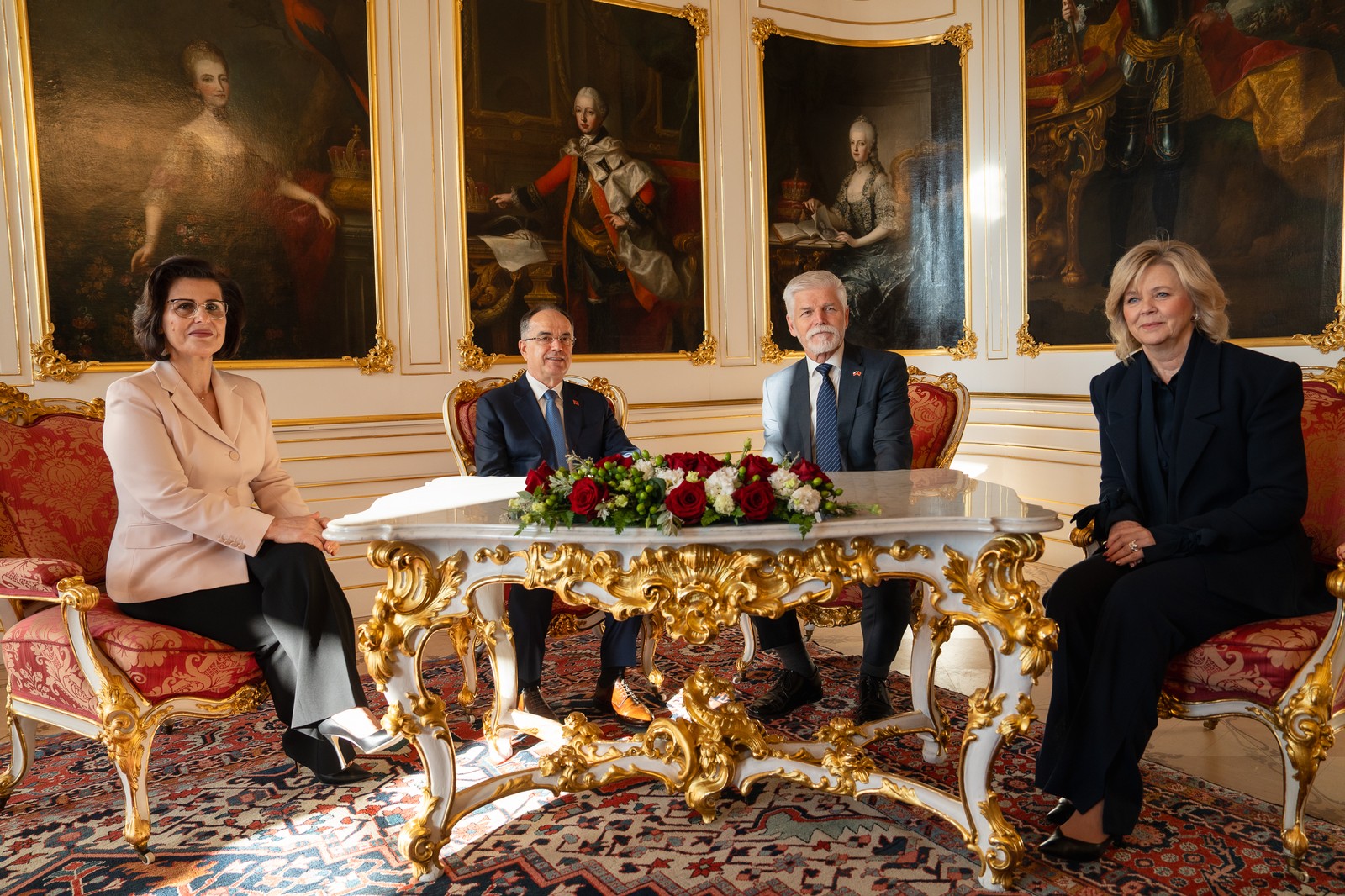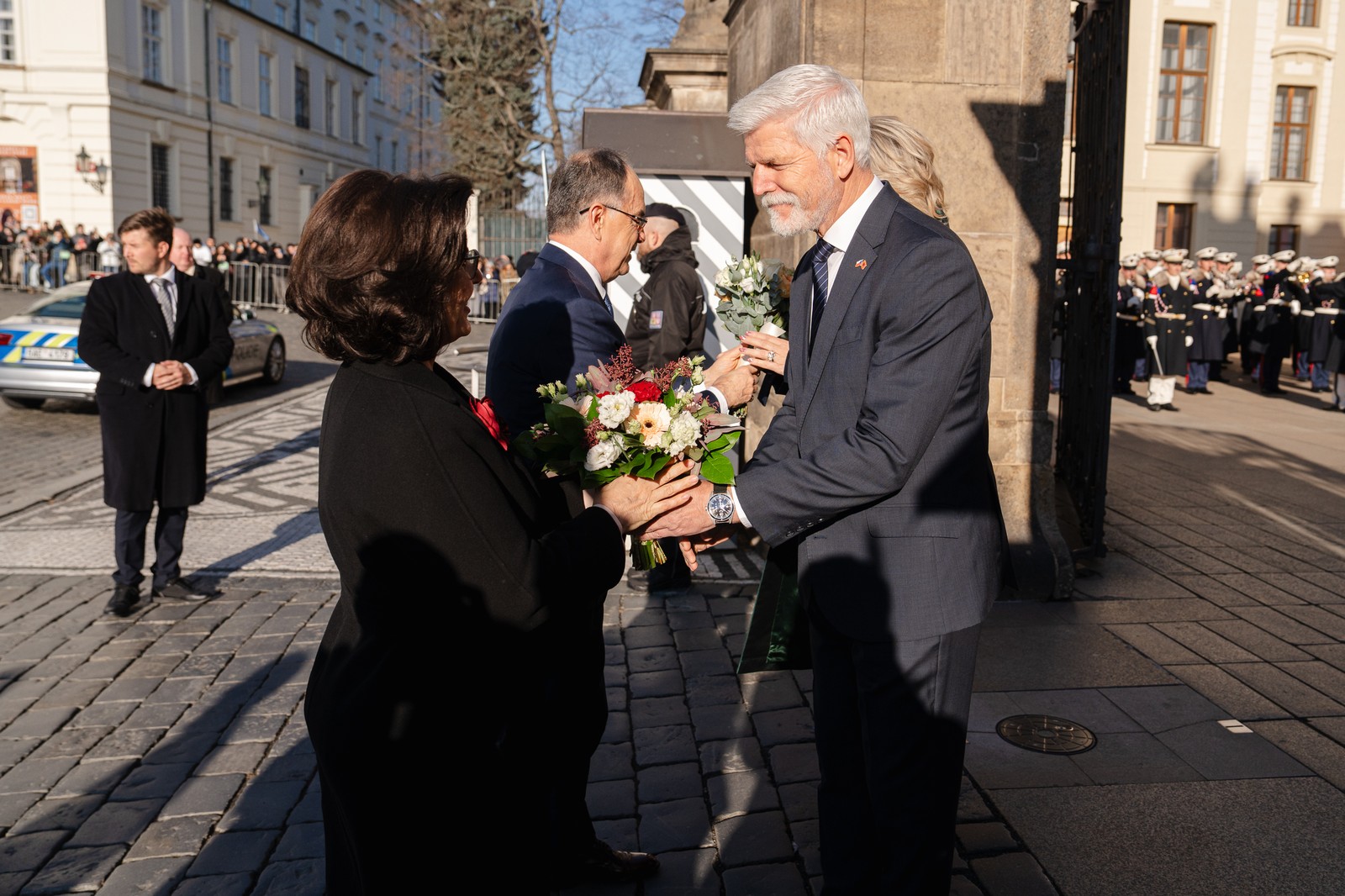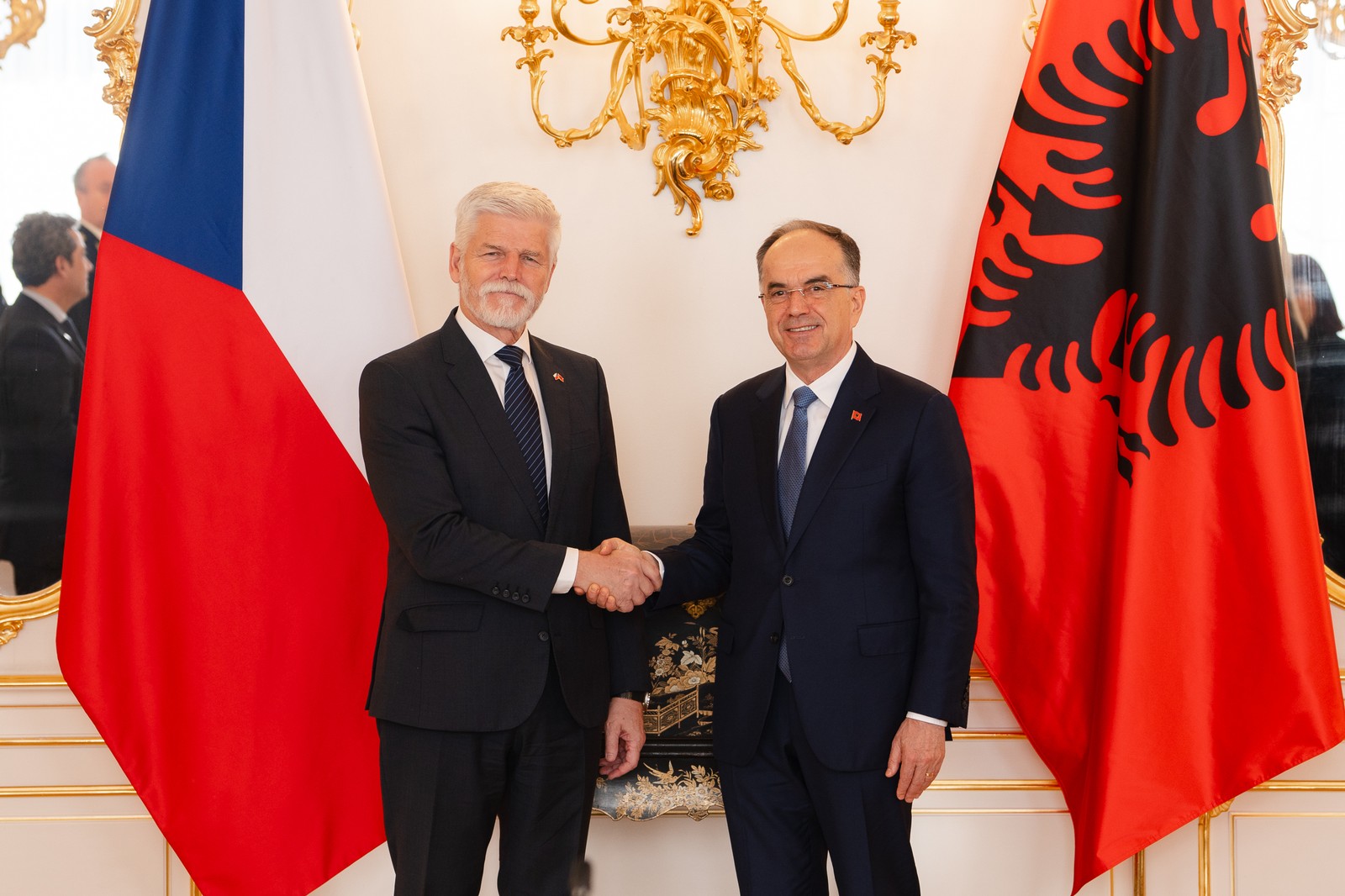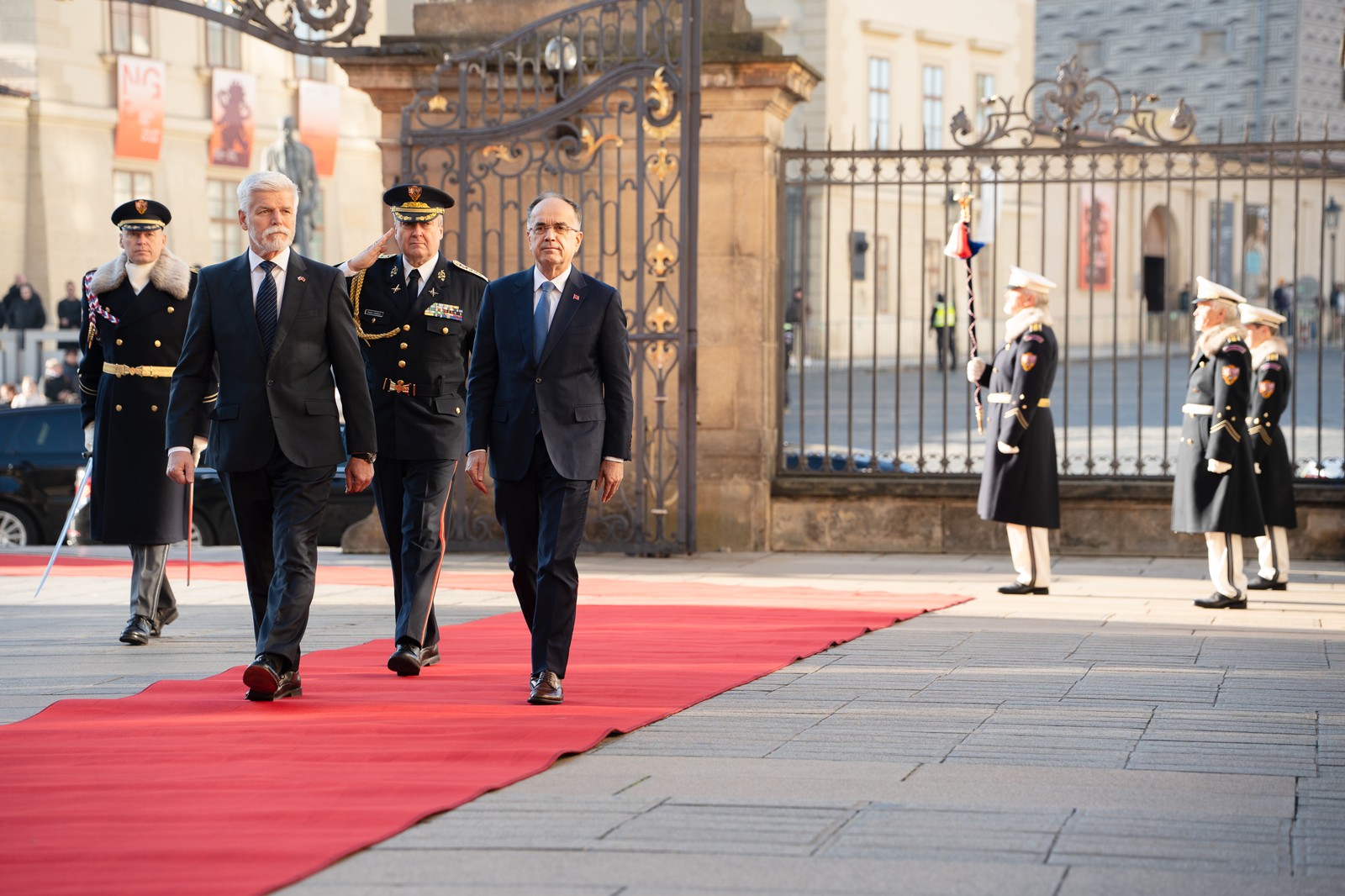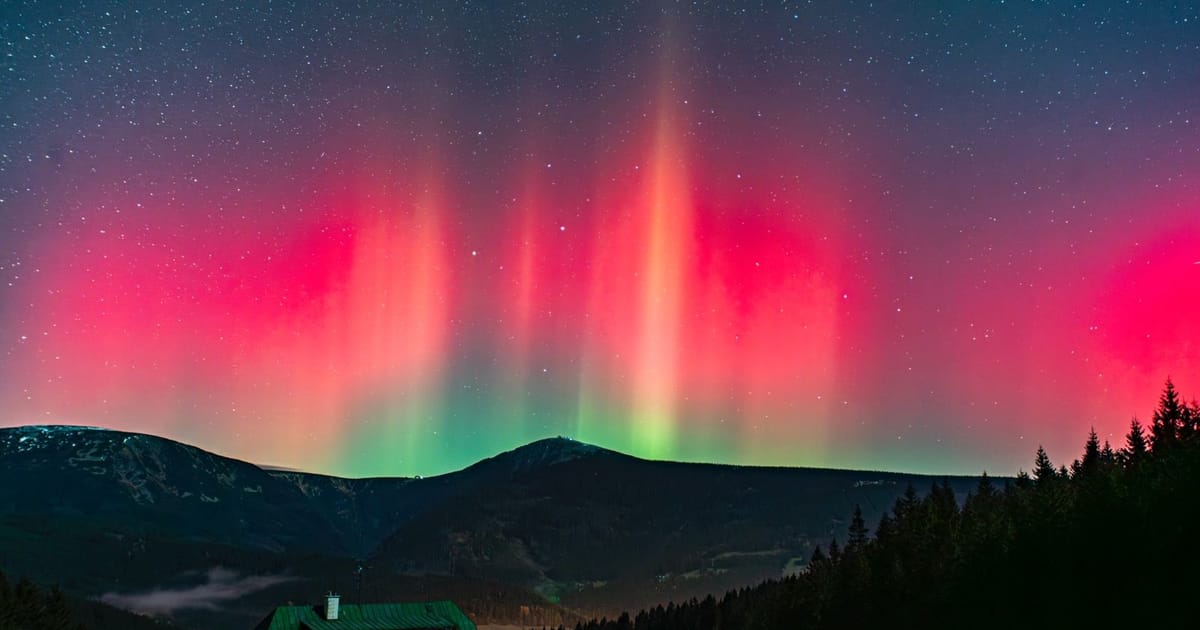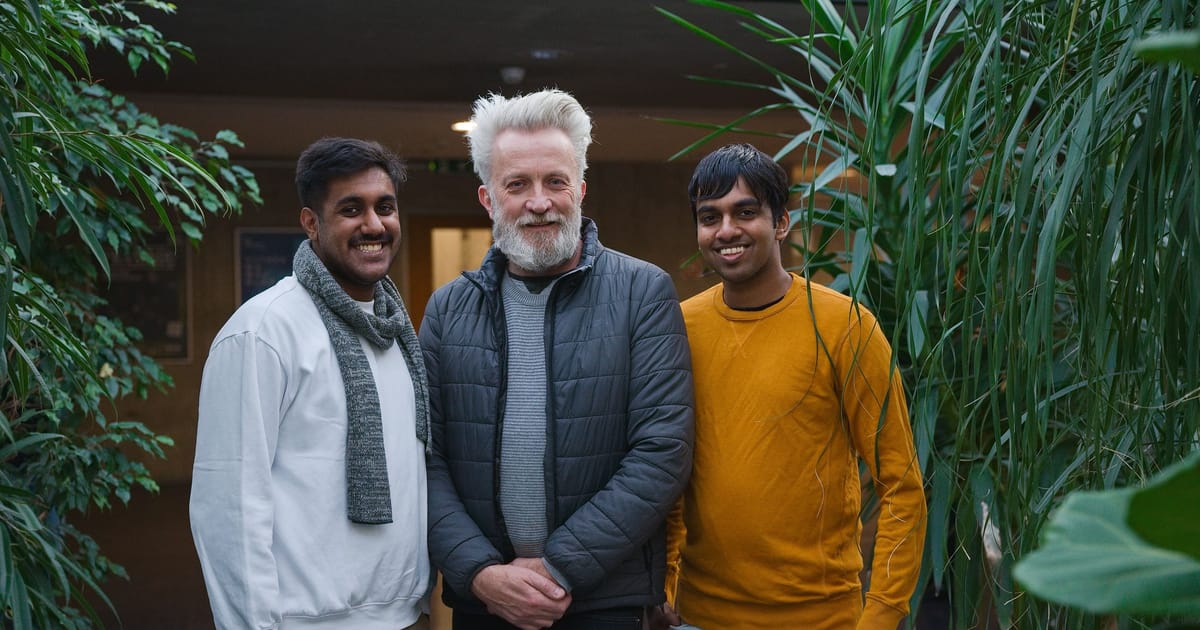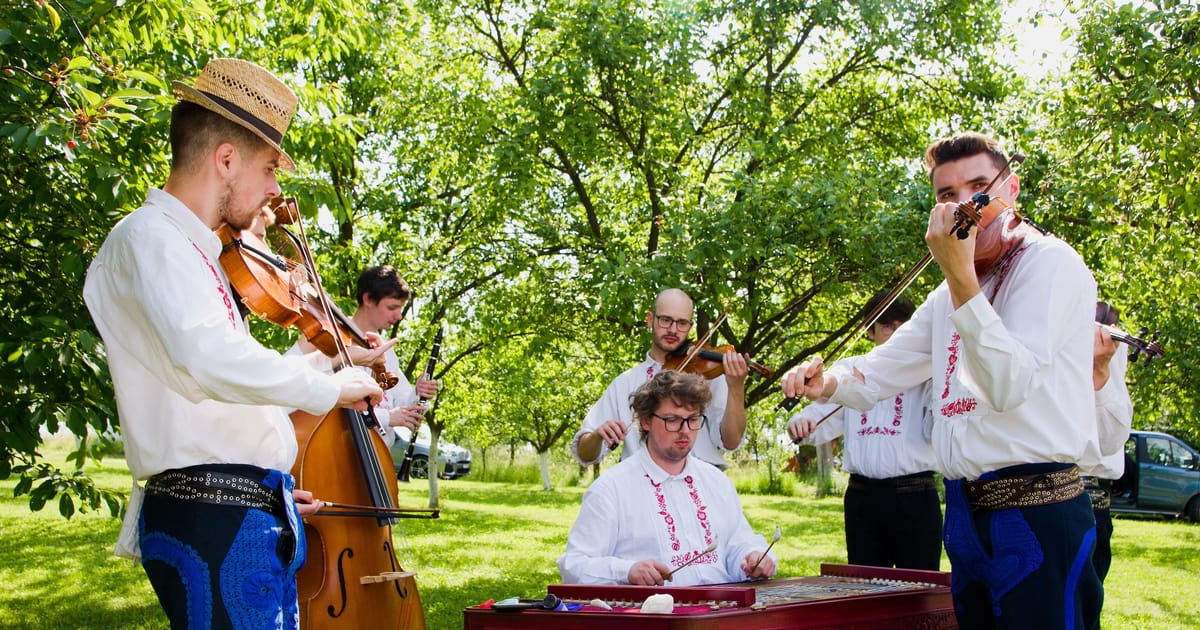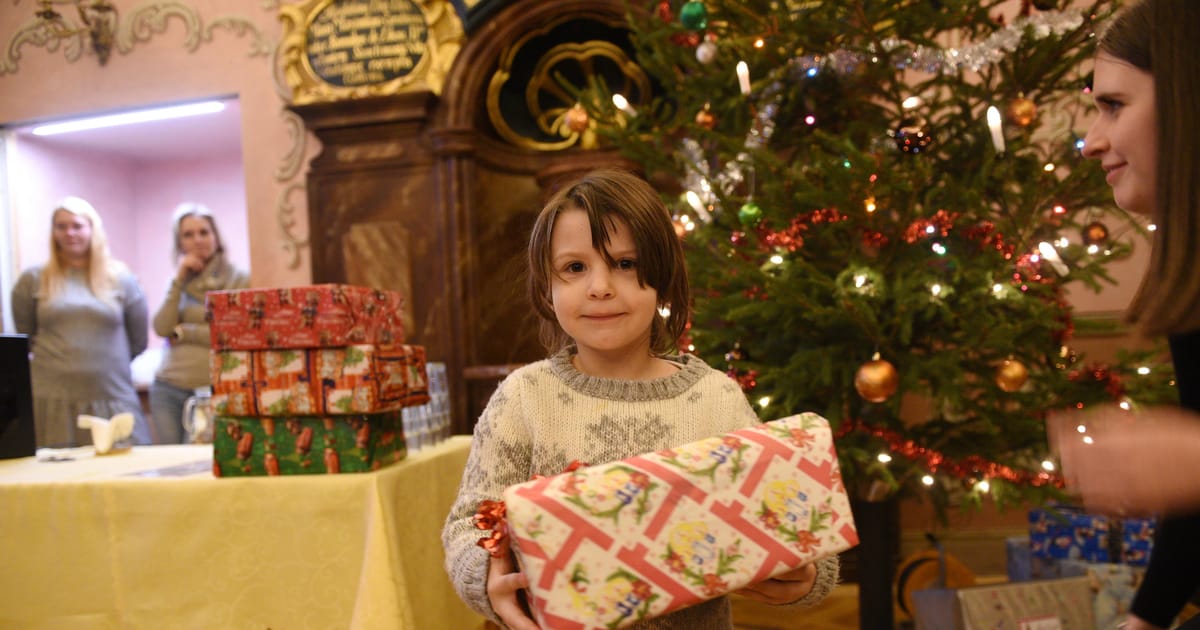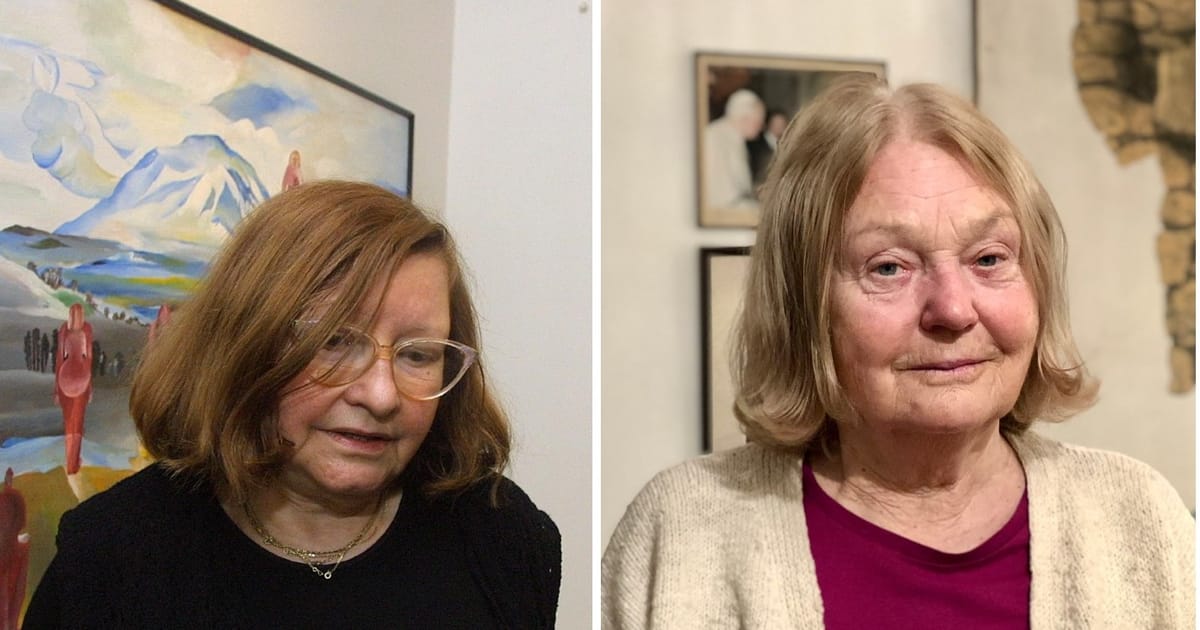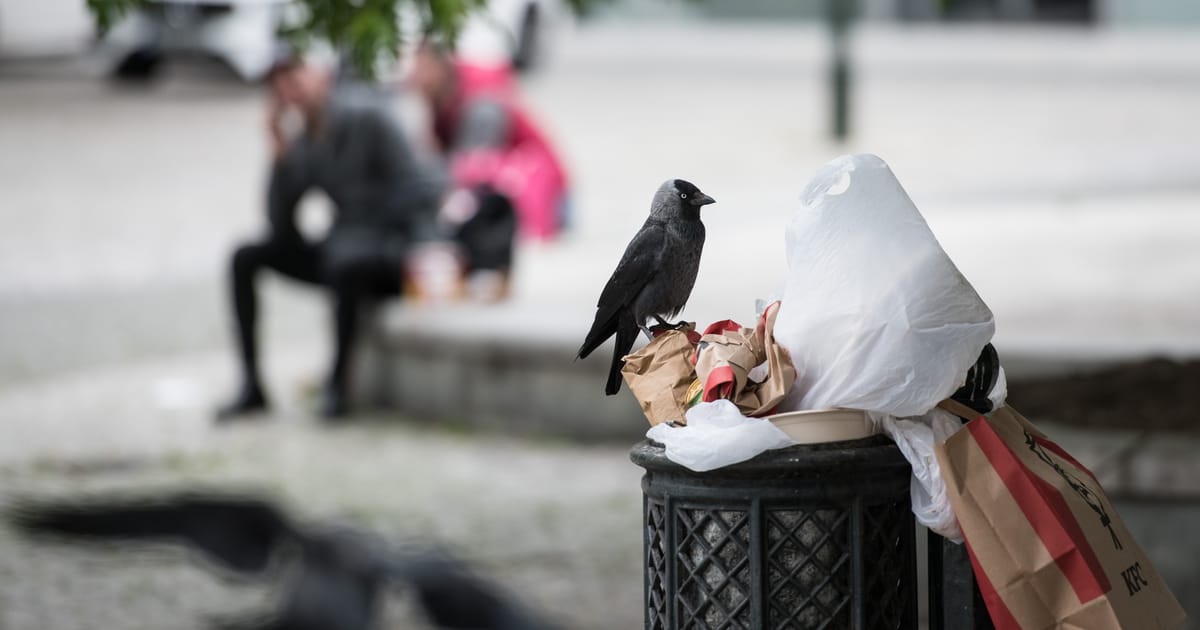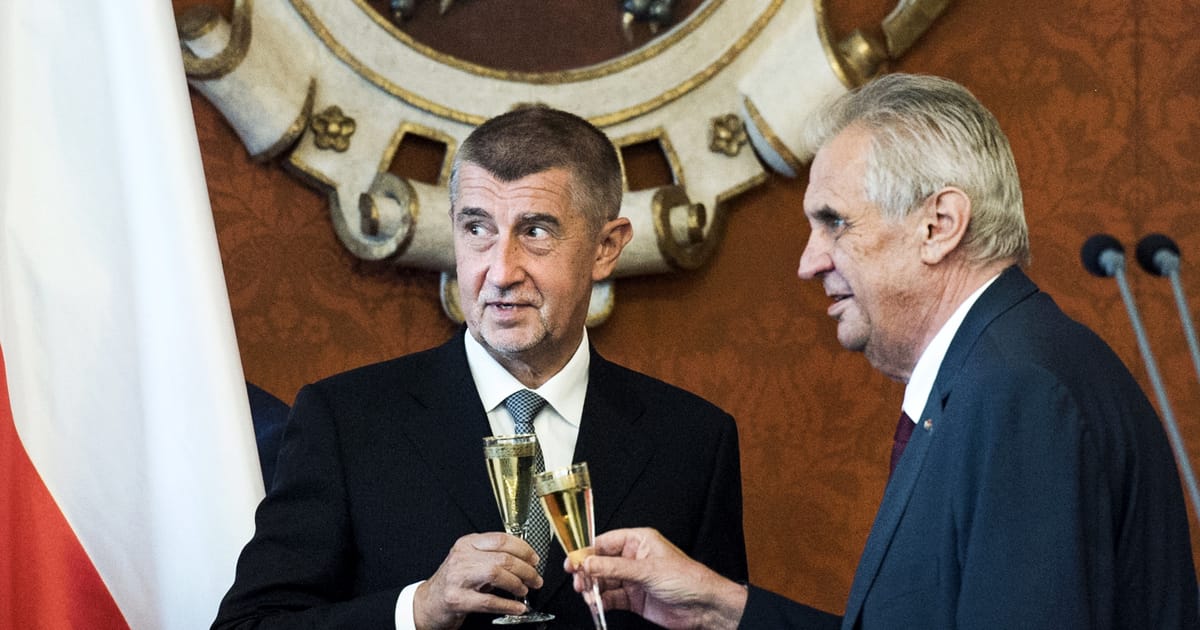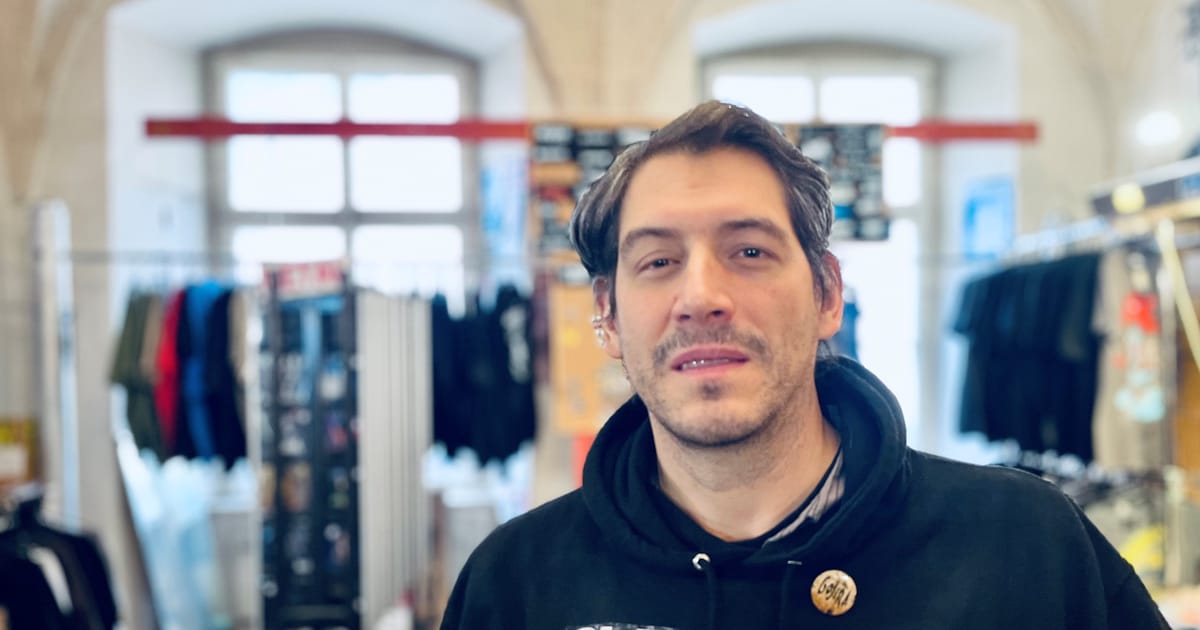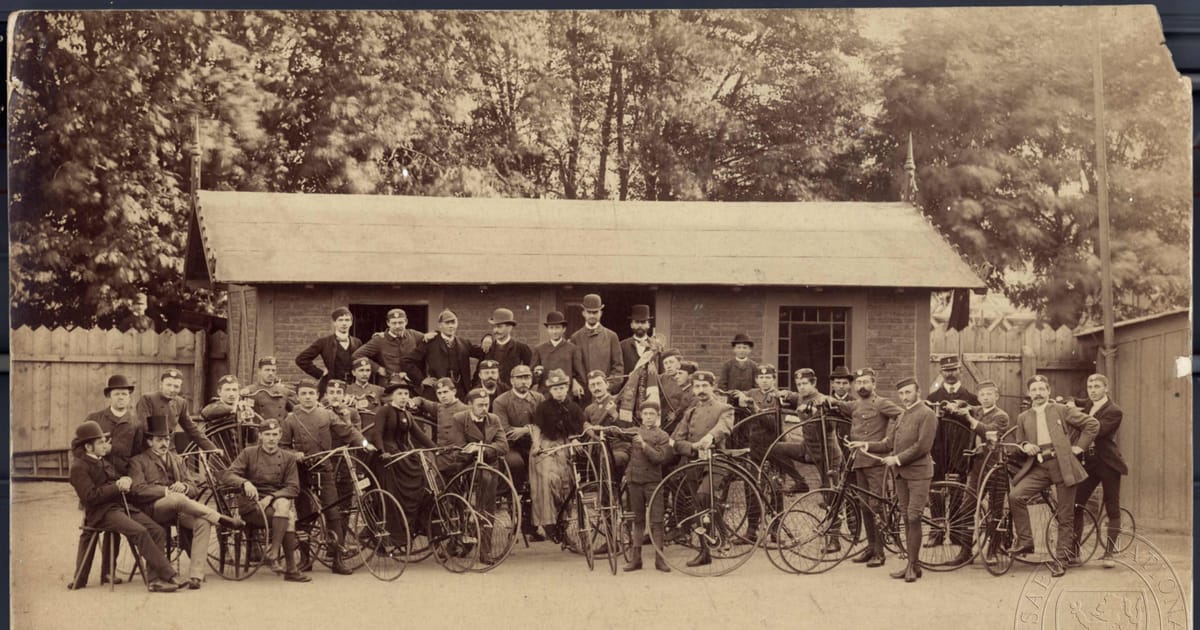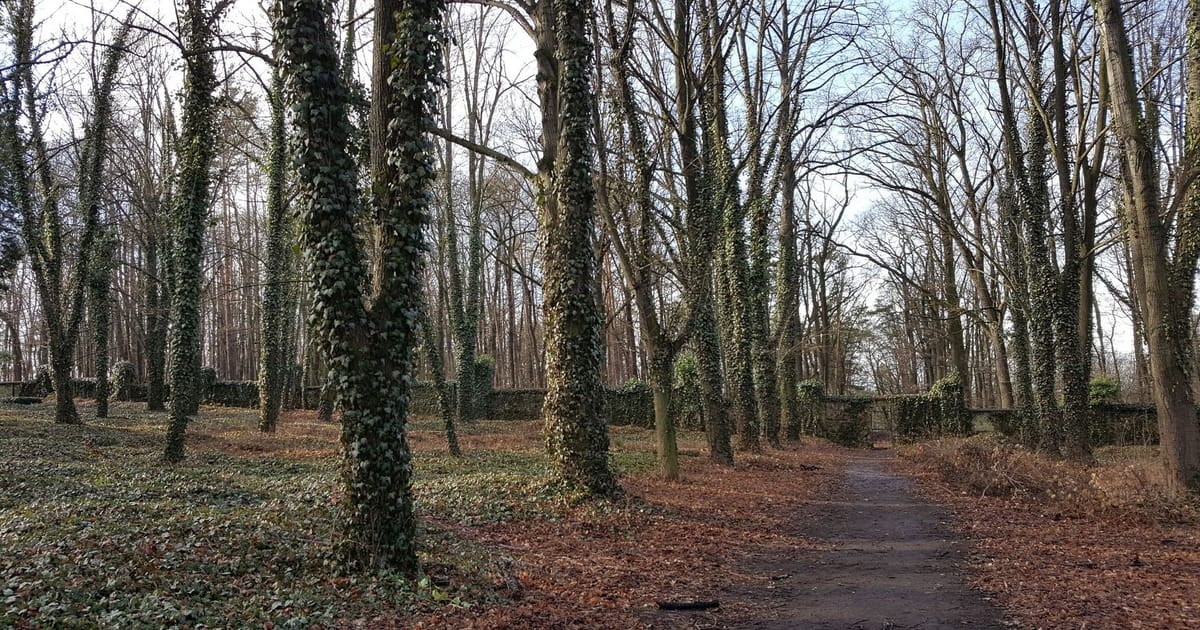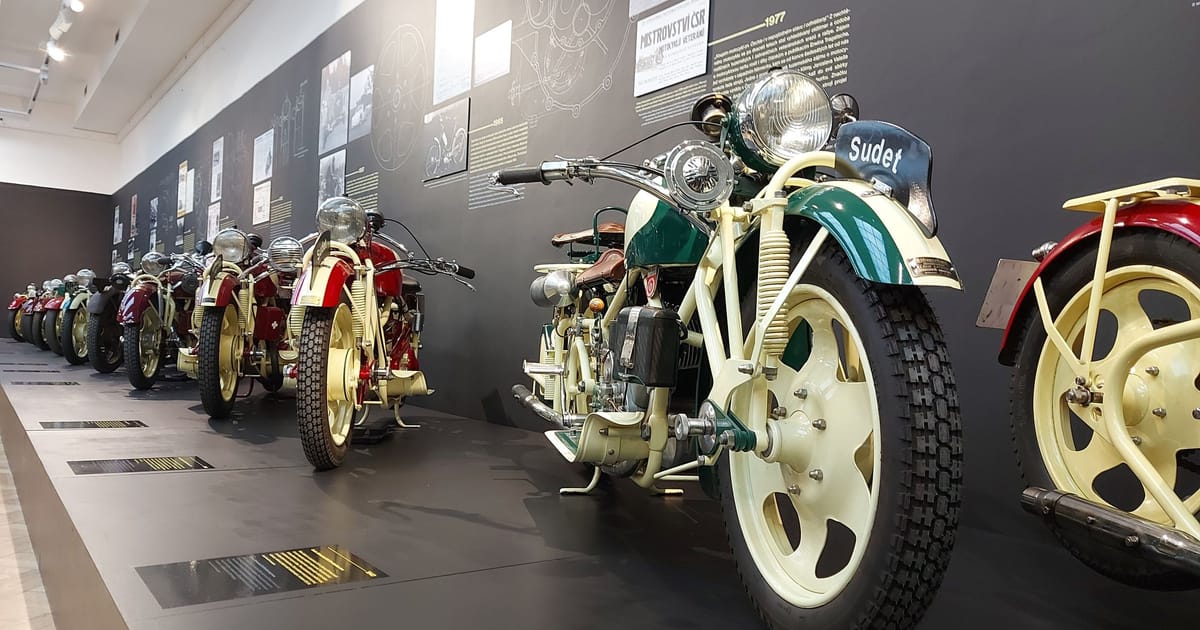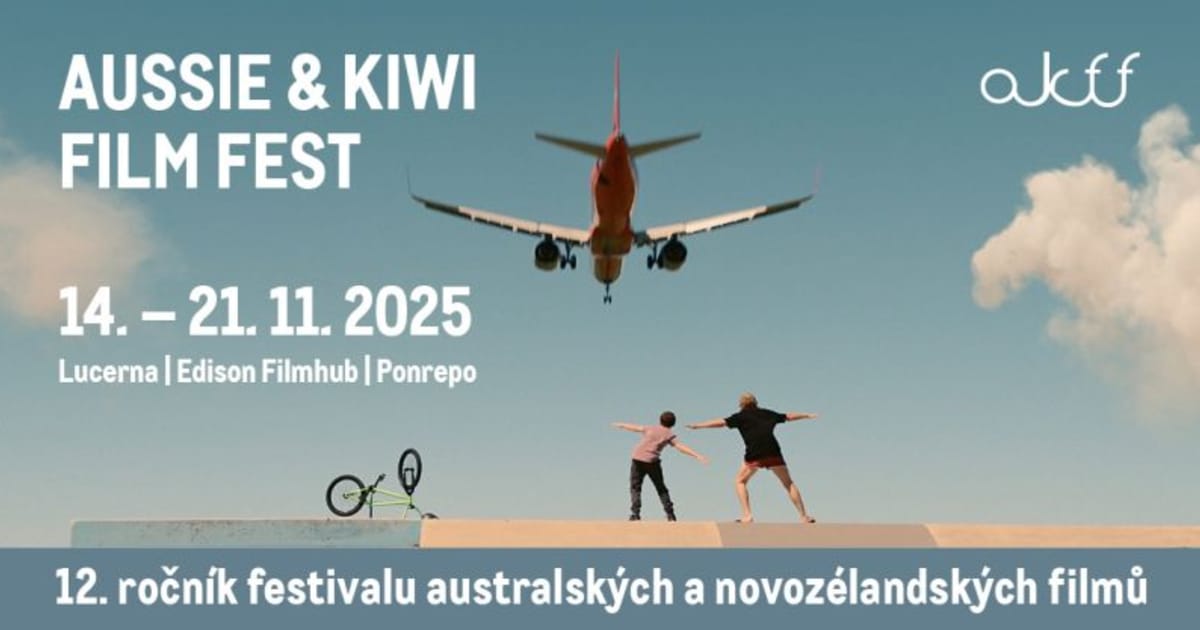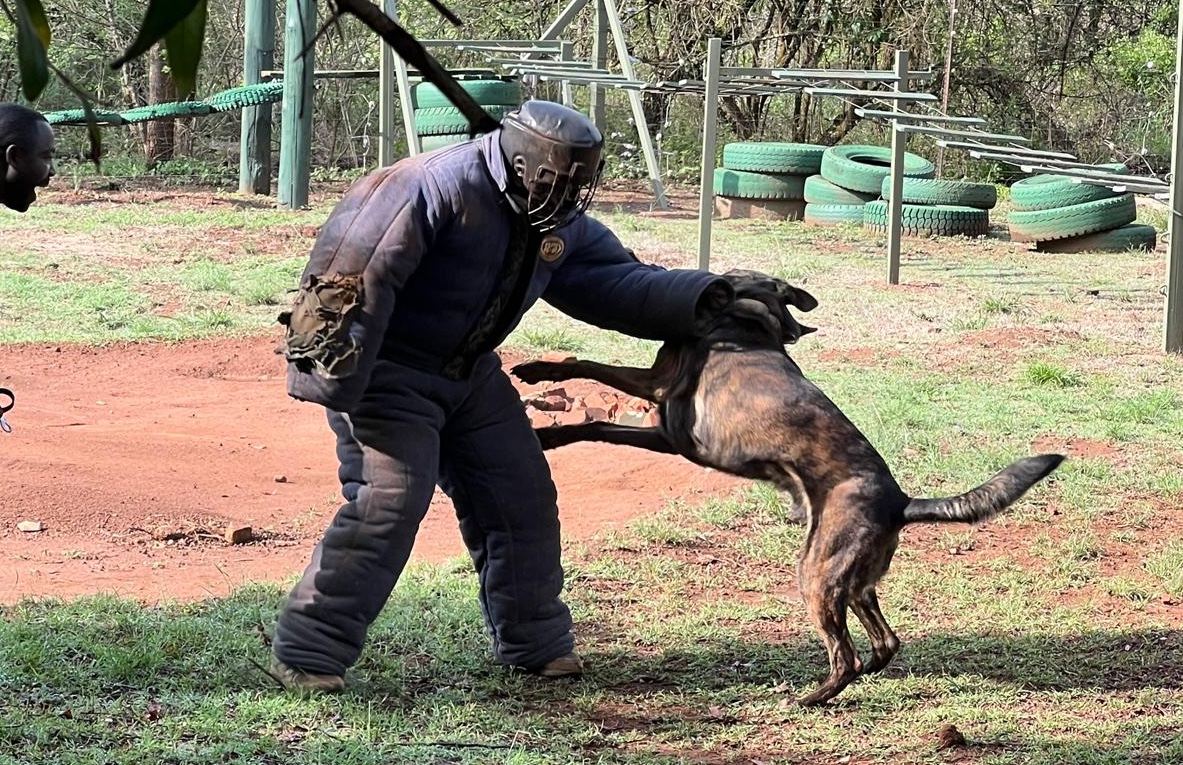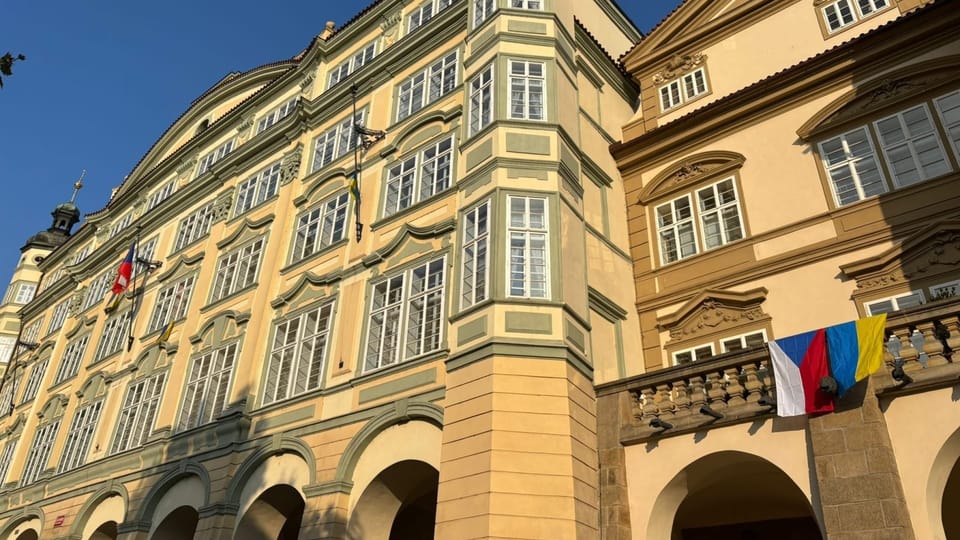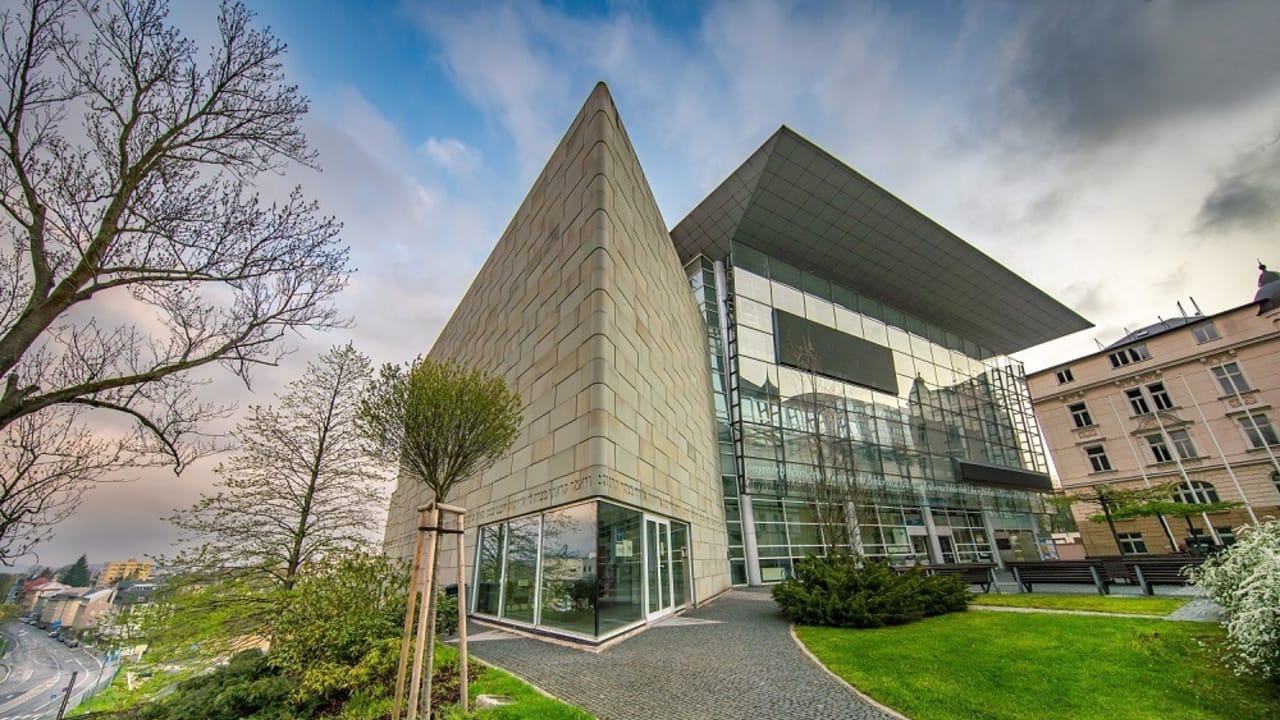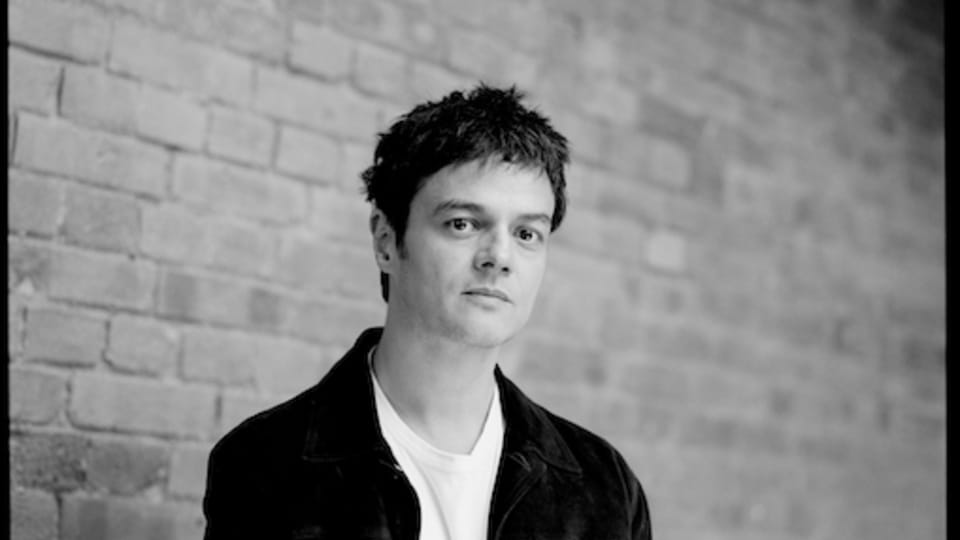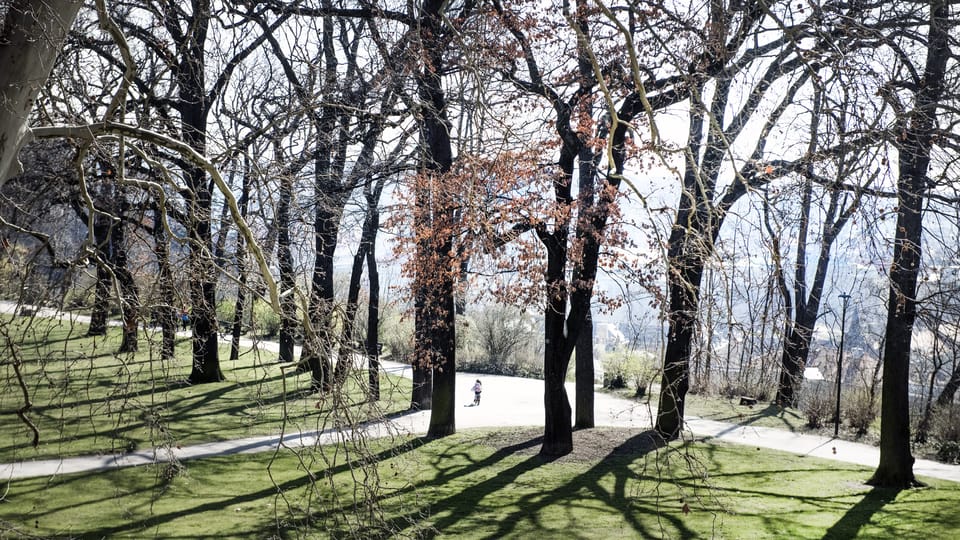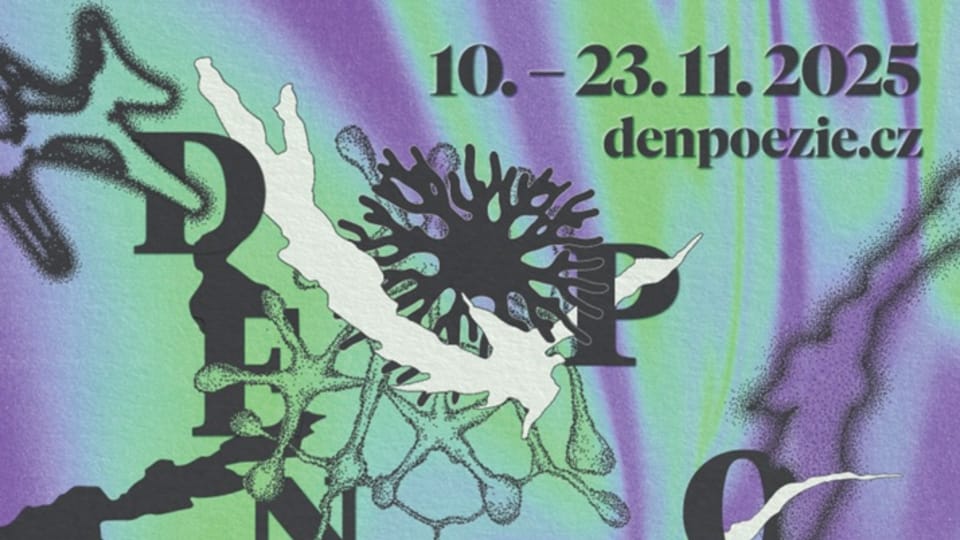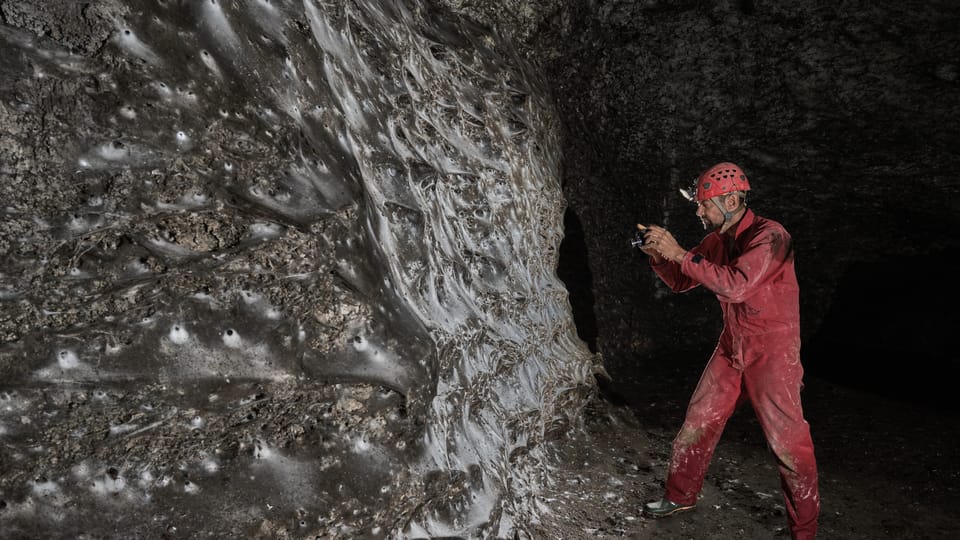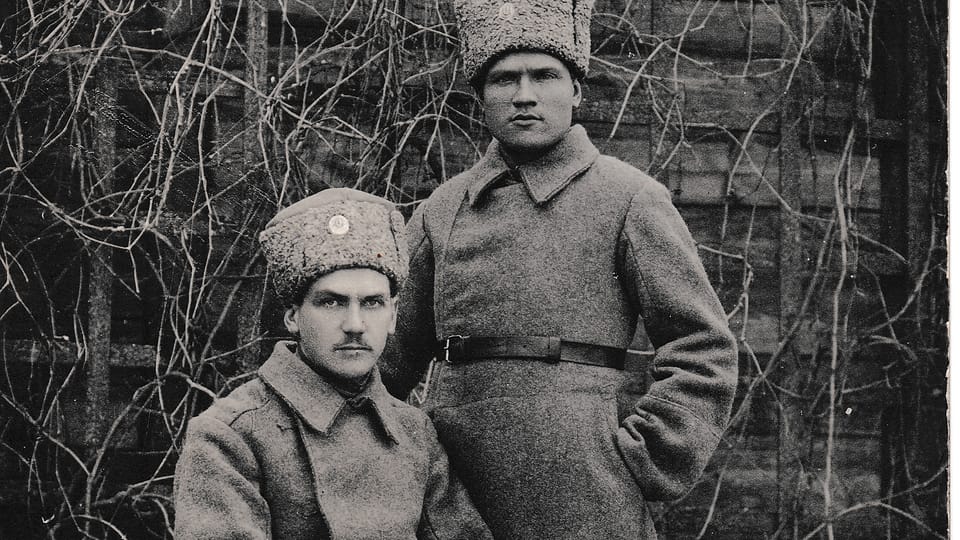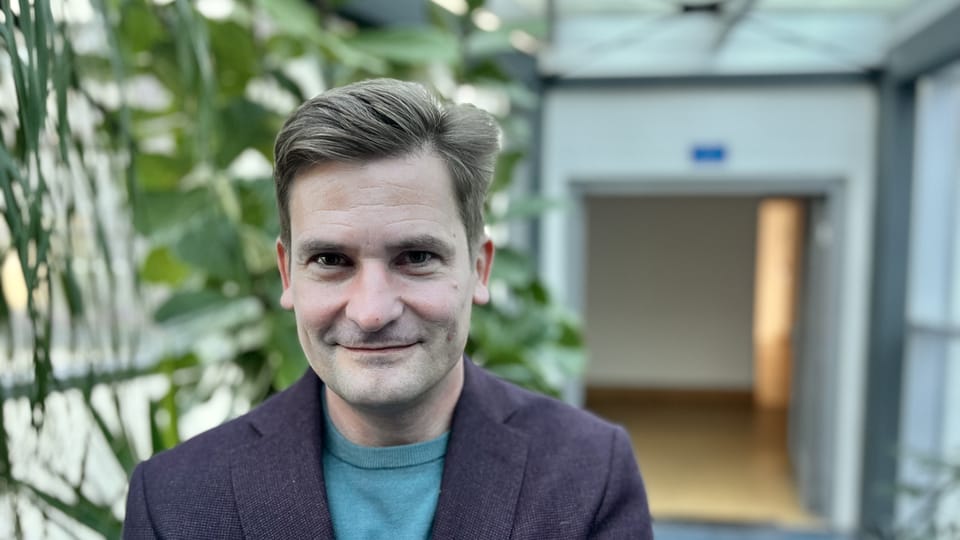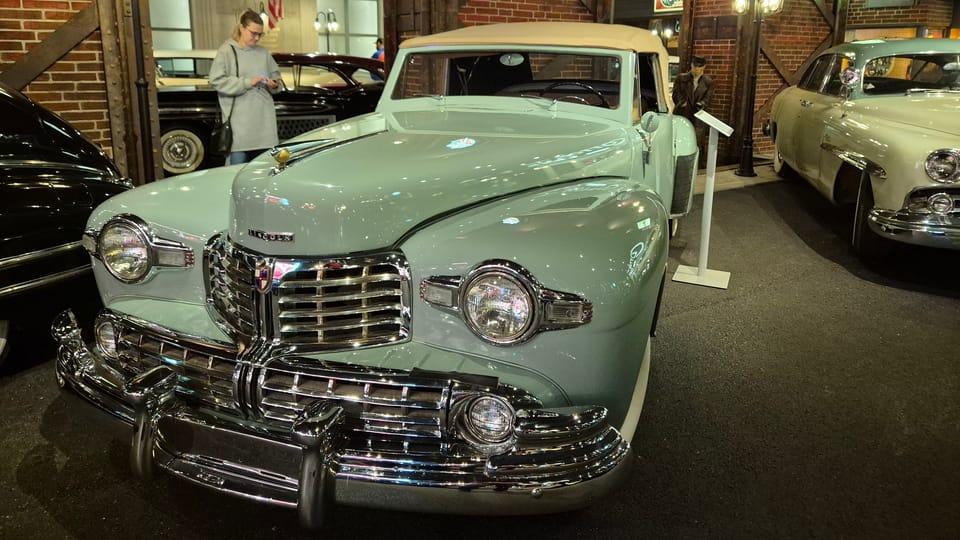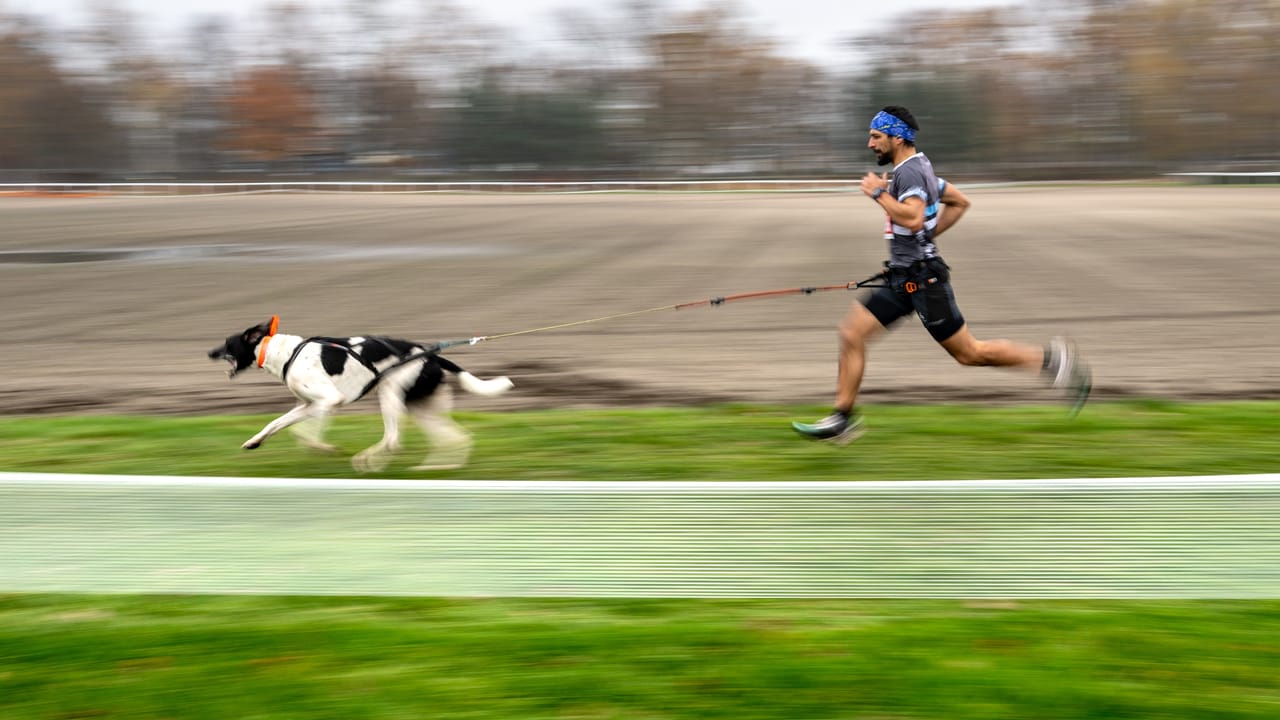
Excellent news reached us from Riyadh on Friday, November 28, 2025: the winner of the Best Cookbook award at the Gourmand Awards International, during the Saudi Feast food festival, was announced. It was the Indonesian cookbook “Indonesia at Home” by Eka Moncarre, founder of La Maison de l’Indonésie in Paris. It is with great pride that La Maison de l’Indonésie Paris announces that this book, published in 2025, has not only won the award for best cookbook, but also two other awards:
- Best Asian Cookbook (ahead of Japan, Malaysia, Korea, and Vietnam) and
- Best Bilingual Cookbook (second edition in English and French) (ahead of Bulgaria, Guatemala, Jordan, the United States, and Uzbekistan).
Created by Eka Moncarre, founder of La Maison de l’Indonésie, the cultural, artisanal, and gastronomic showcase of Indonesia in Paris, this book is the first bilingual French-English book dedicated to the culinary and cultural richness of the Indonesian archipelago. A unique book to discover Indonesia at home Indonesia at Home features: an immersion in Indonesian culture, its traditions, and its local products; a selection of the best Indonesian products, some of which are well-known and rare; authentic, simple, and comforting recipes for cooking “just like at home.” This success will undoubtedly contribute to making Indonesian gastronomy even more famous worldwide, as more than 100 countries are participating in the Gourmand Awards International 2025 in Riyadh from November 27 to 30, 2025.
International Recognition
The Gourmand Awards, often referred to as the “Oscars of the culinary book,” reward the most outstanding works in the world of gastronomy each year. Founded in 1985 by Mr Edouard Cointreau (founder of the Cordon Bleu cooking school), it is a prestigious competition for international cookbooks.
The distinction awarded to Indonesia at home is a major recognition for the international promotion of Indonesian cuisine.
The international network of the Gourmand Awards includes 205 participating countries and is the only international competition for culinary cultural content. Each year, it distinguishes the best books, print and digital, as well as TV shows and social media content devoted to the culinary arts. Participation is free and open to all languages. The Gourmand Awards gathering is always an opportunity to meet the most influential people in the sector: the biggest publishers, authors, chefs and journalists come together to present their work and share their knowledge. This year’s Gourmand Awards ceremony was exceptional, celebrating the 30th anniversary of the competition. Riyadh was chosen to host the Saudi Feast Food Festival.
Mr Abdul Aziz Ahmad, Indonesian Ambassador in Riyadh, and his team were also present as guests of honor to deliver a speech at the prestigious ceremony.
Eka Moncarre, author of the book “Indonesia at Home,” said she was touched and proud to have made Indonesia shine on the international stage and that her efforts to ensure the country’s success are finally being recognized around the world.
Located in Paris, La Maison de l’Indonesia is a unique space dedicated to promoting Indonesian culture, knowhow and gastronomy.
It offers a selection of coffees, teas, artisanal and gourmet products, as well as a regular programme of cultural events, workshops and meetings.
These two international awards certainly demonstrate the importance of gastro-diplomacy for Indonesia and should serve as a starting point for continued improvement and preservation as an Indonesian cultural heritage throughout the world.
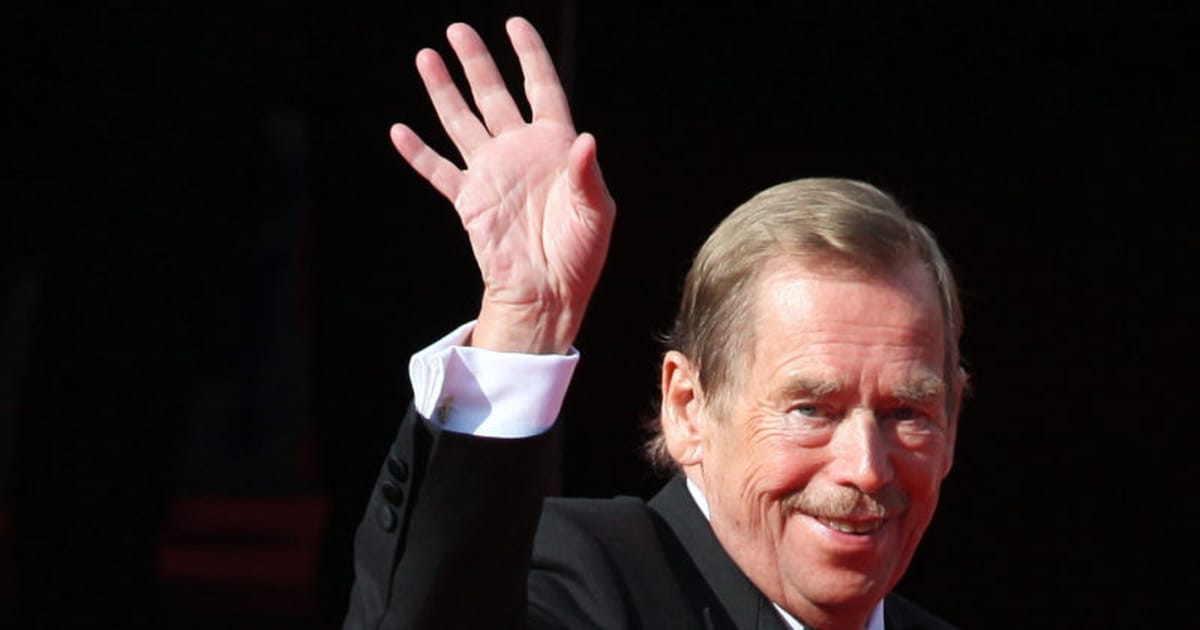





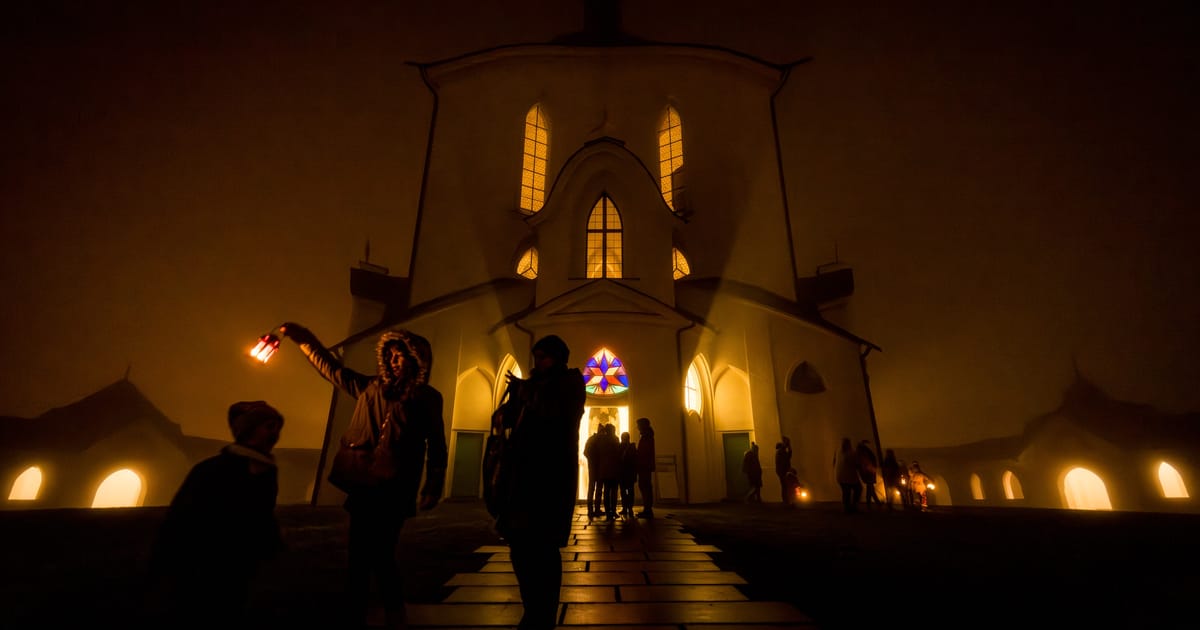

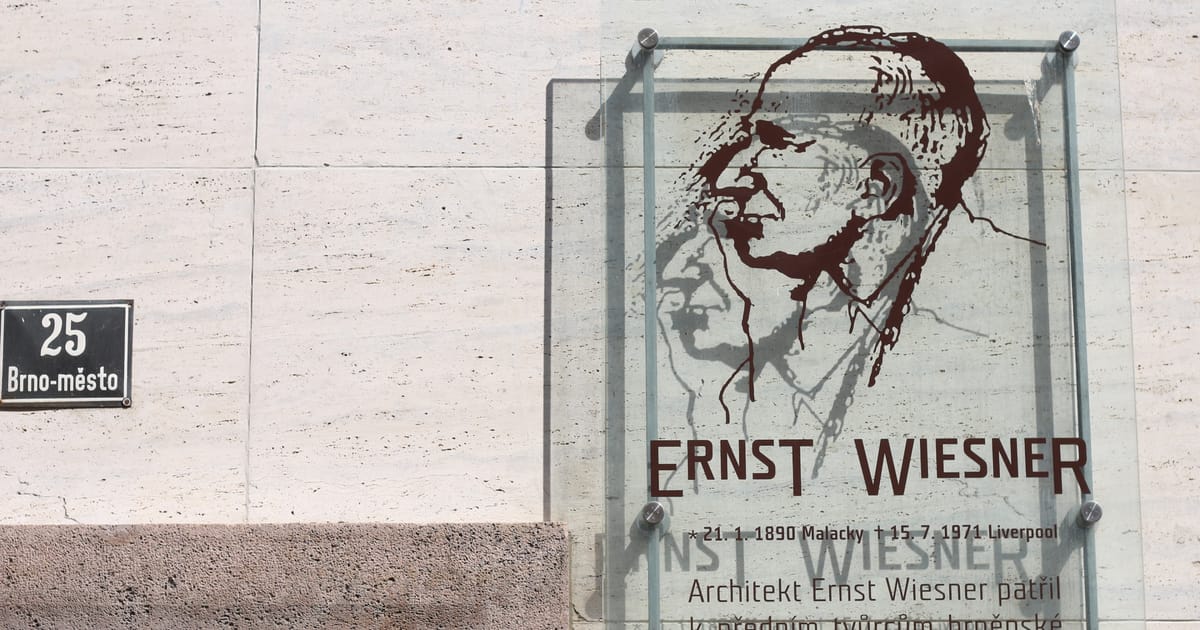

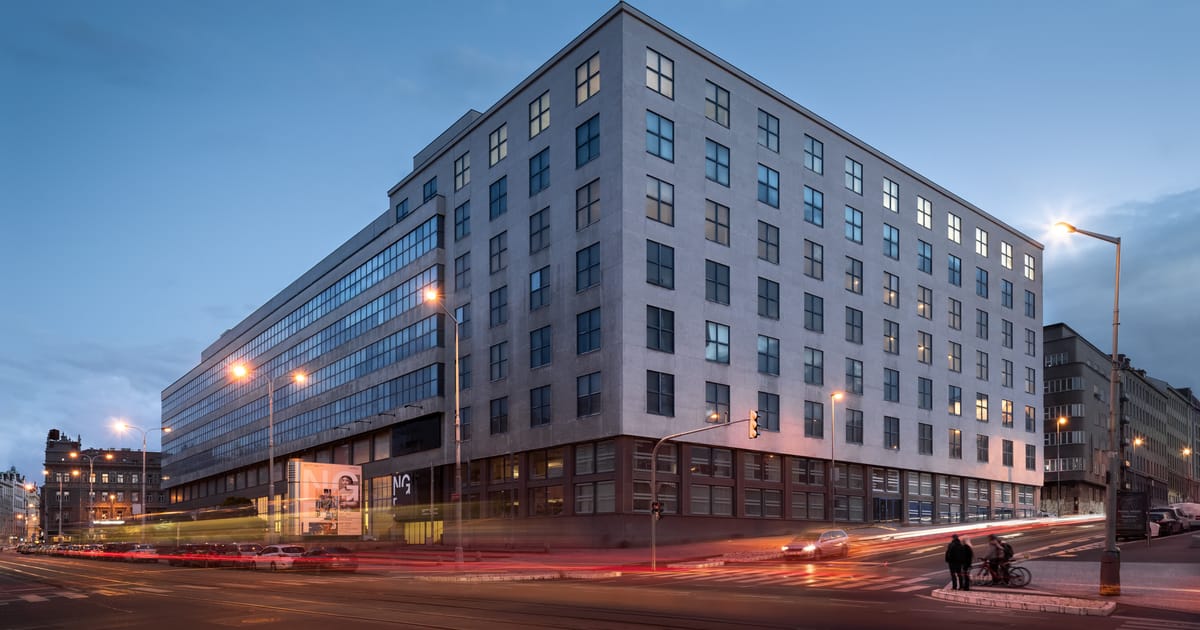
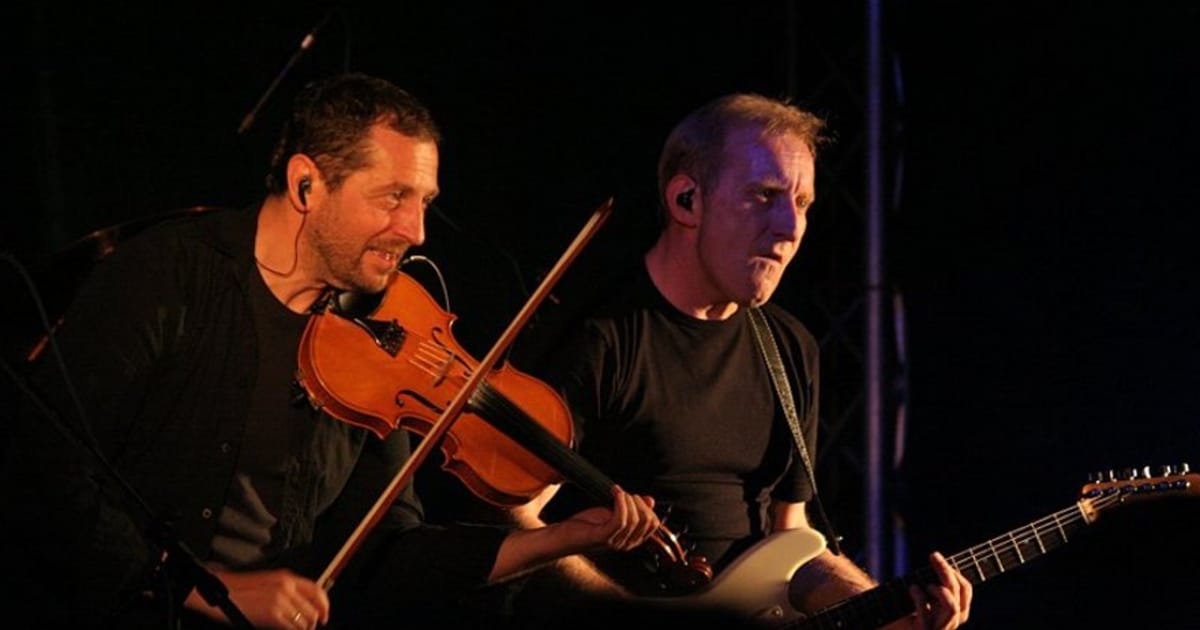
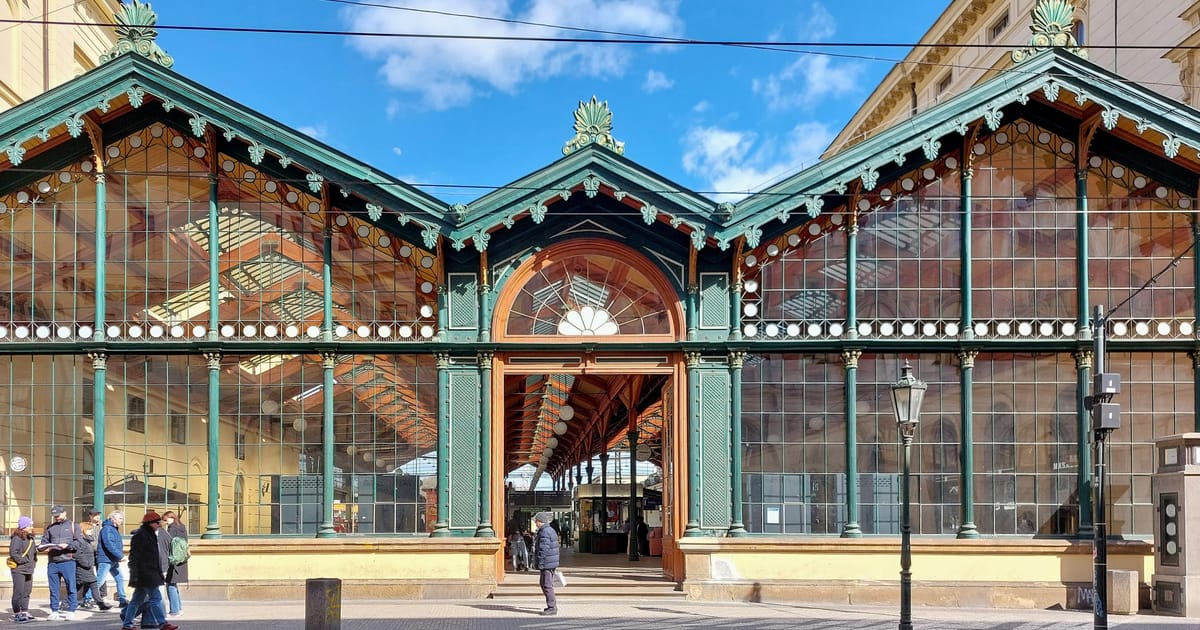
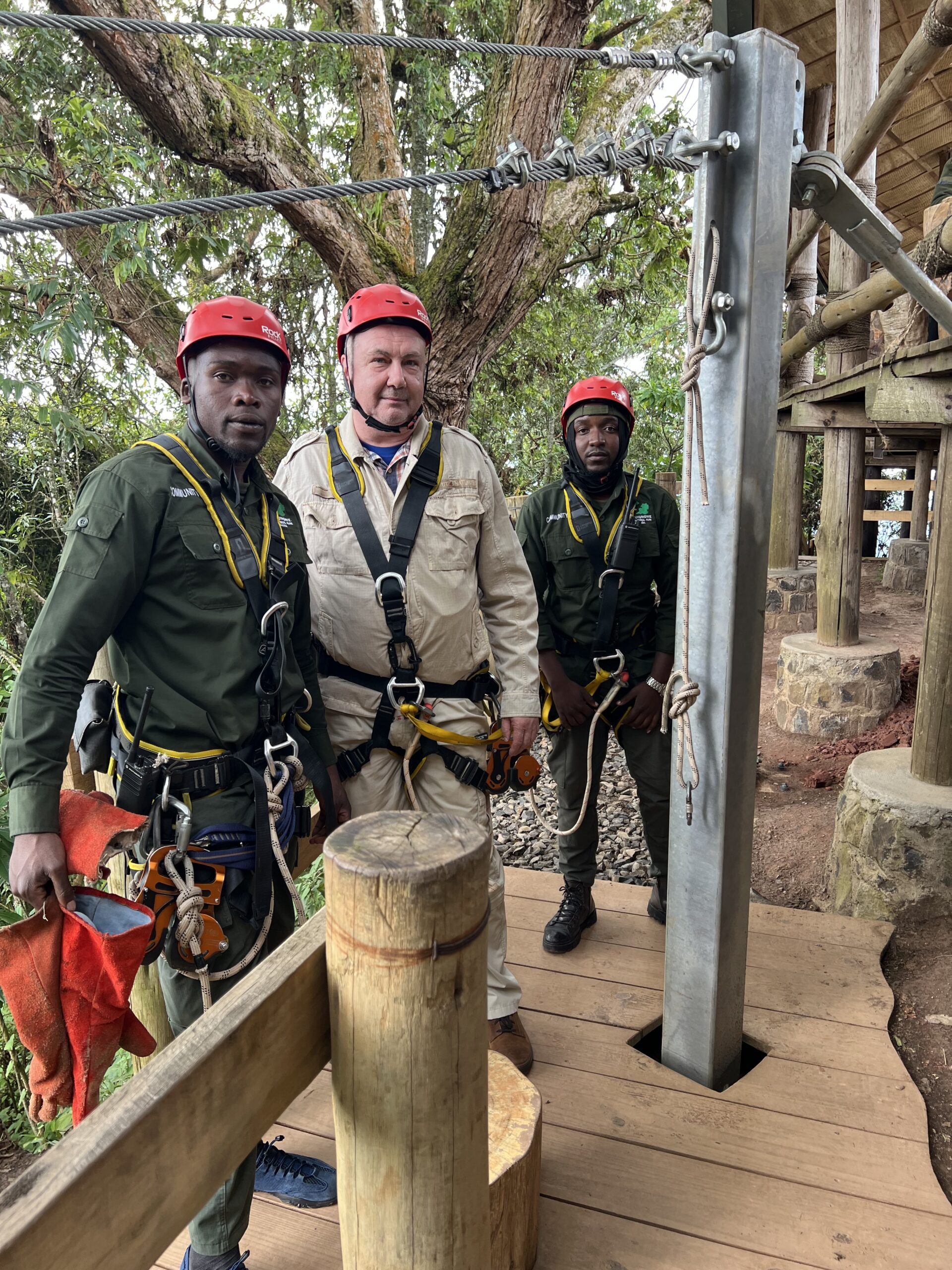
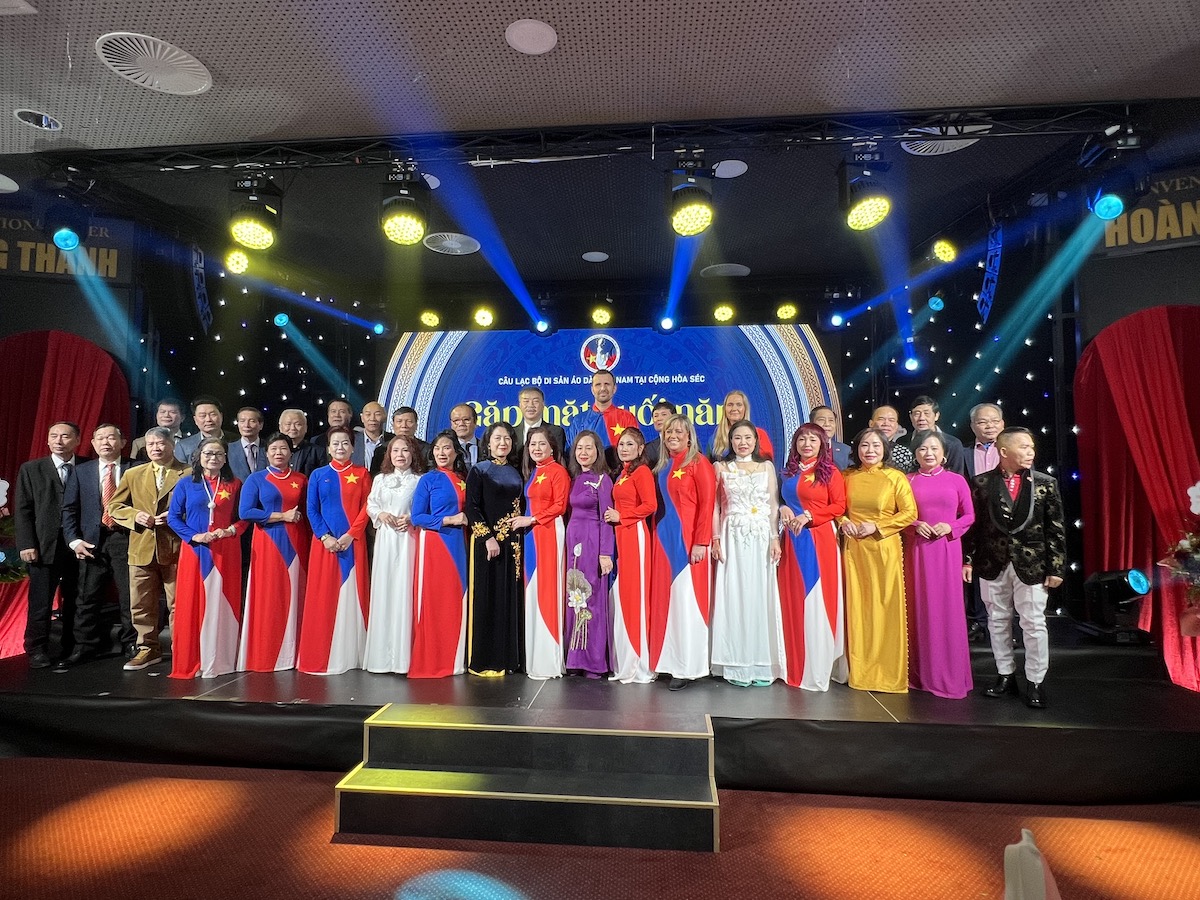












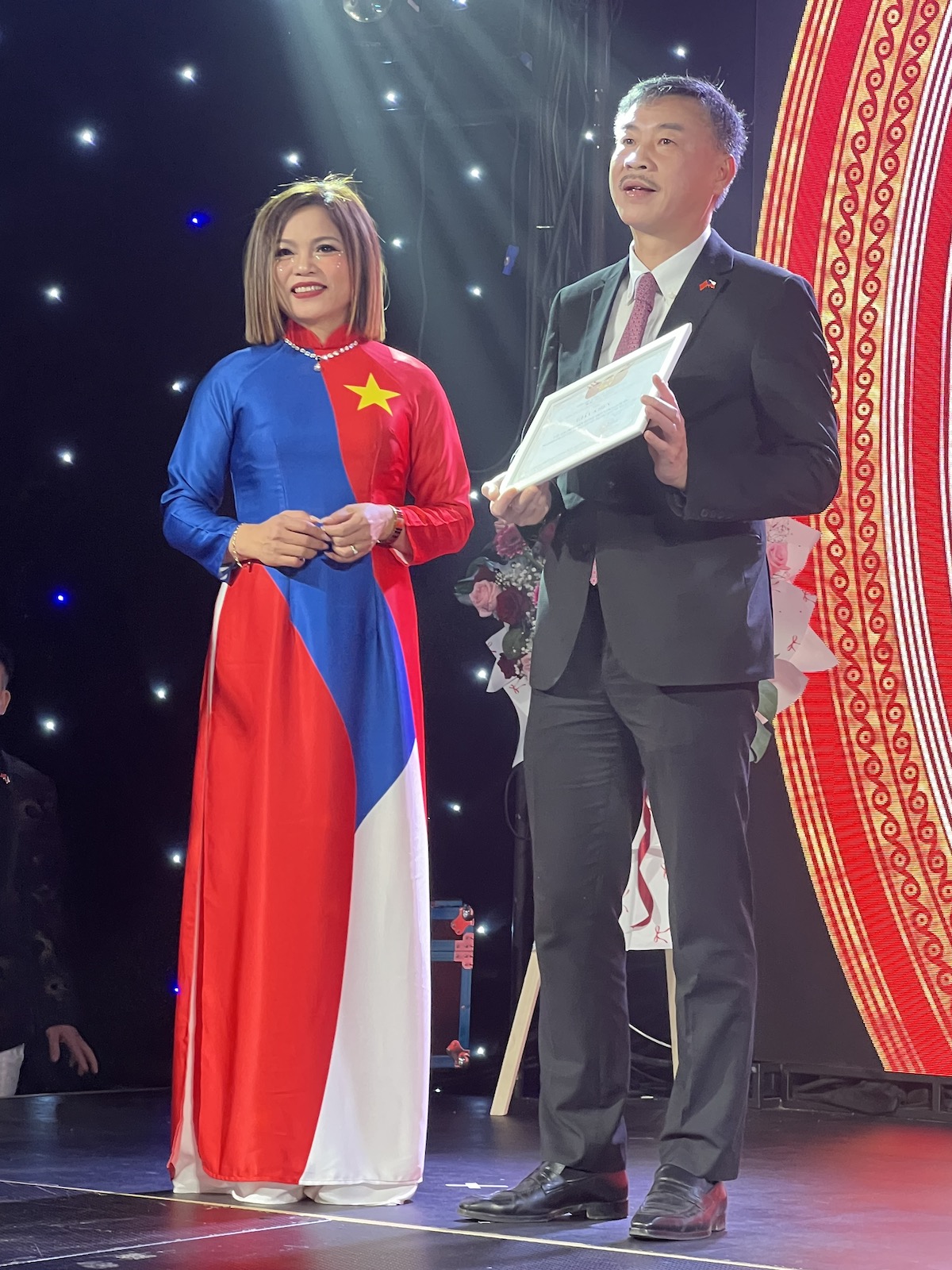
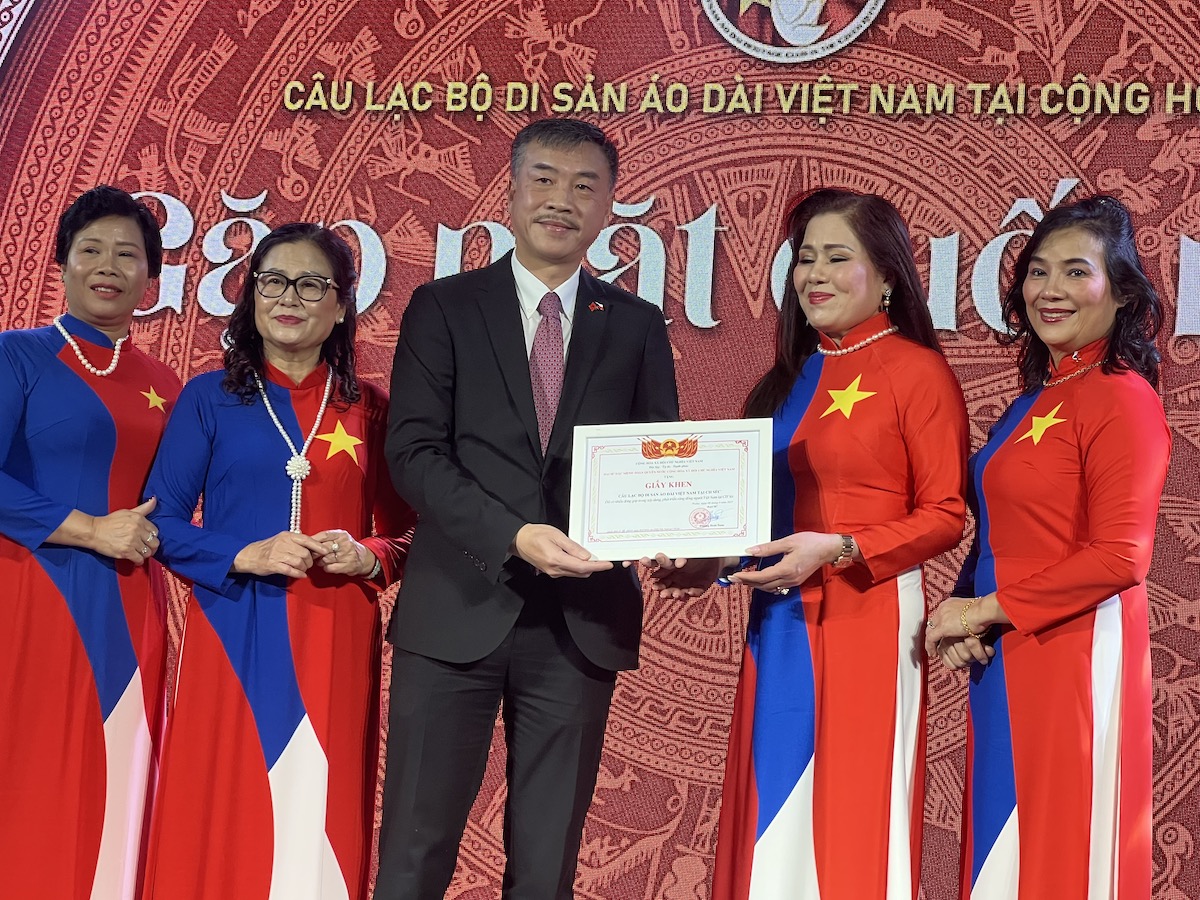
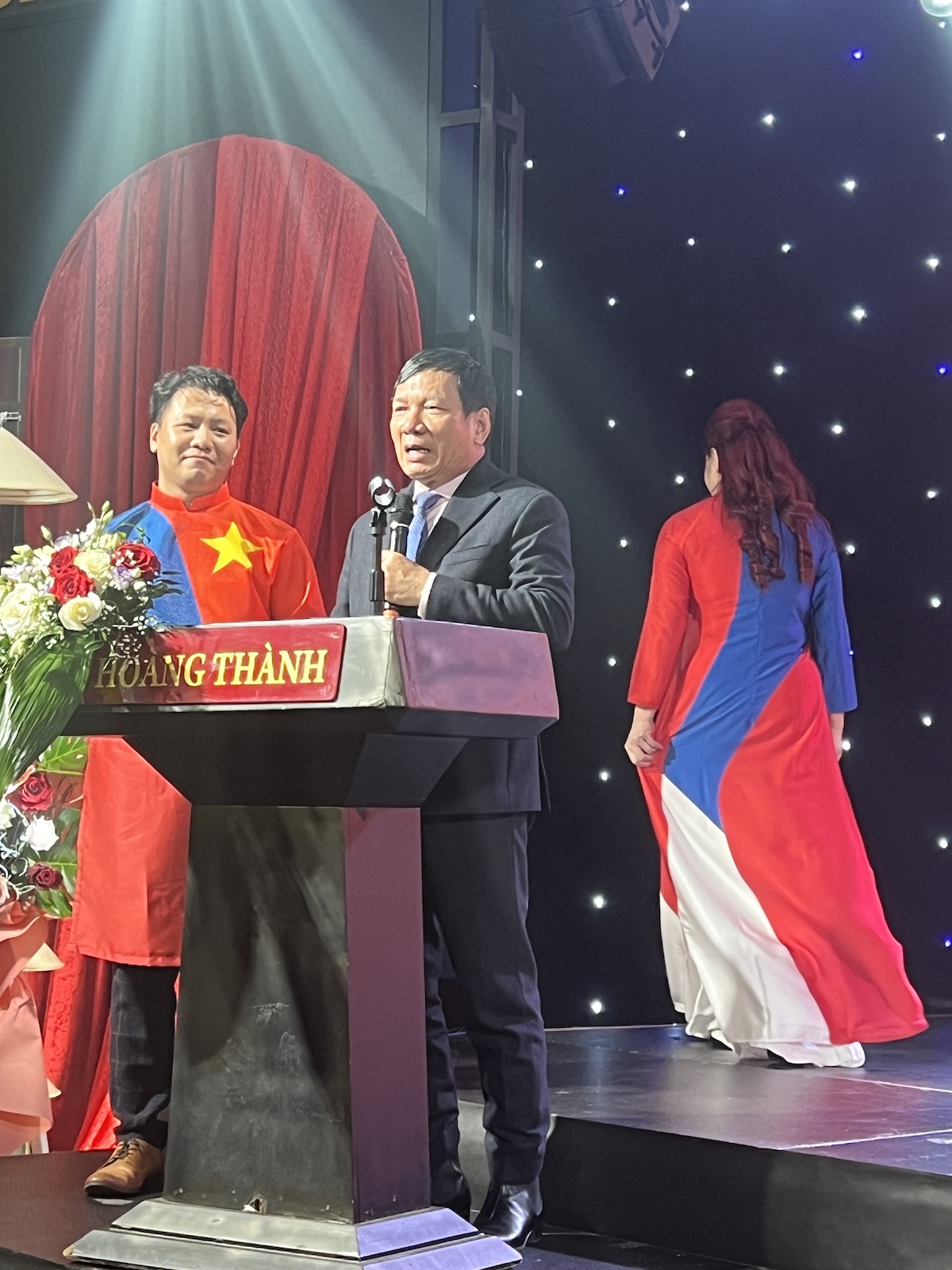
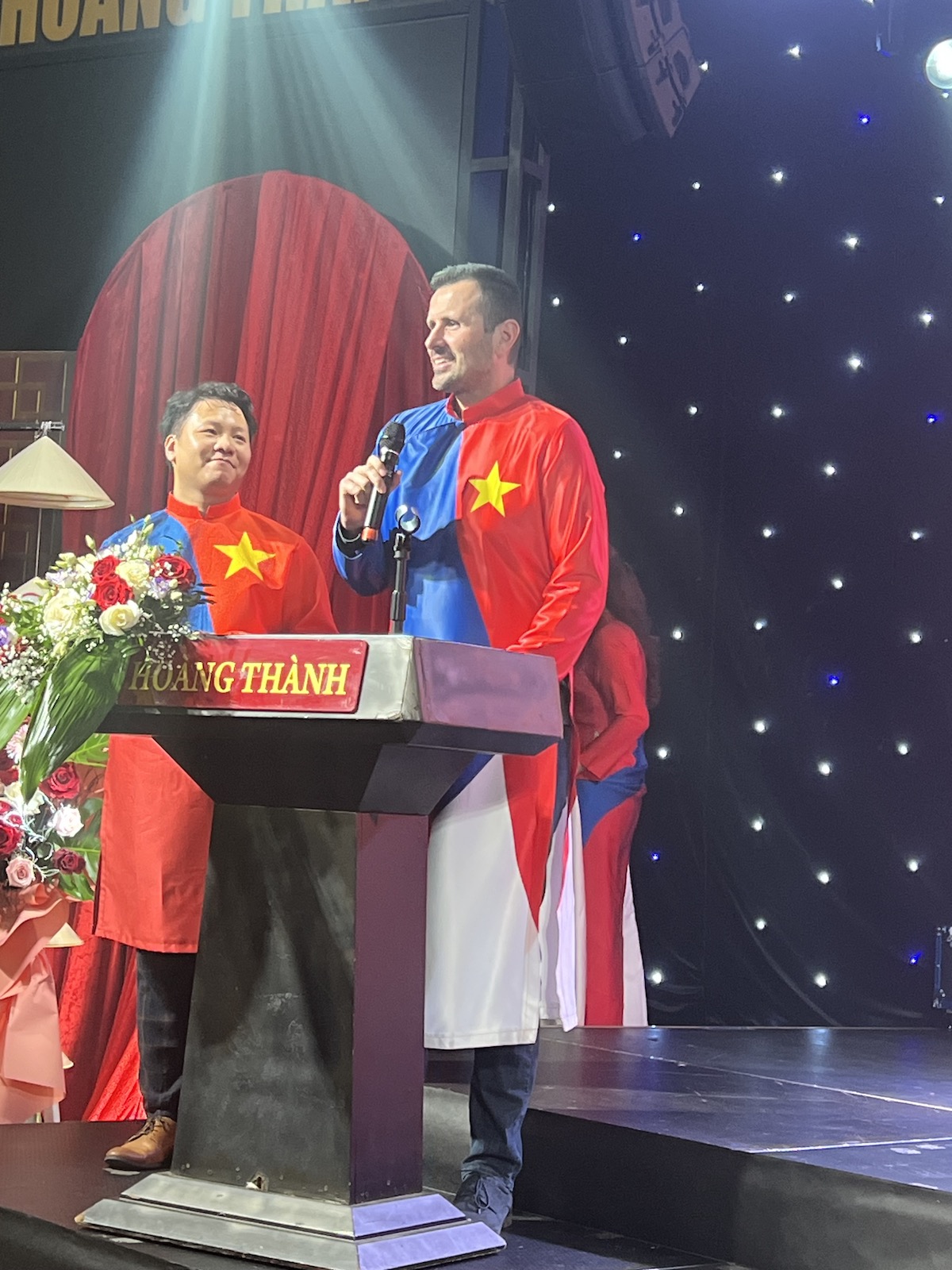
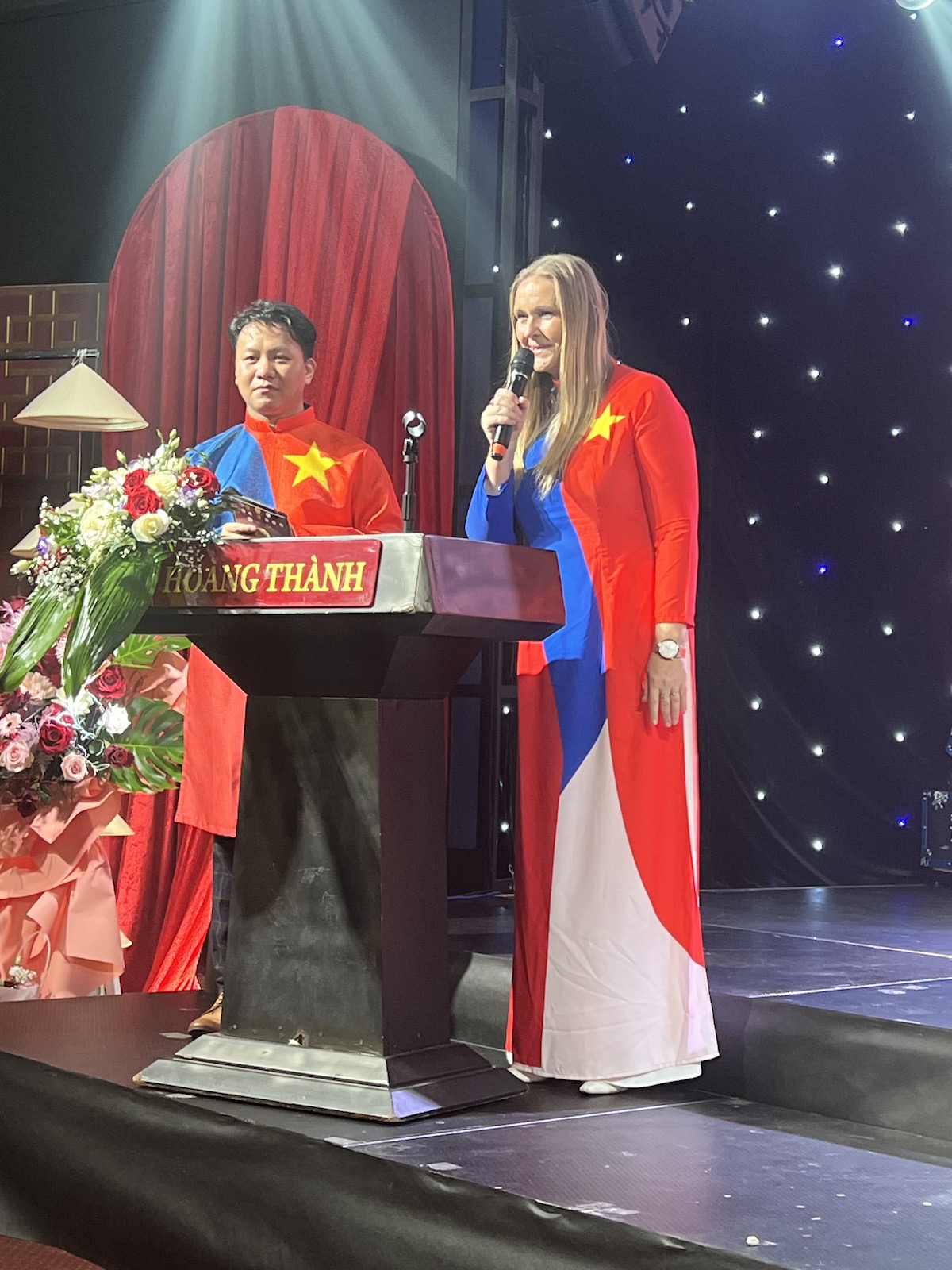















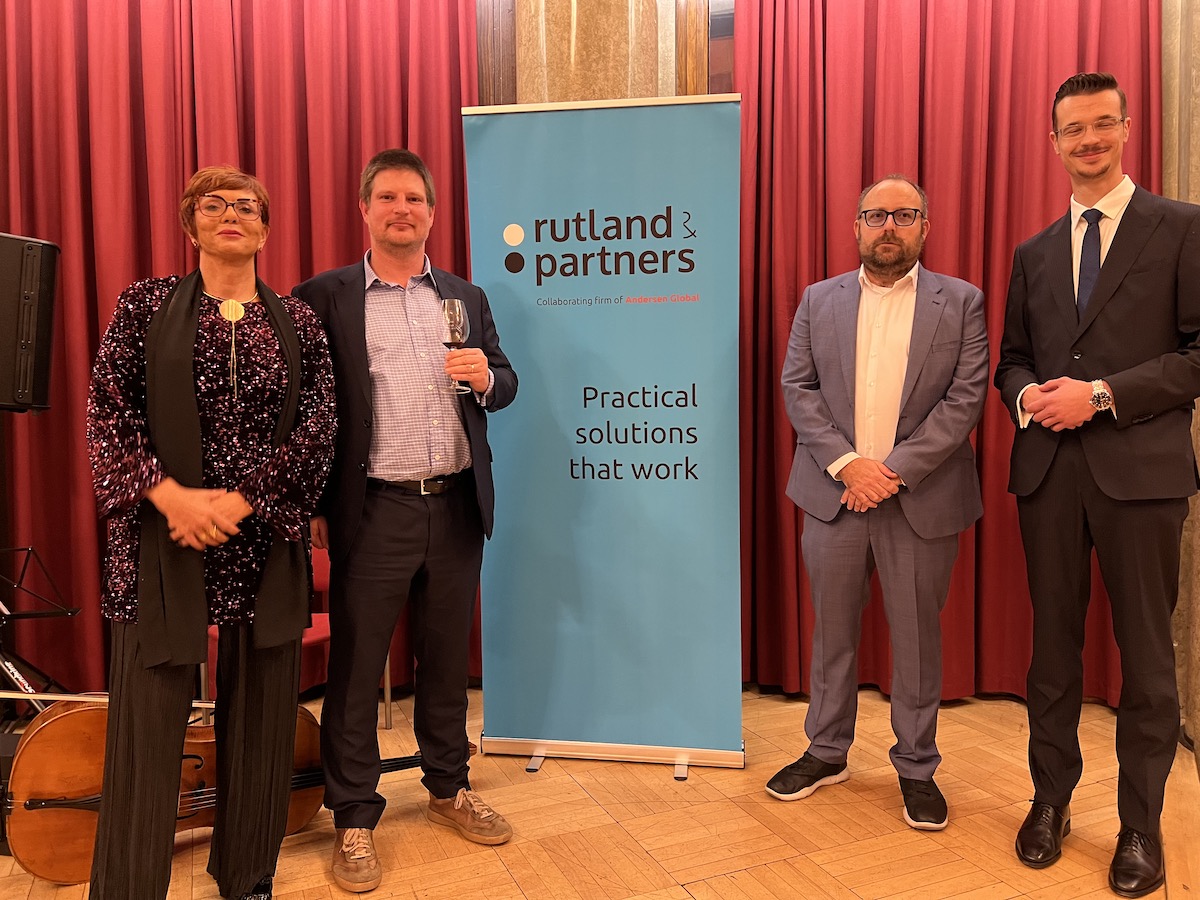



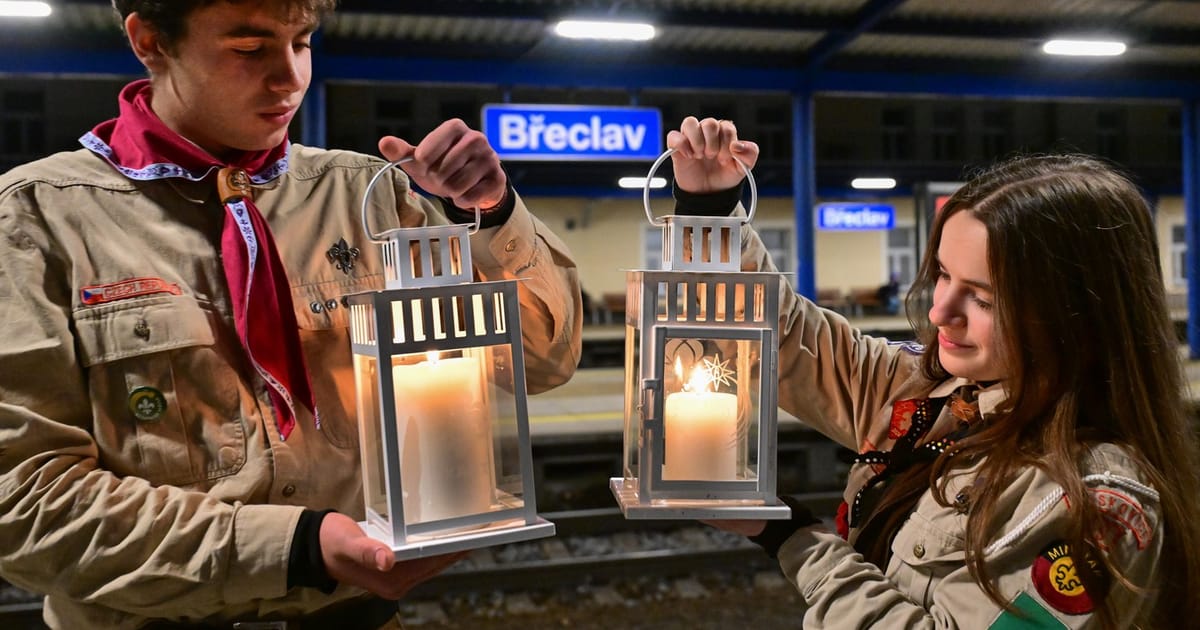
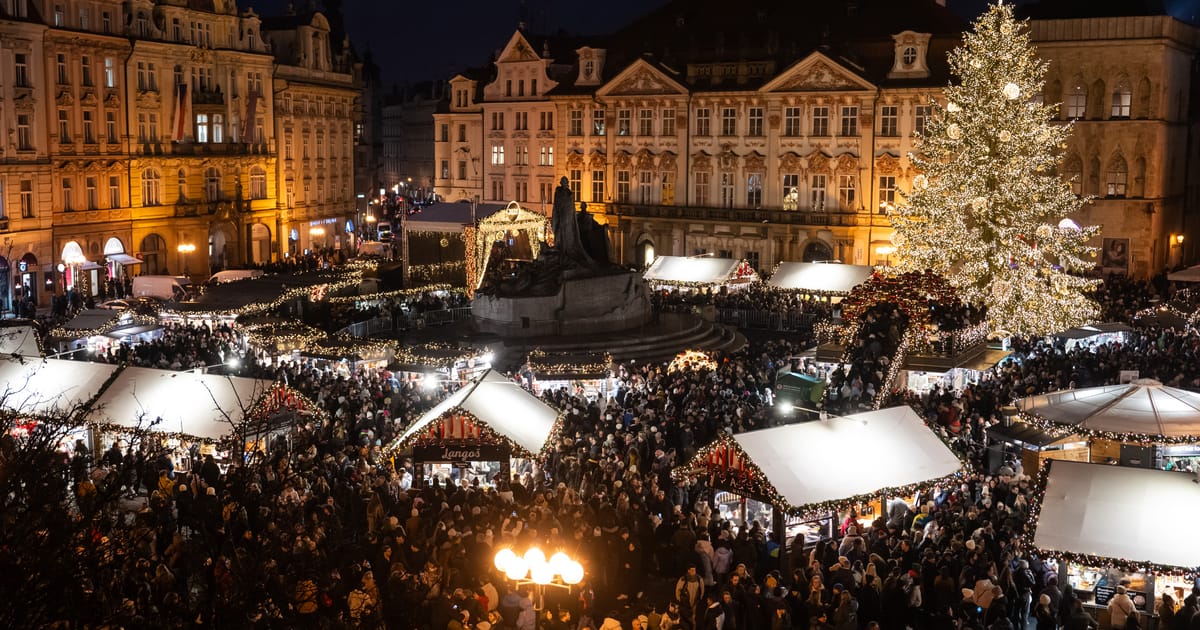
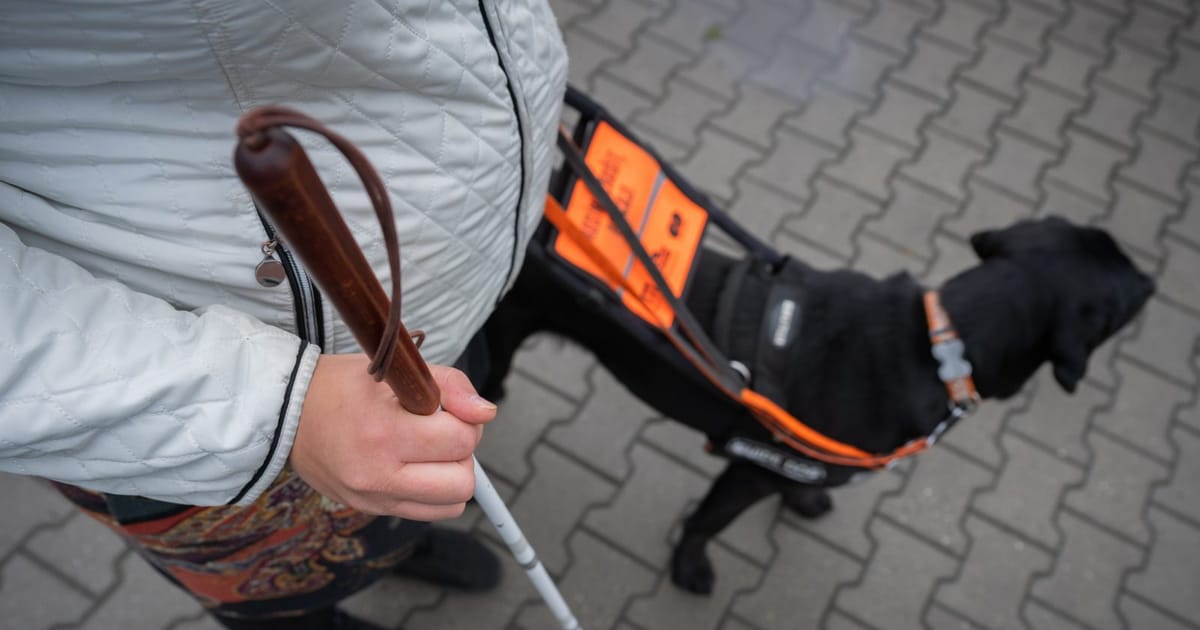
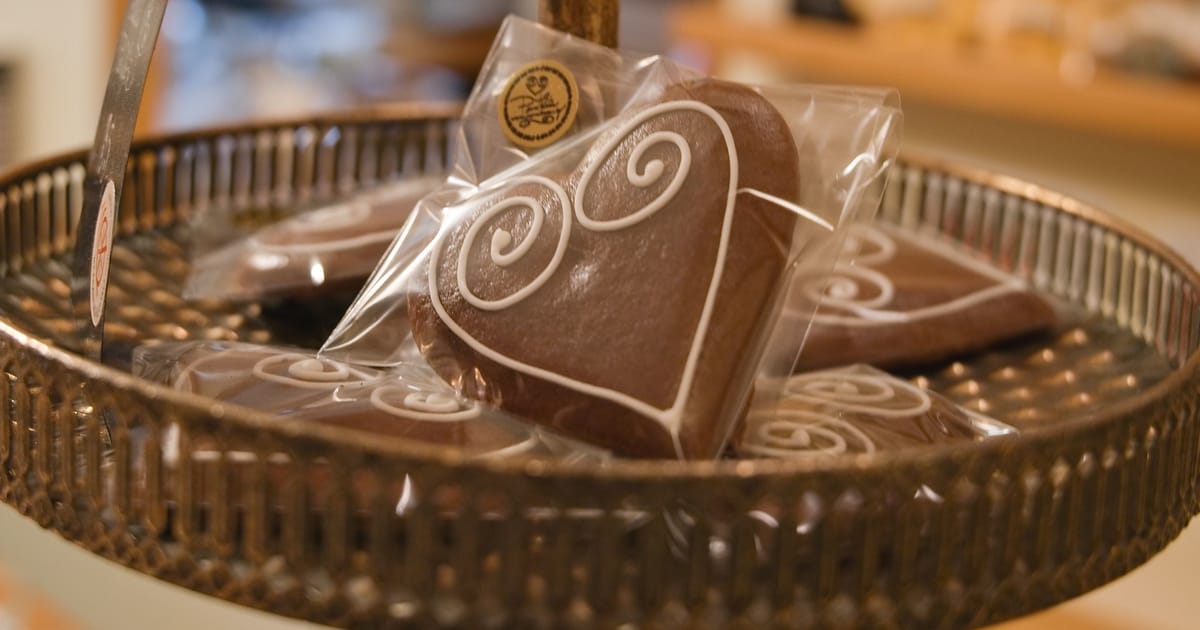

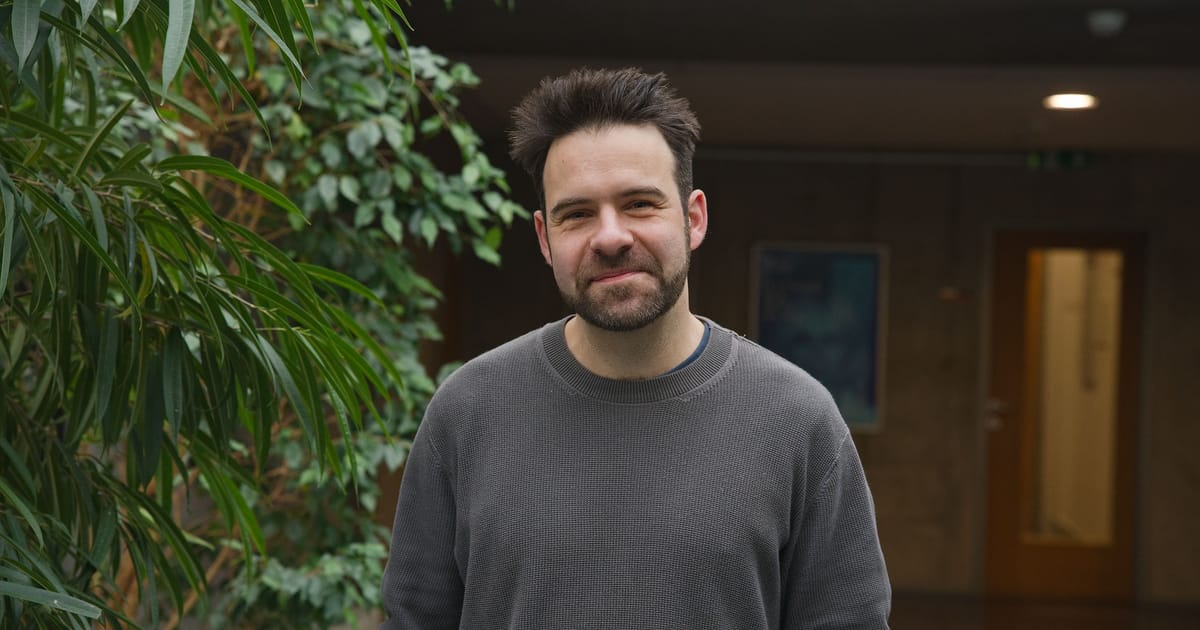
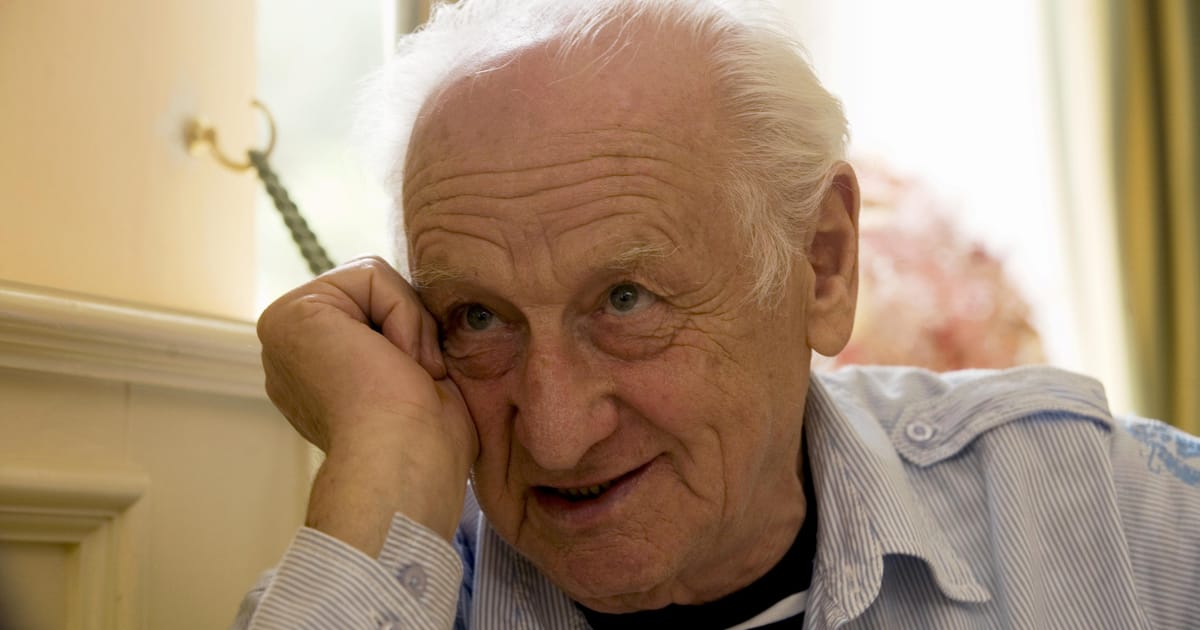

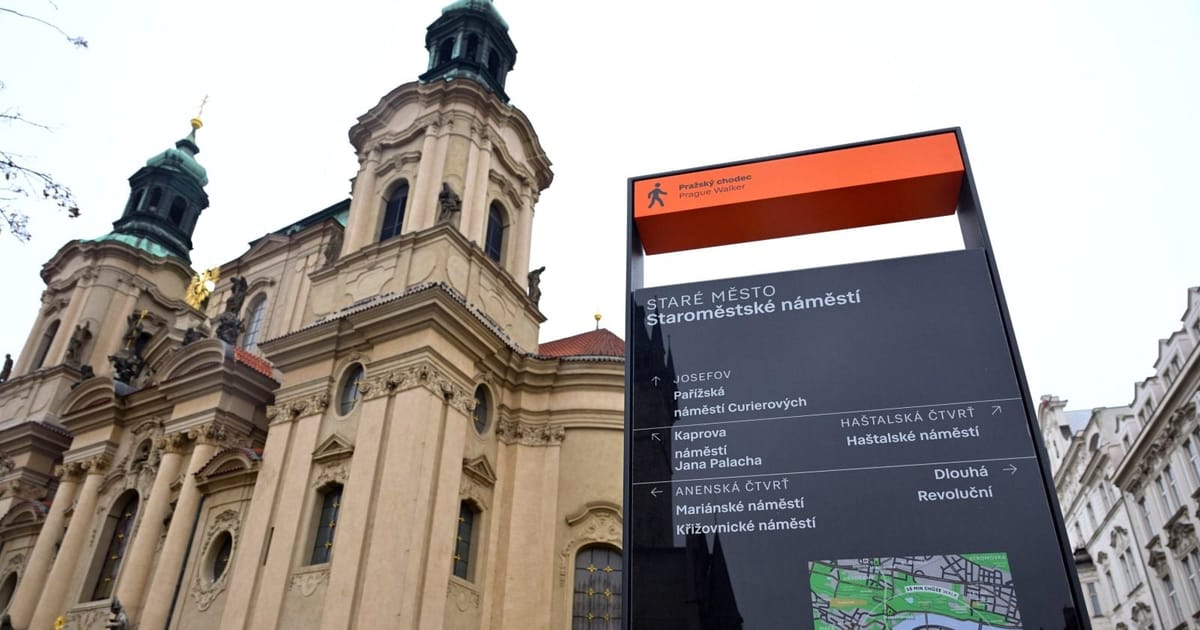
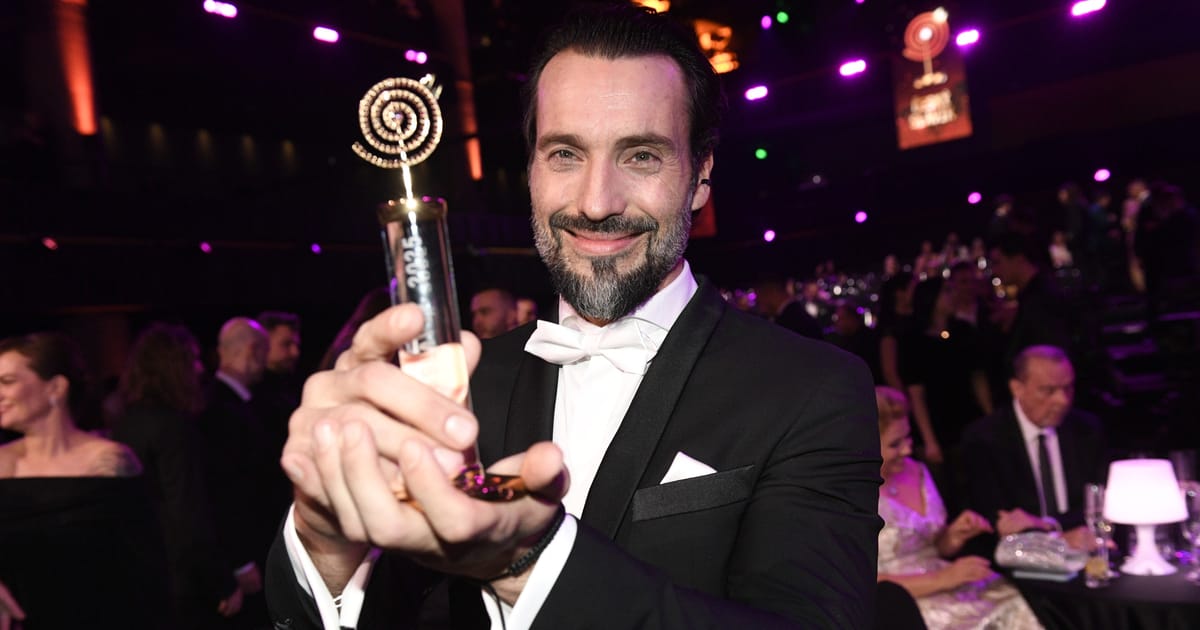
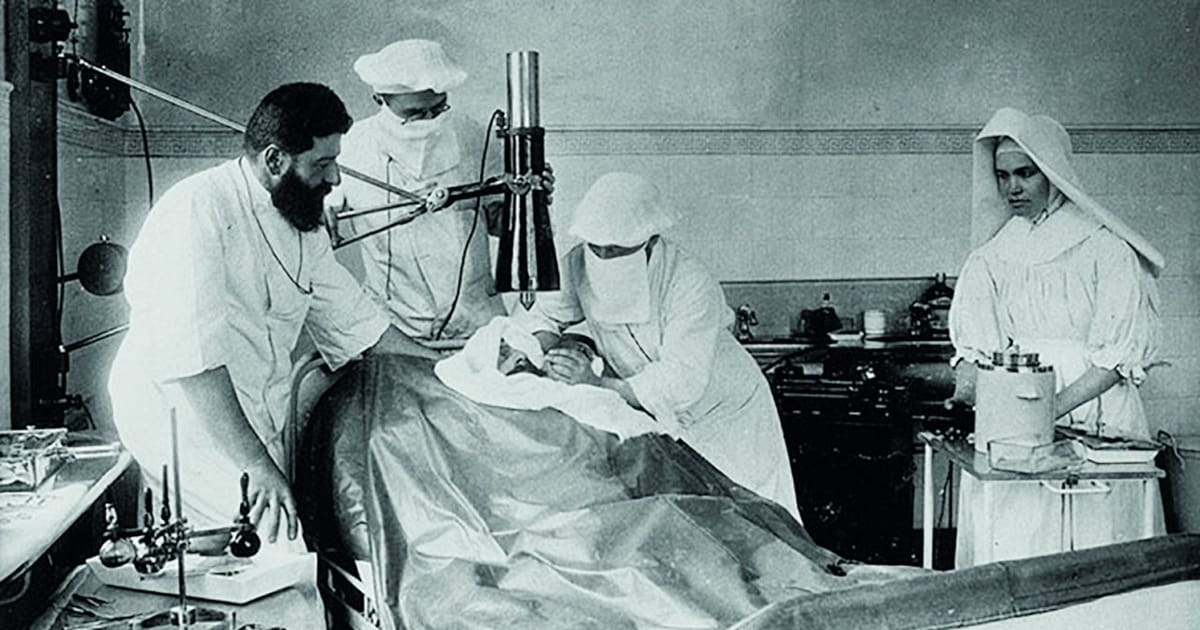


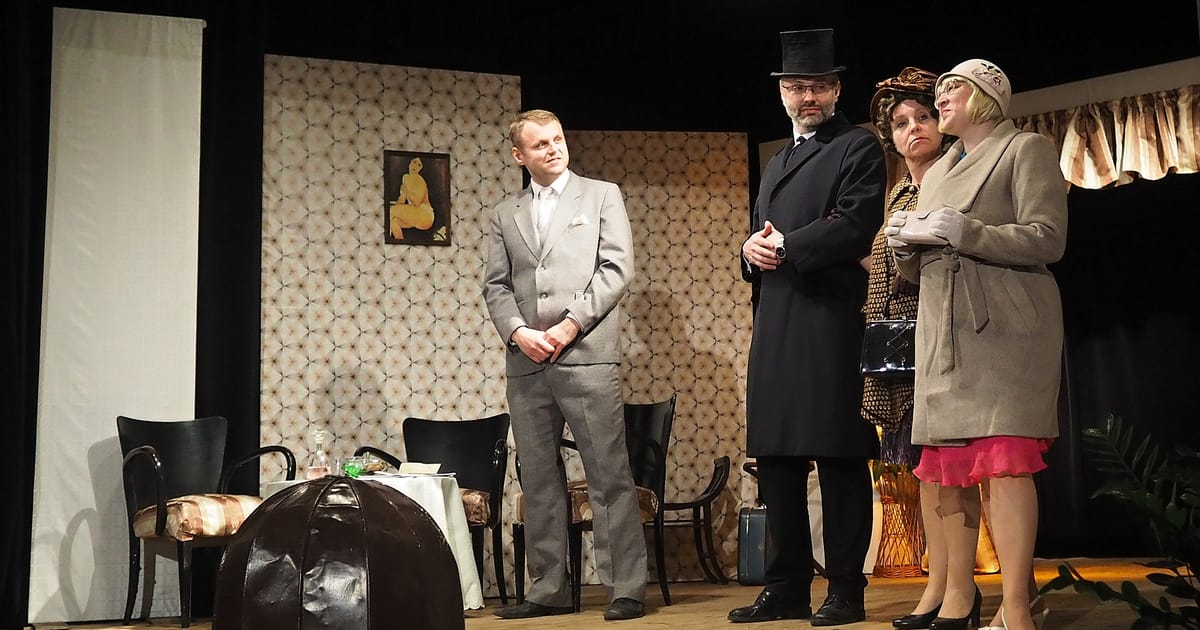
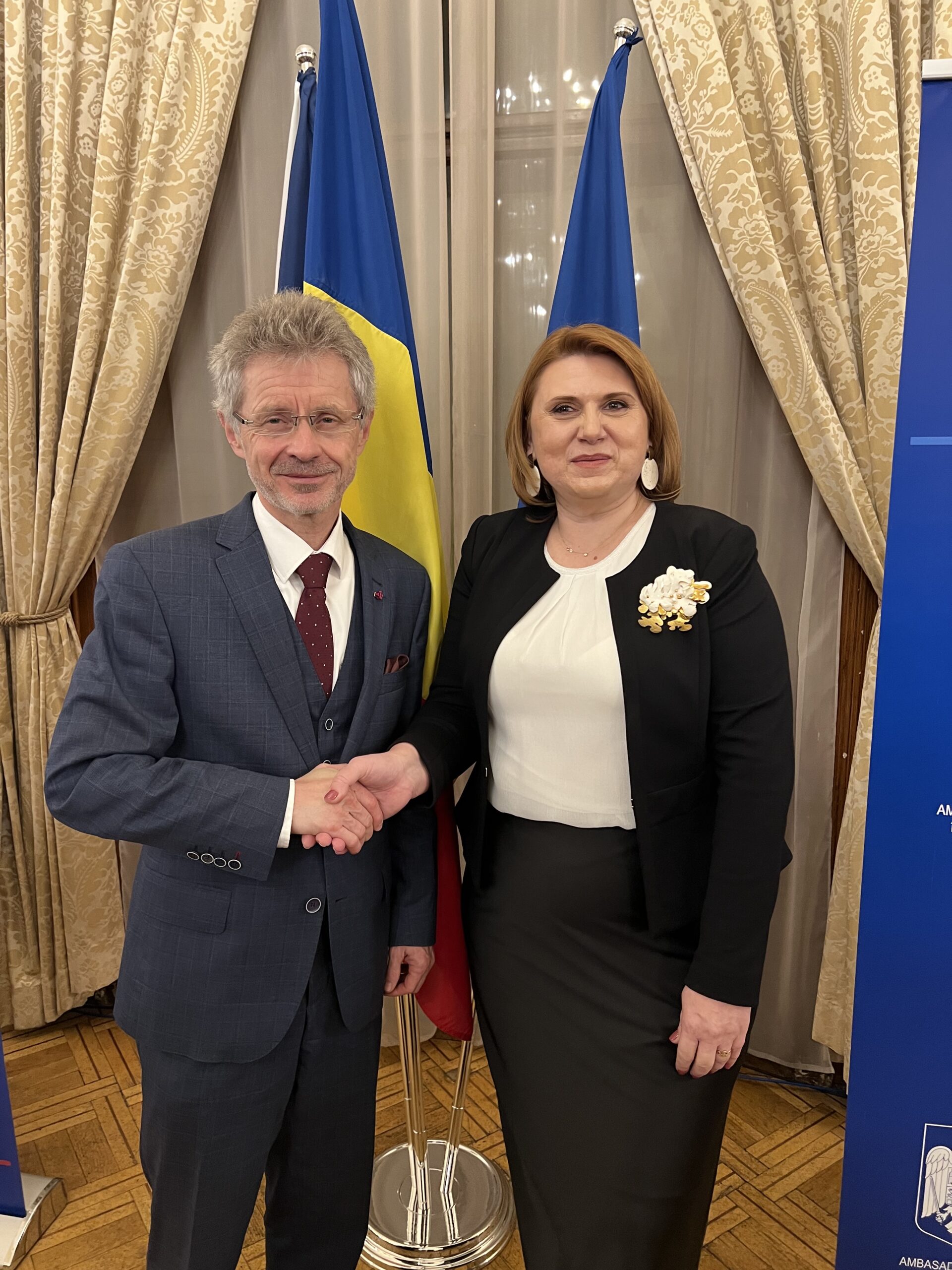
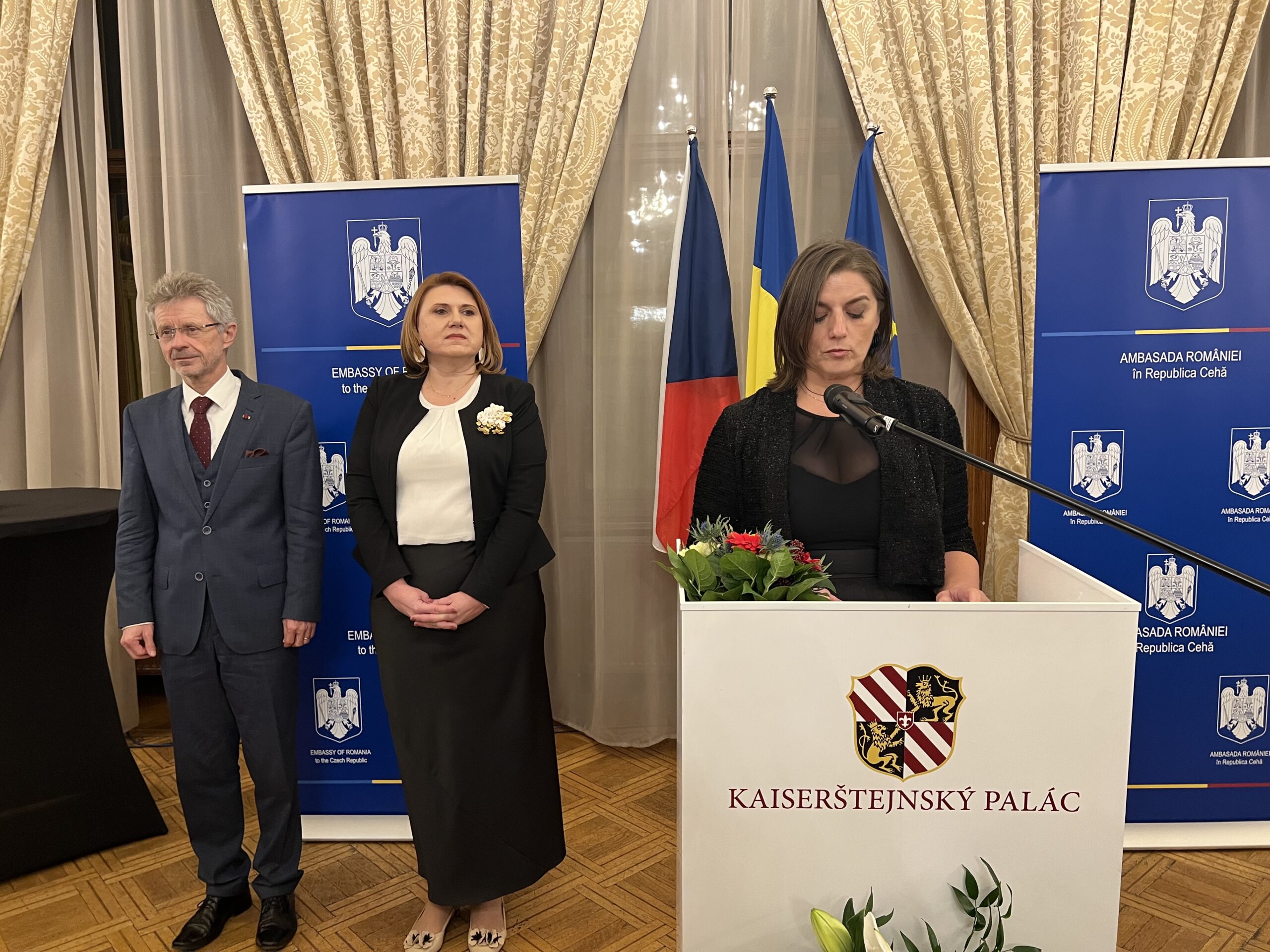
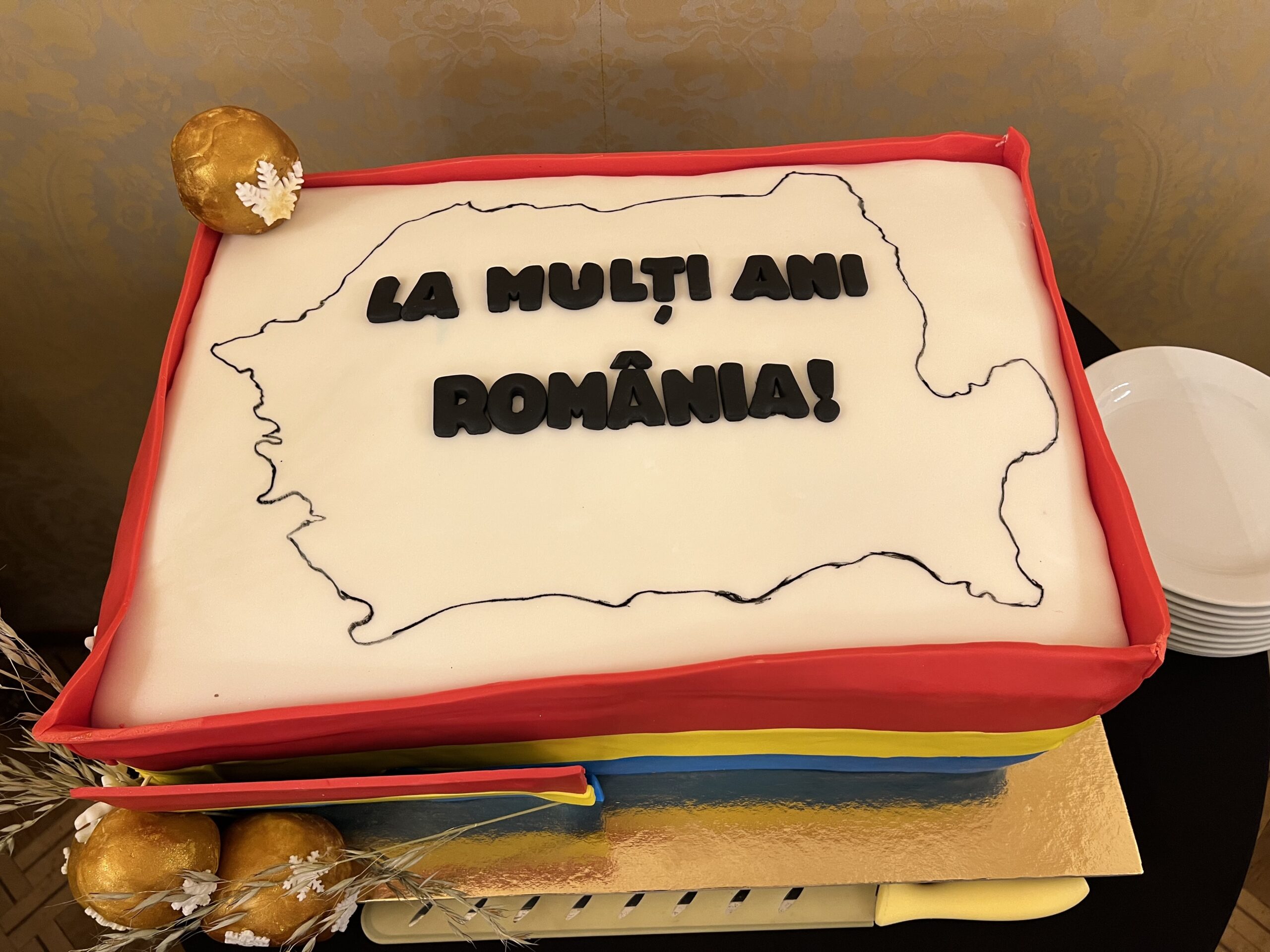
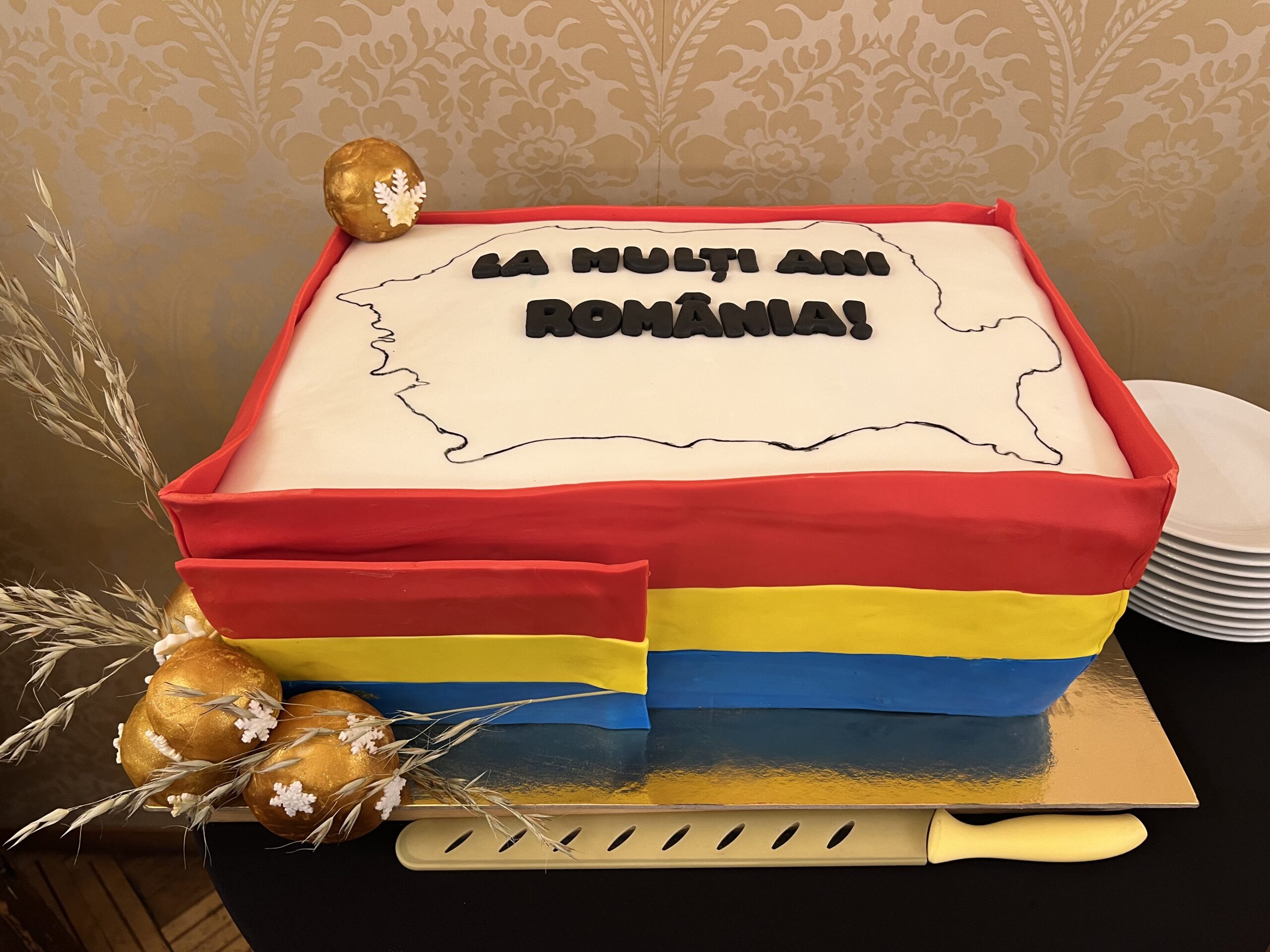
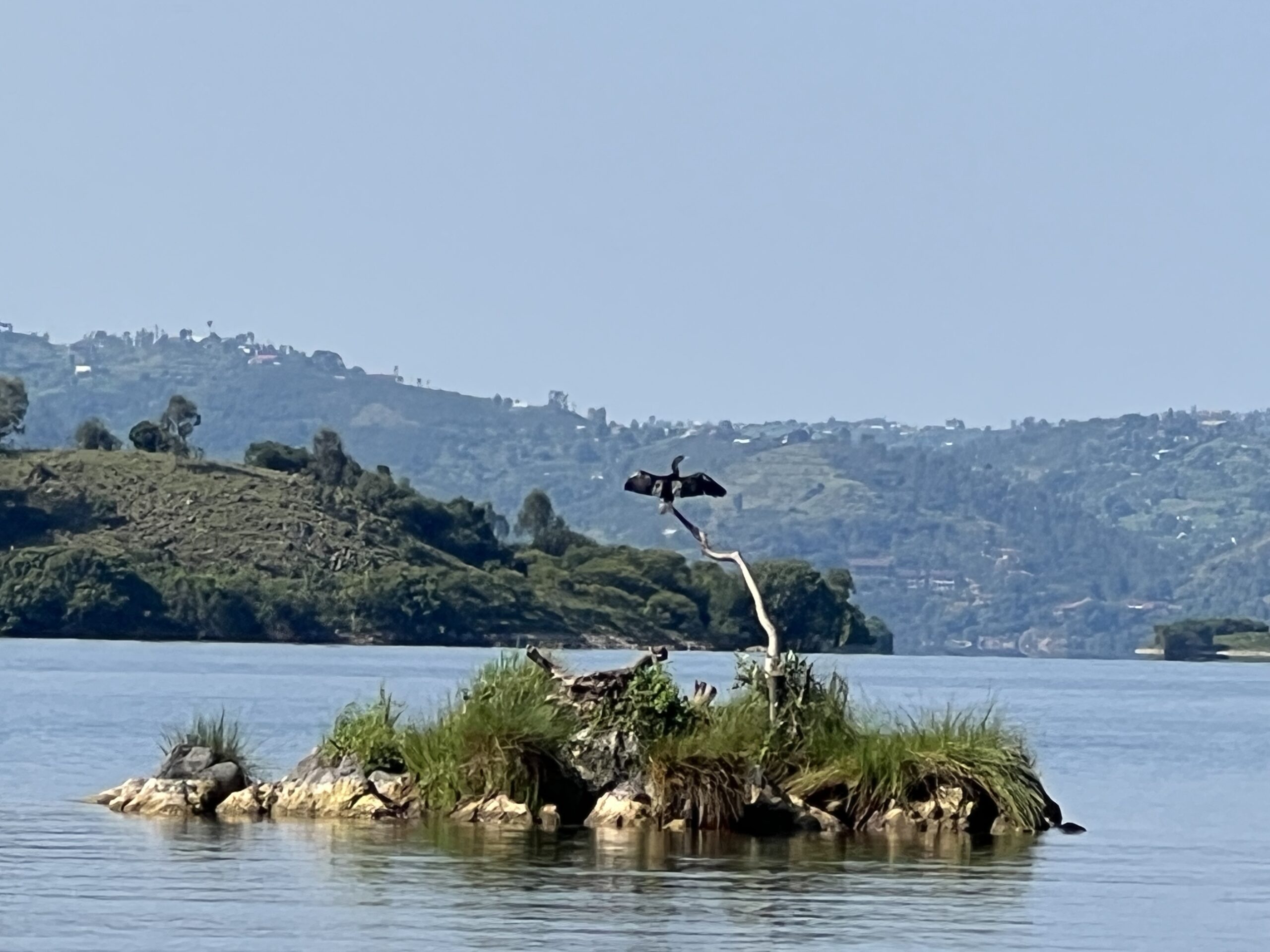
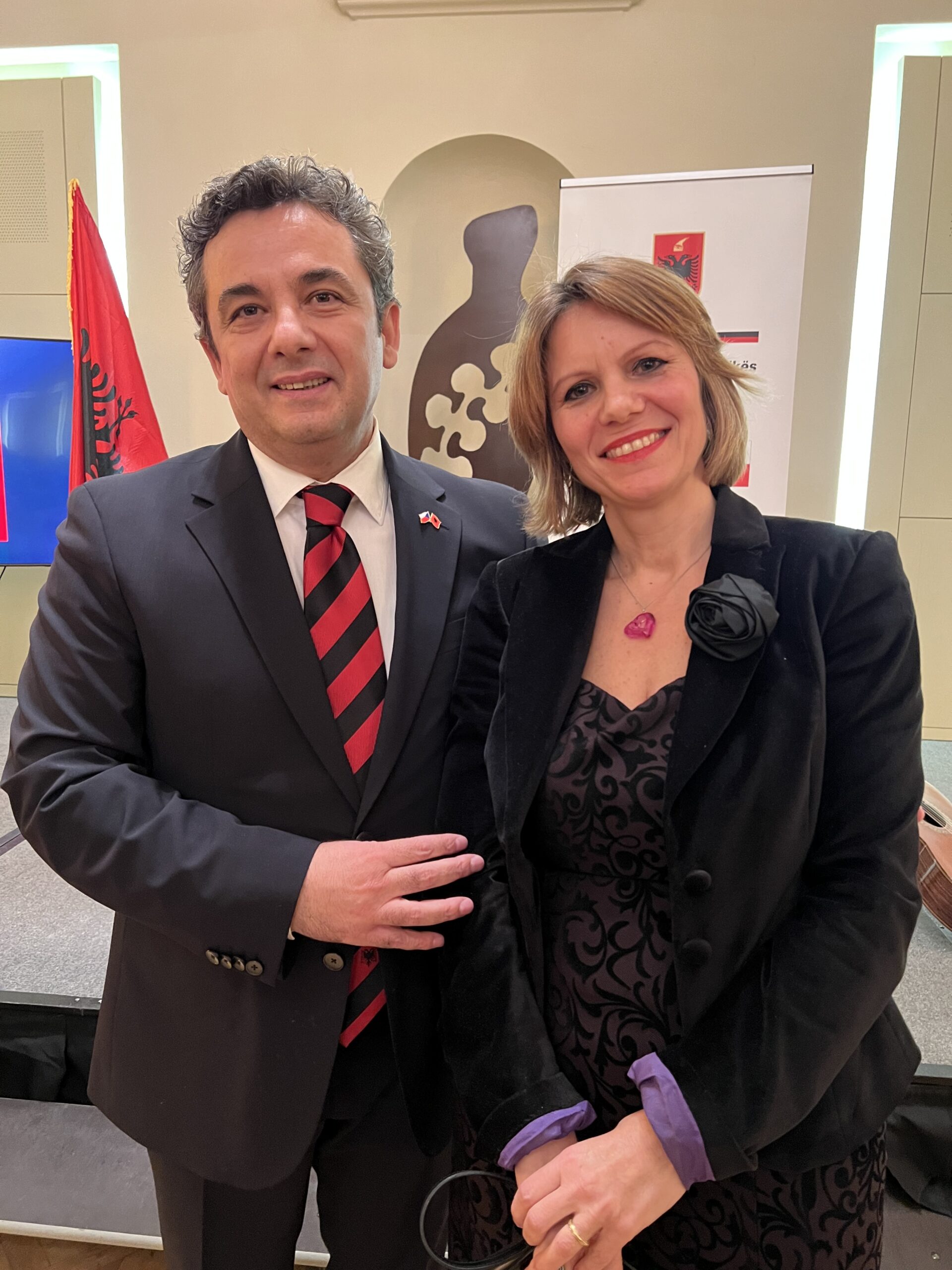





























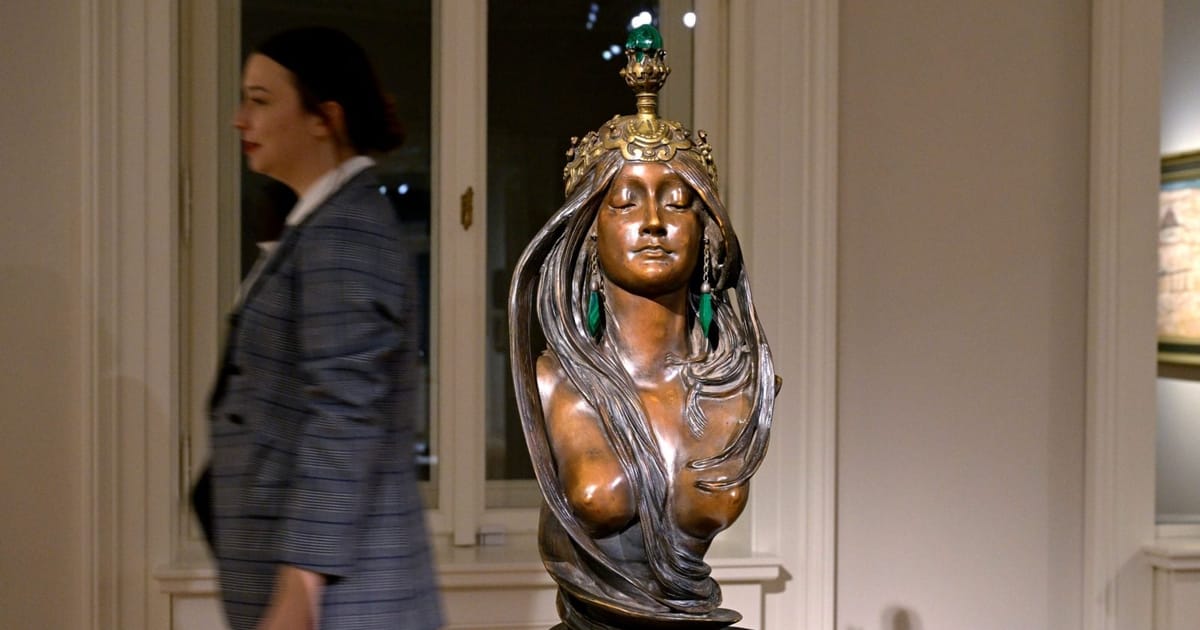
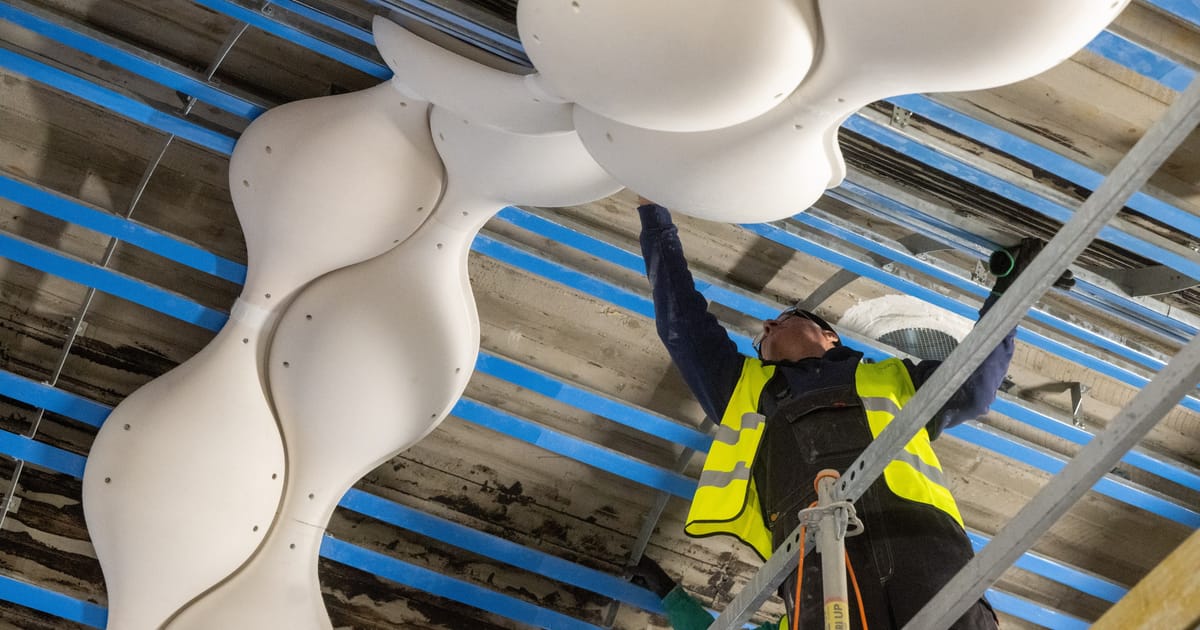

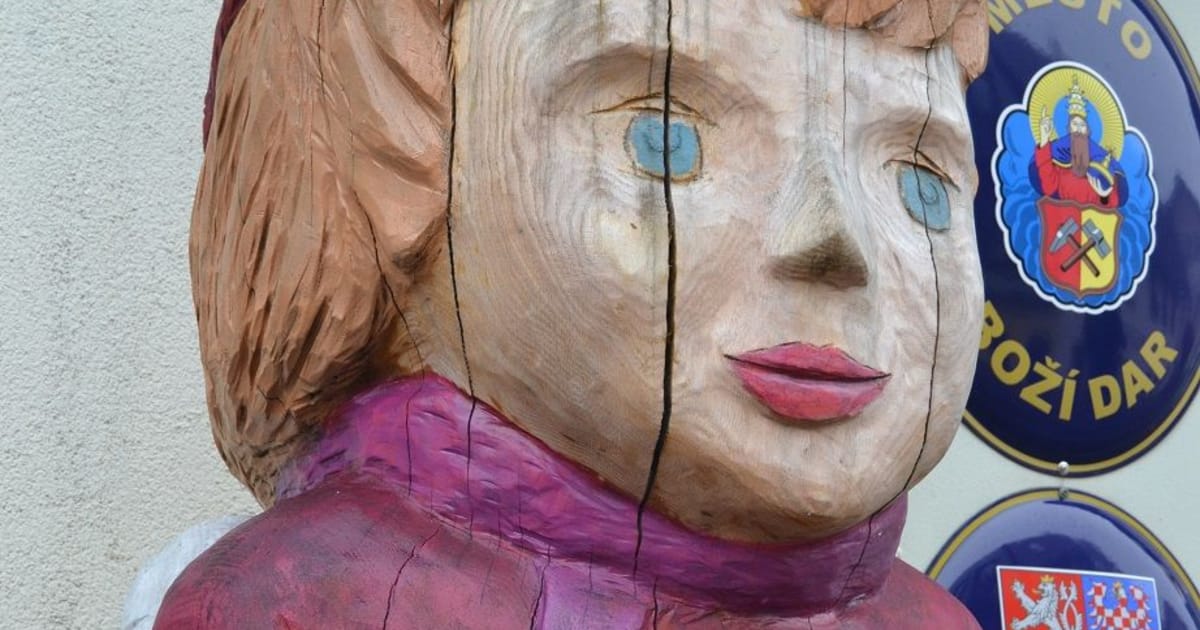
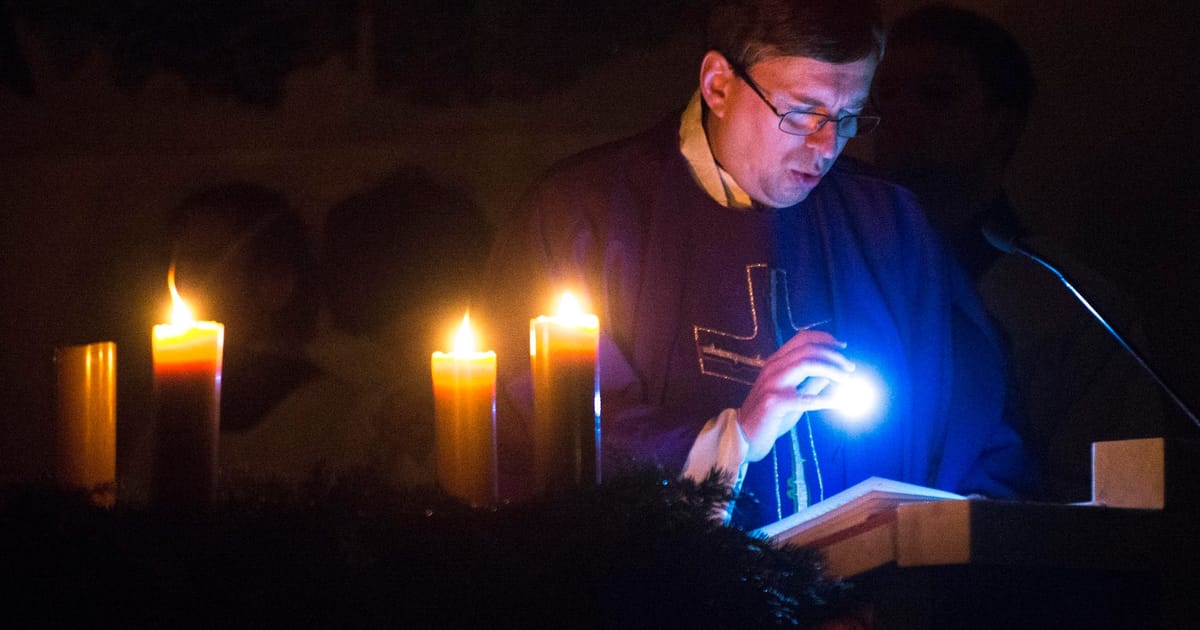

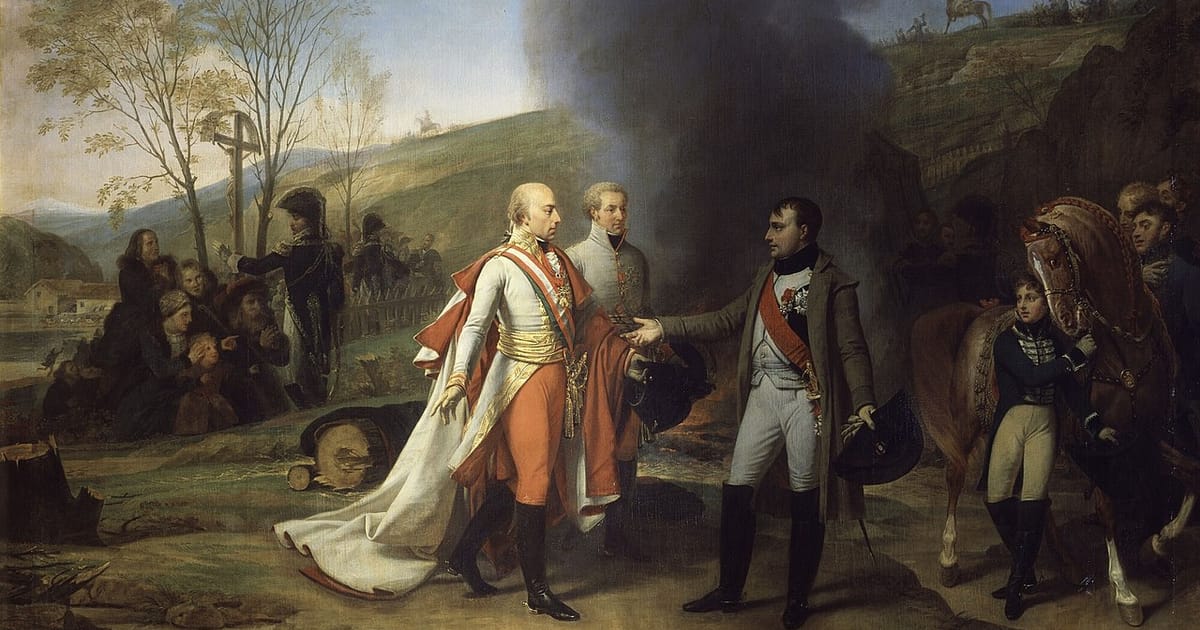
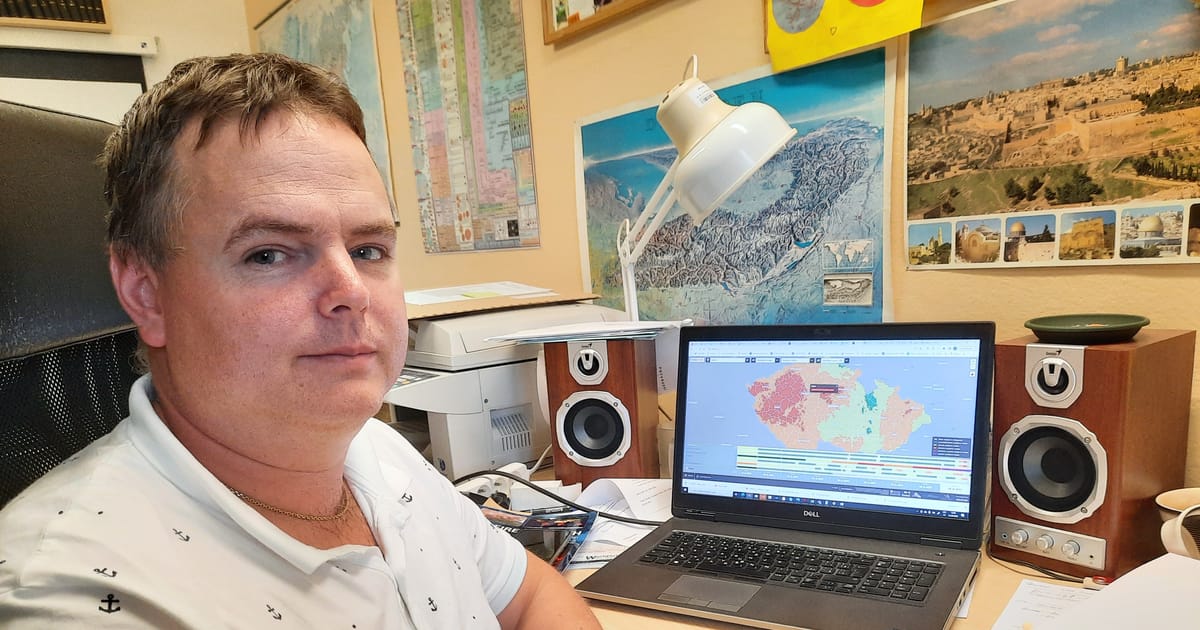
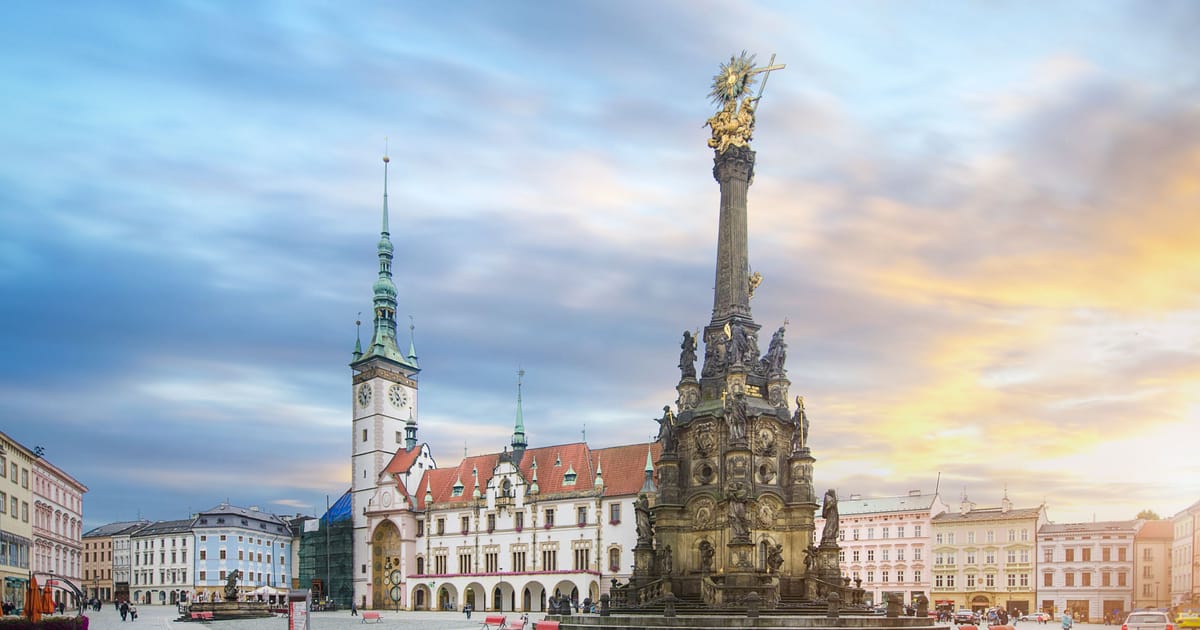
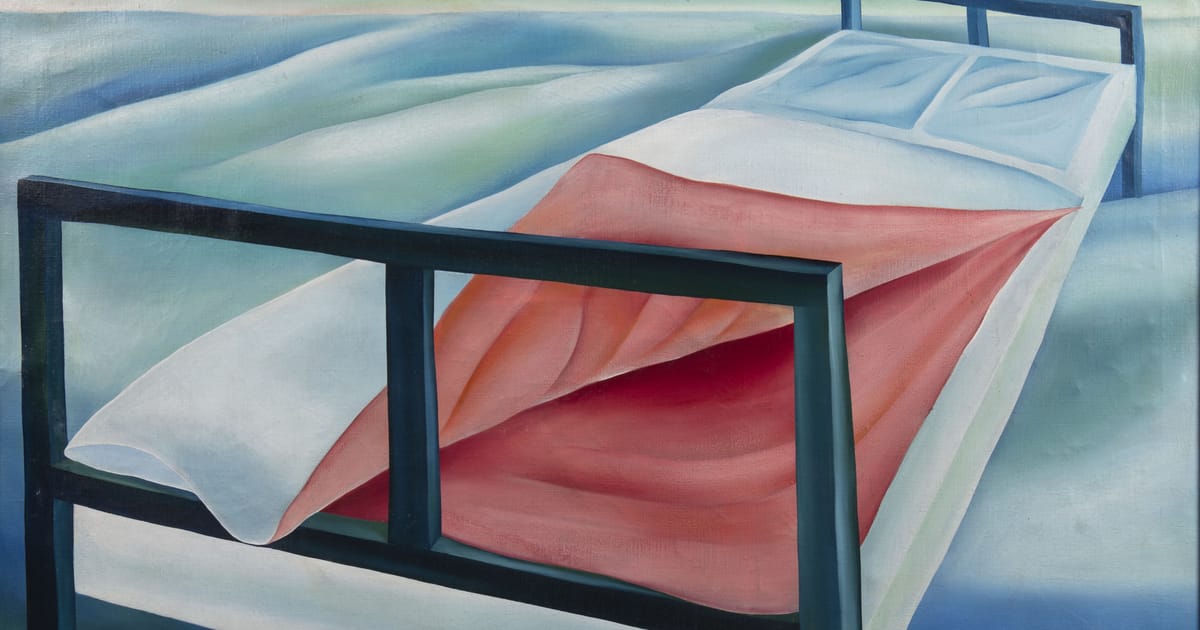
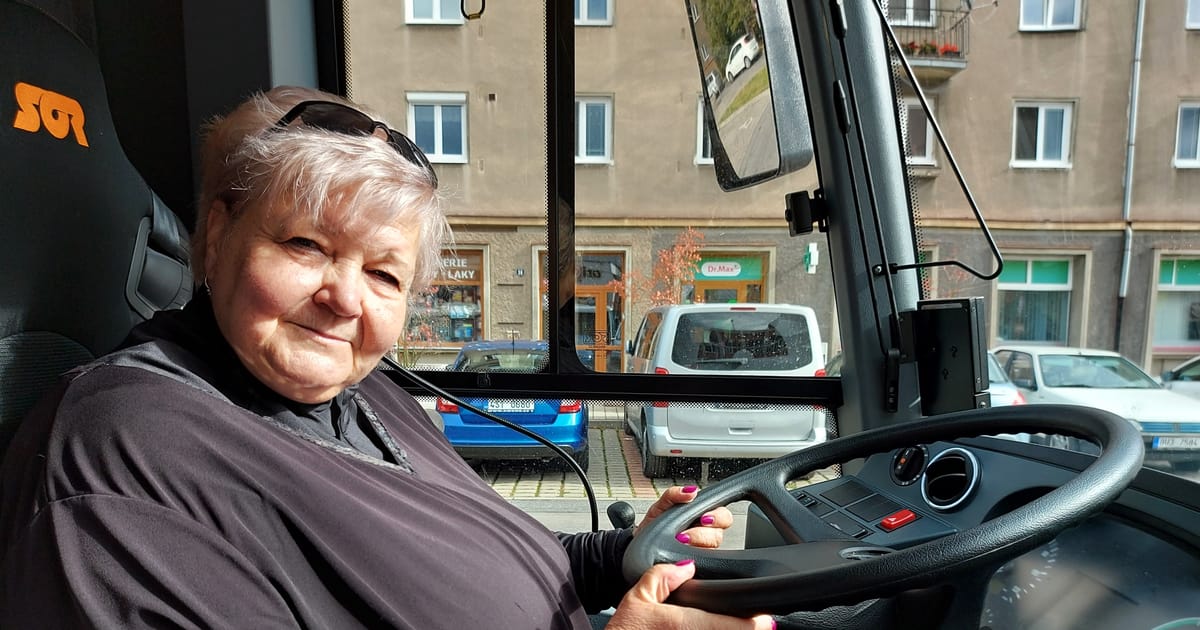

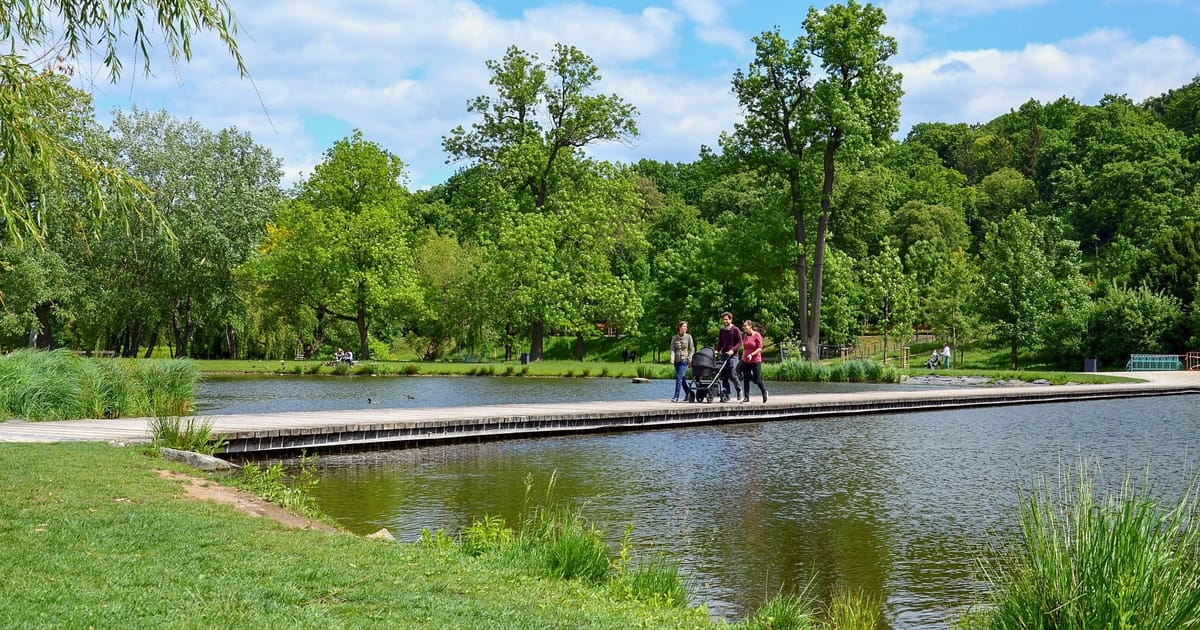
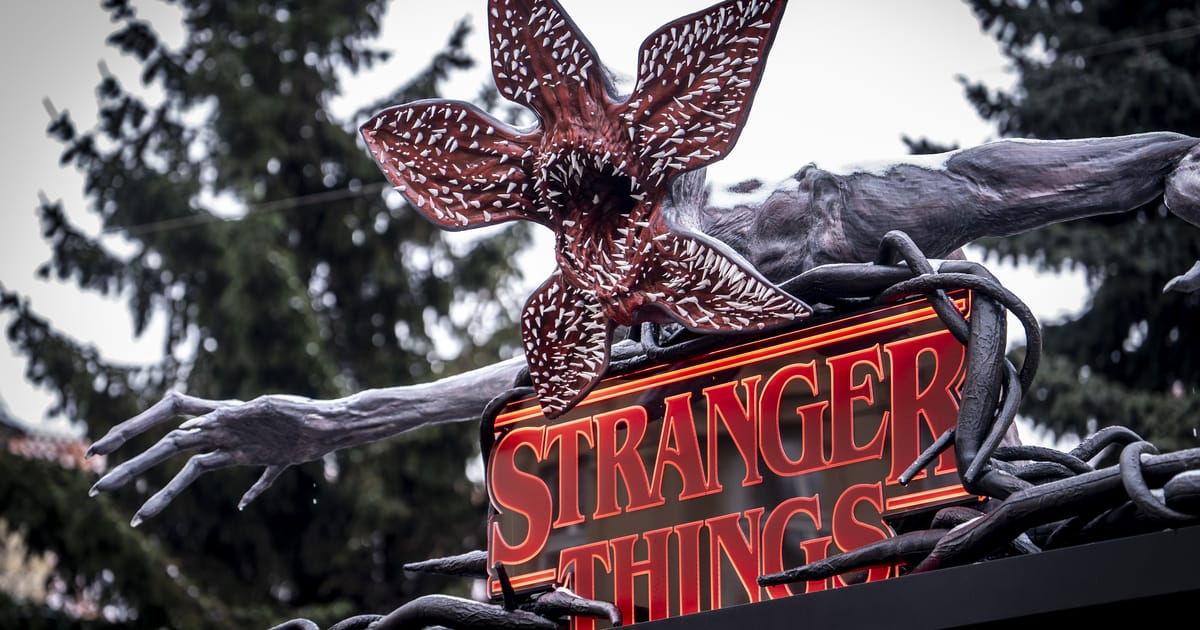
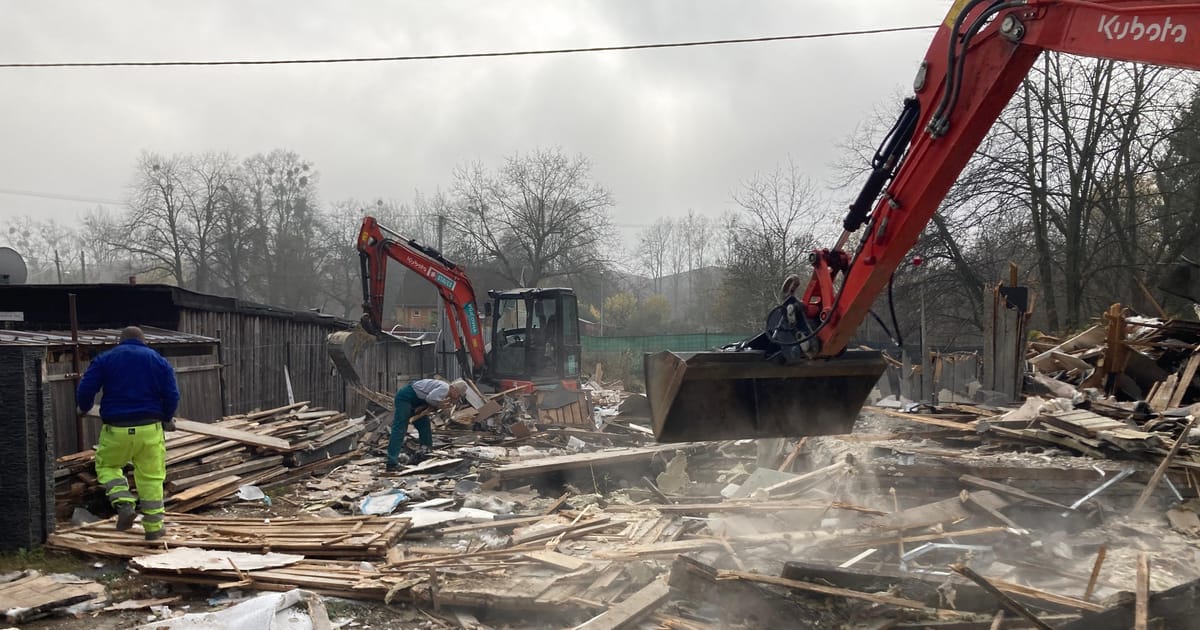
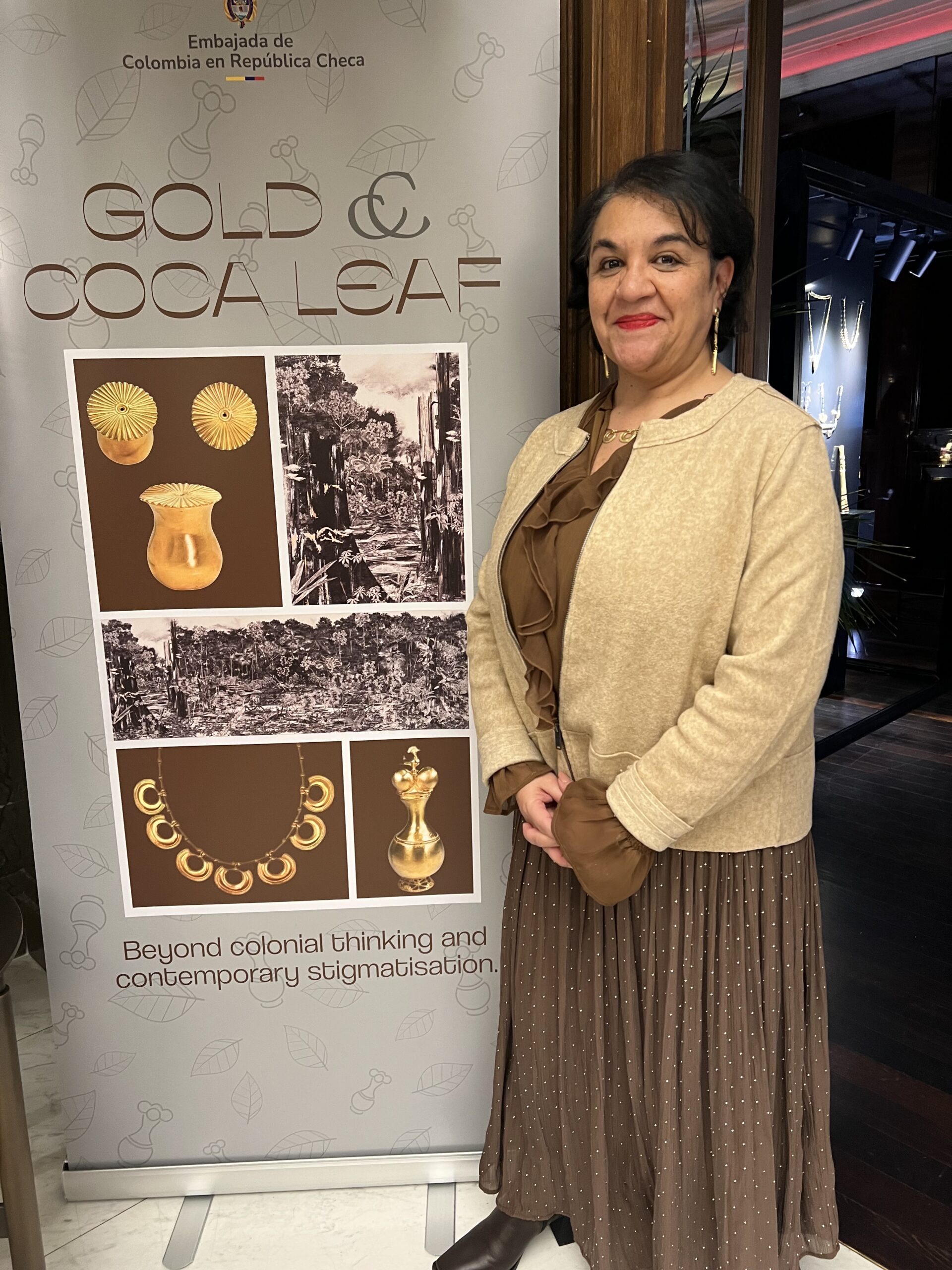



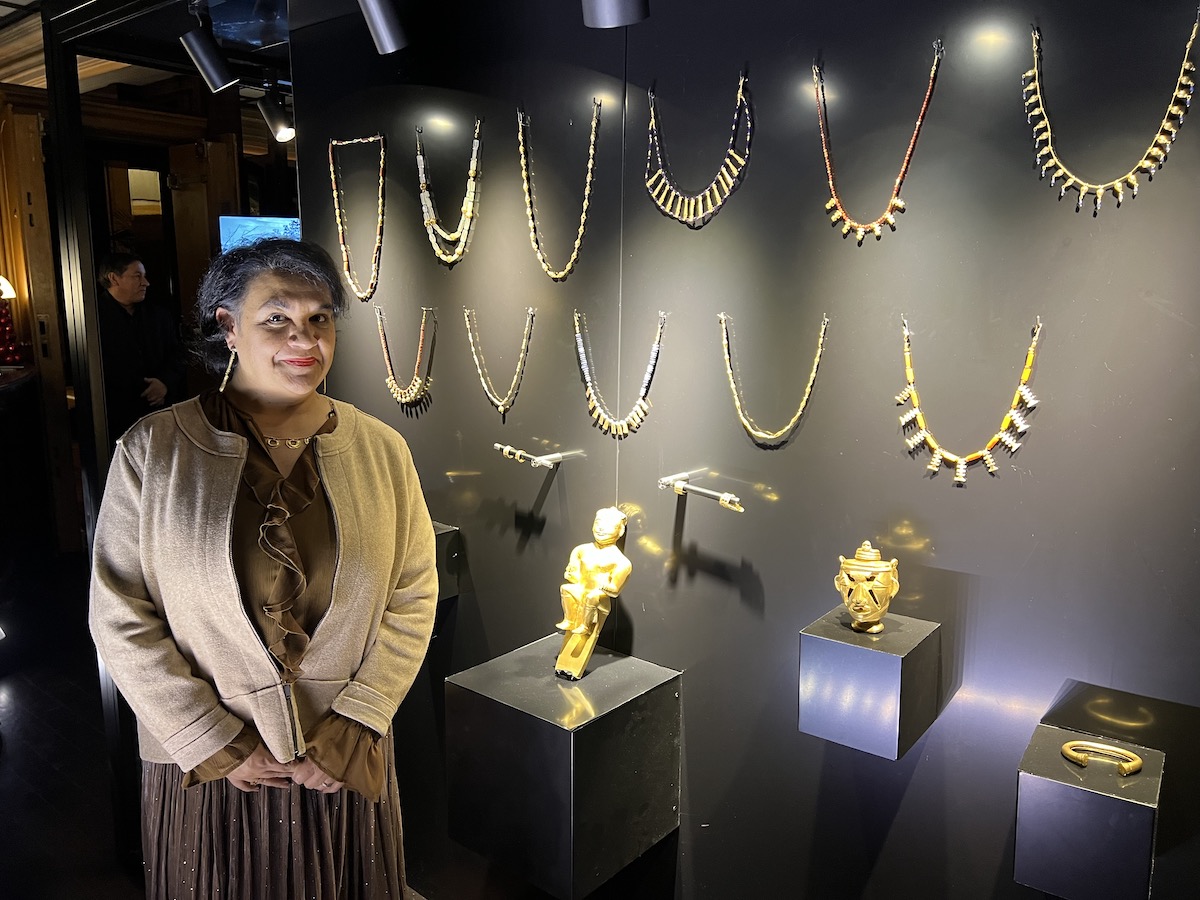
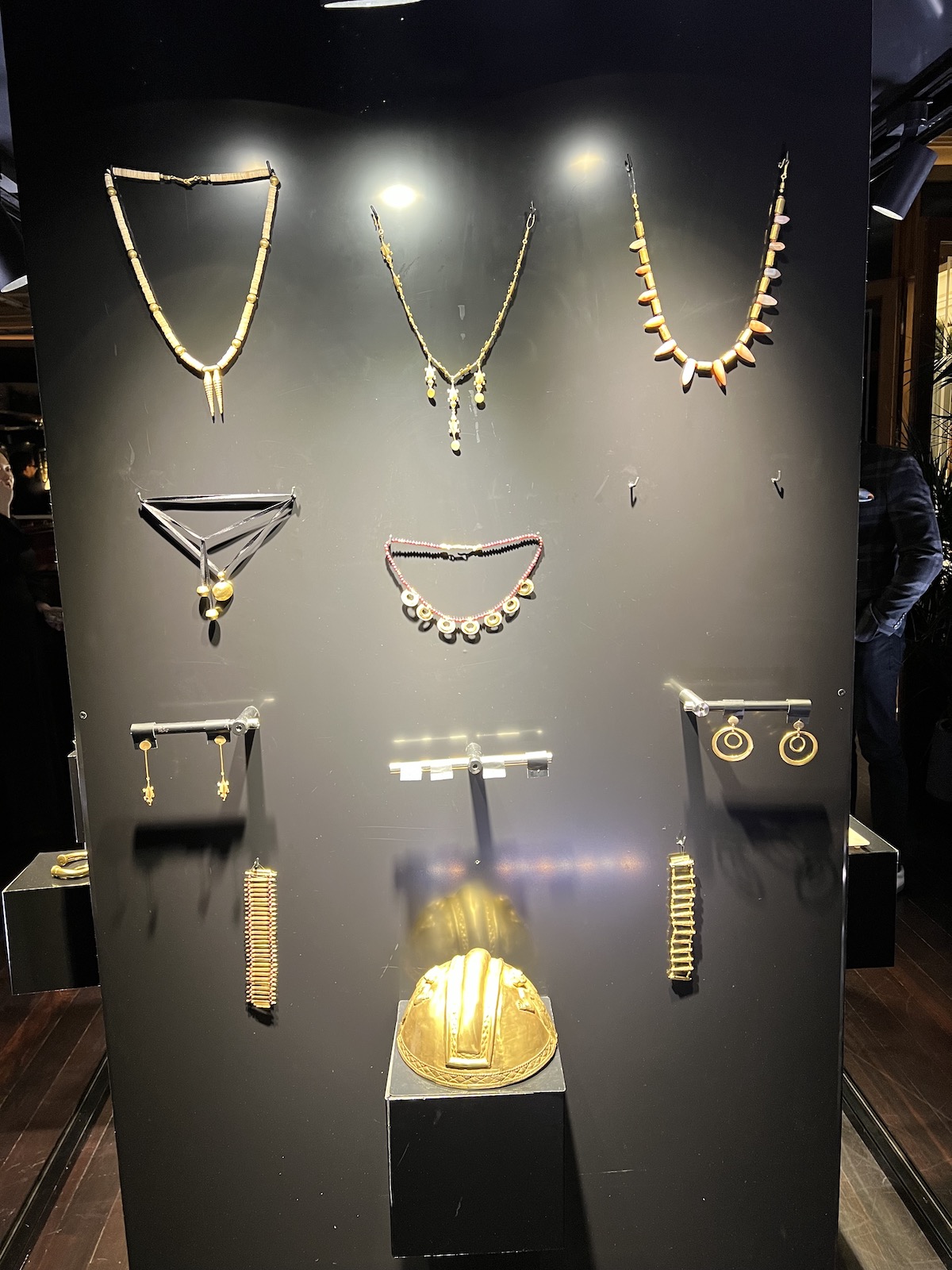
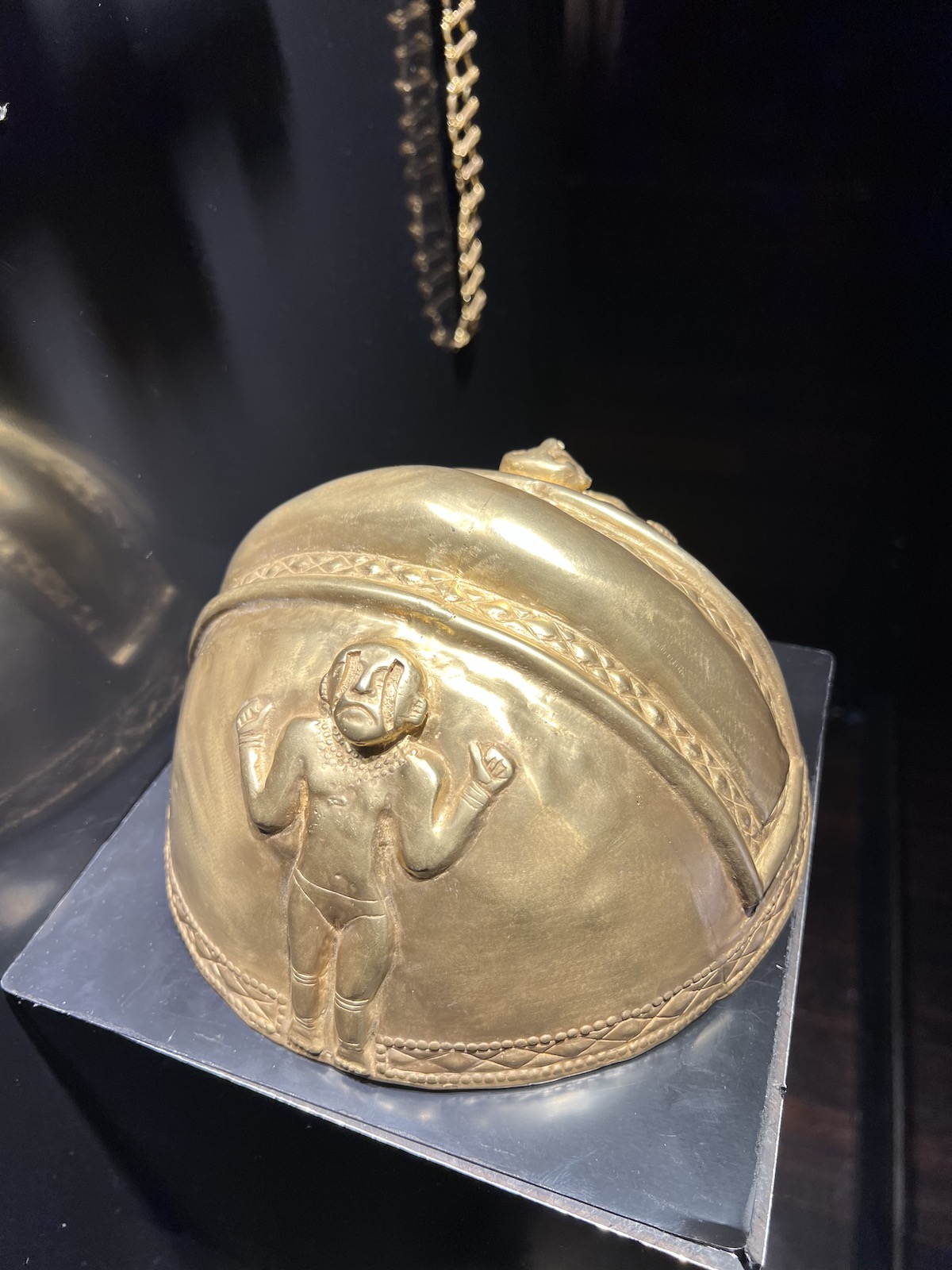
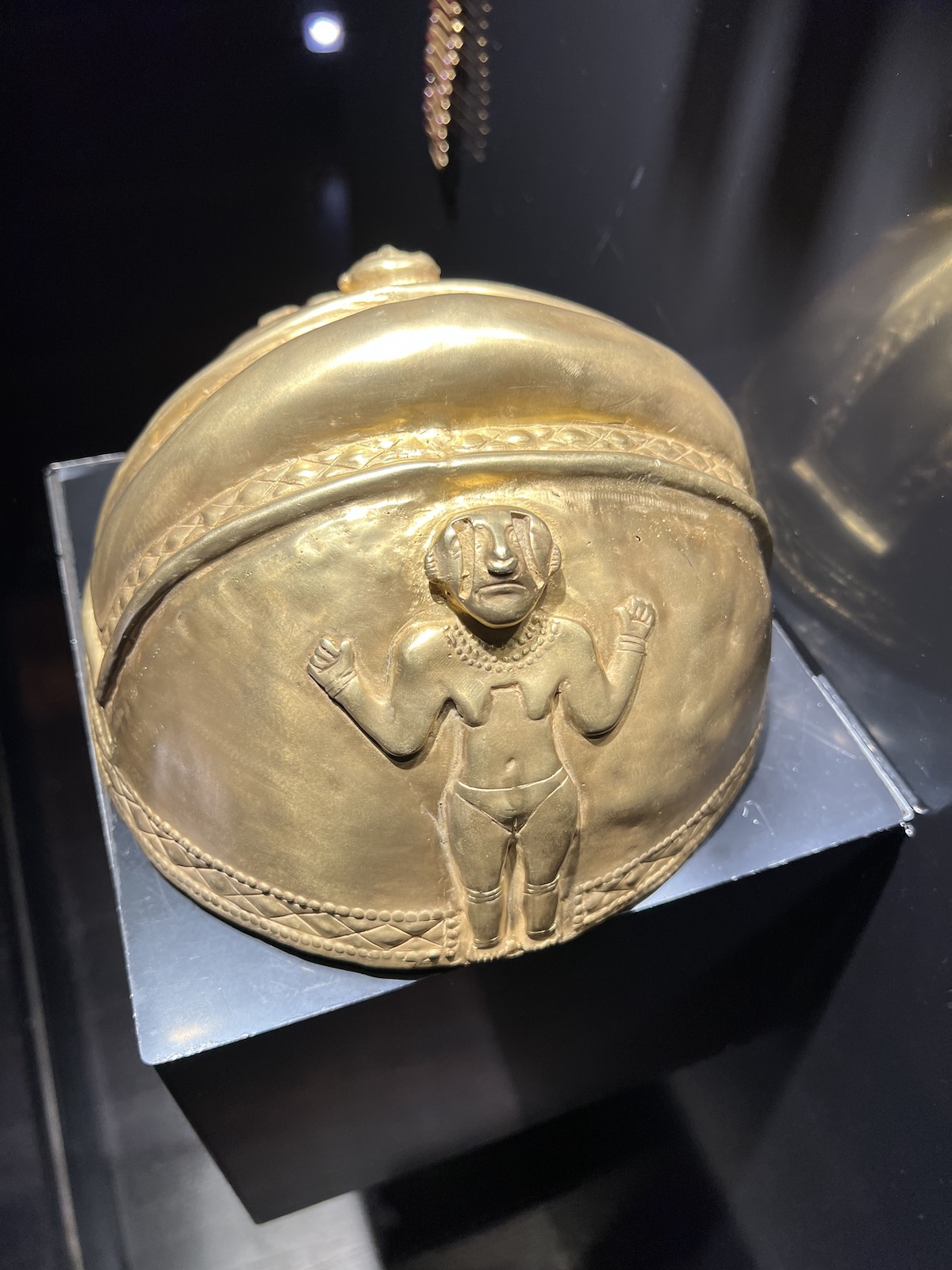
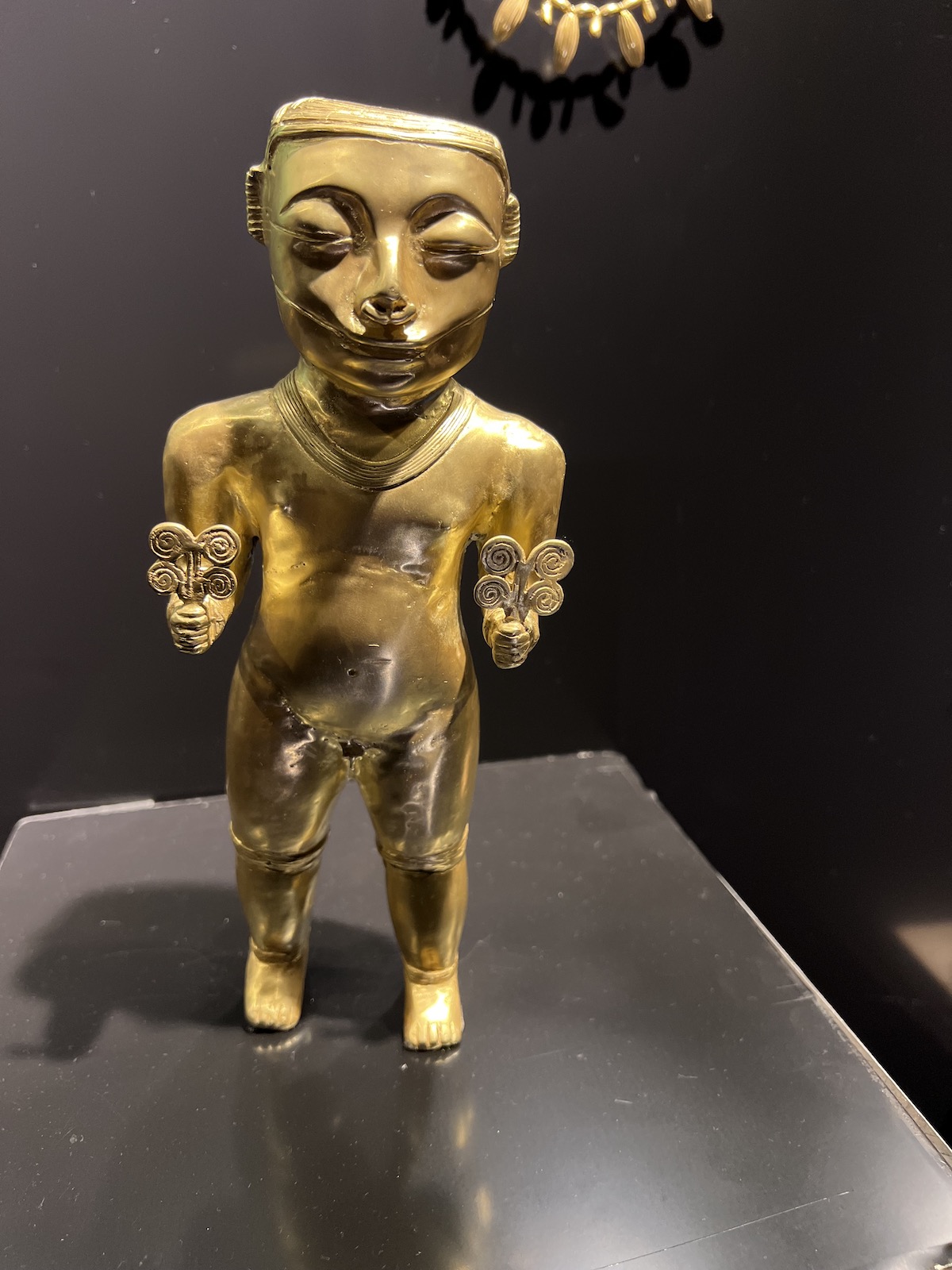
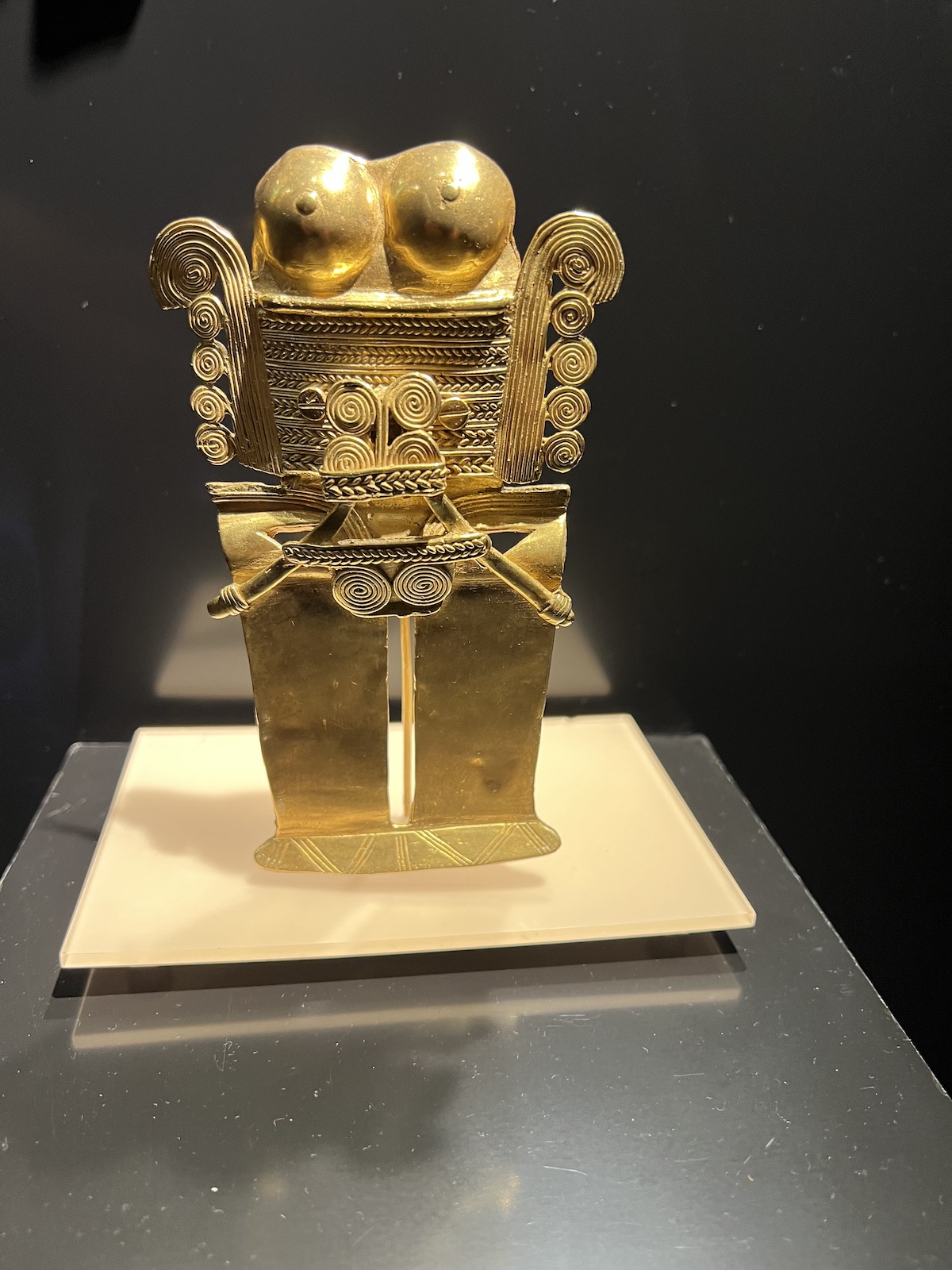
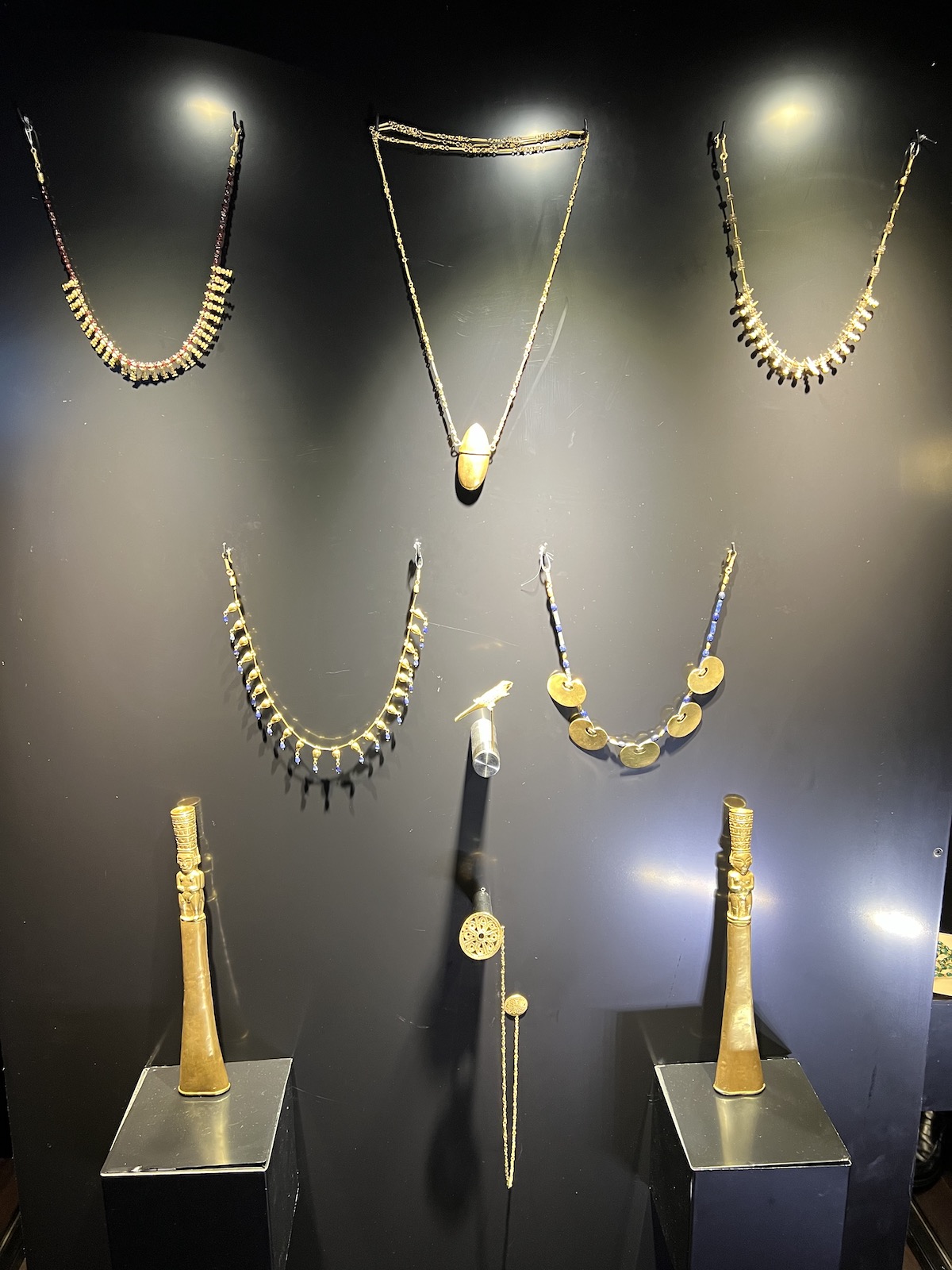











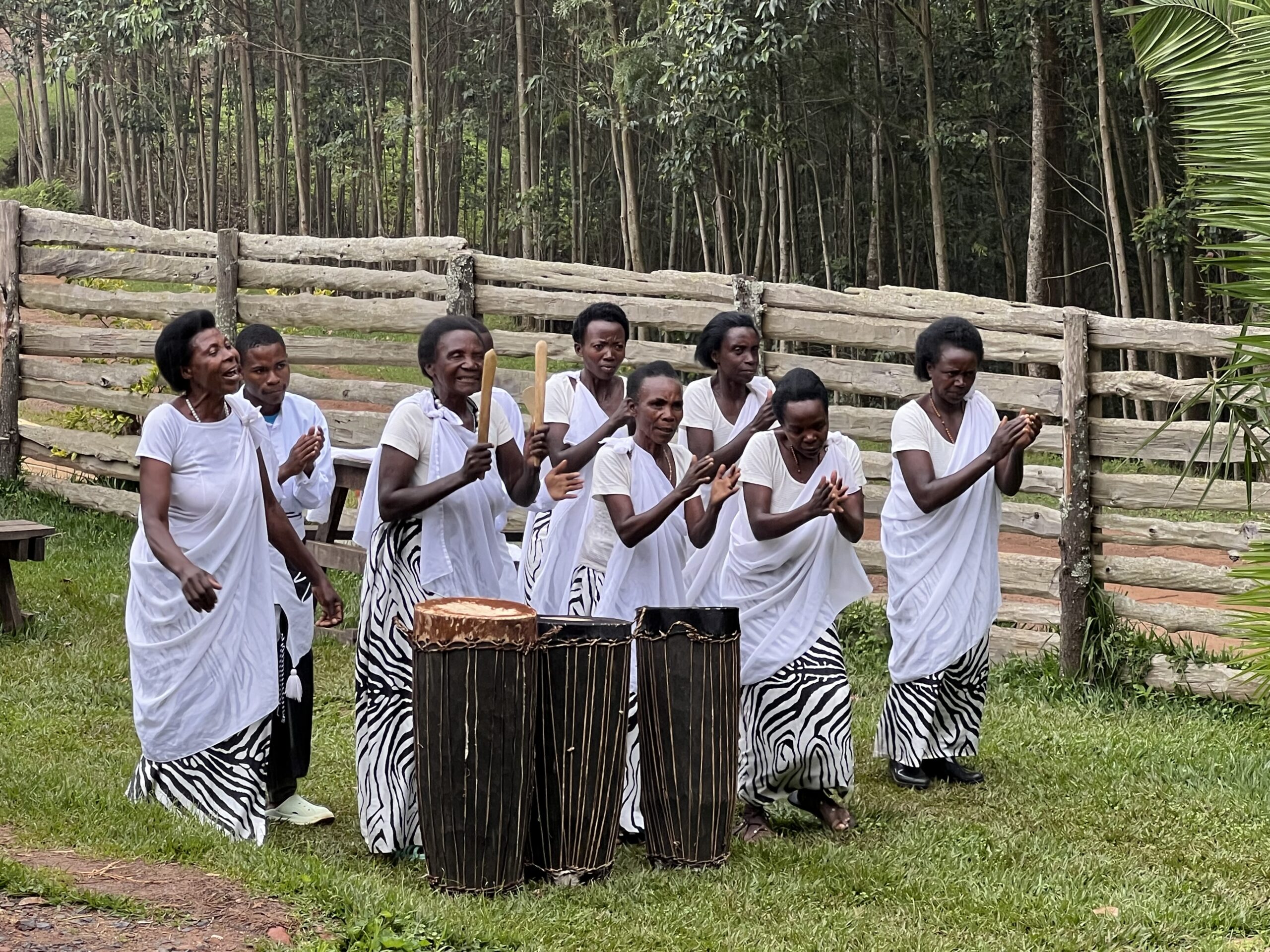
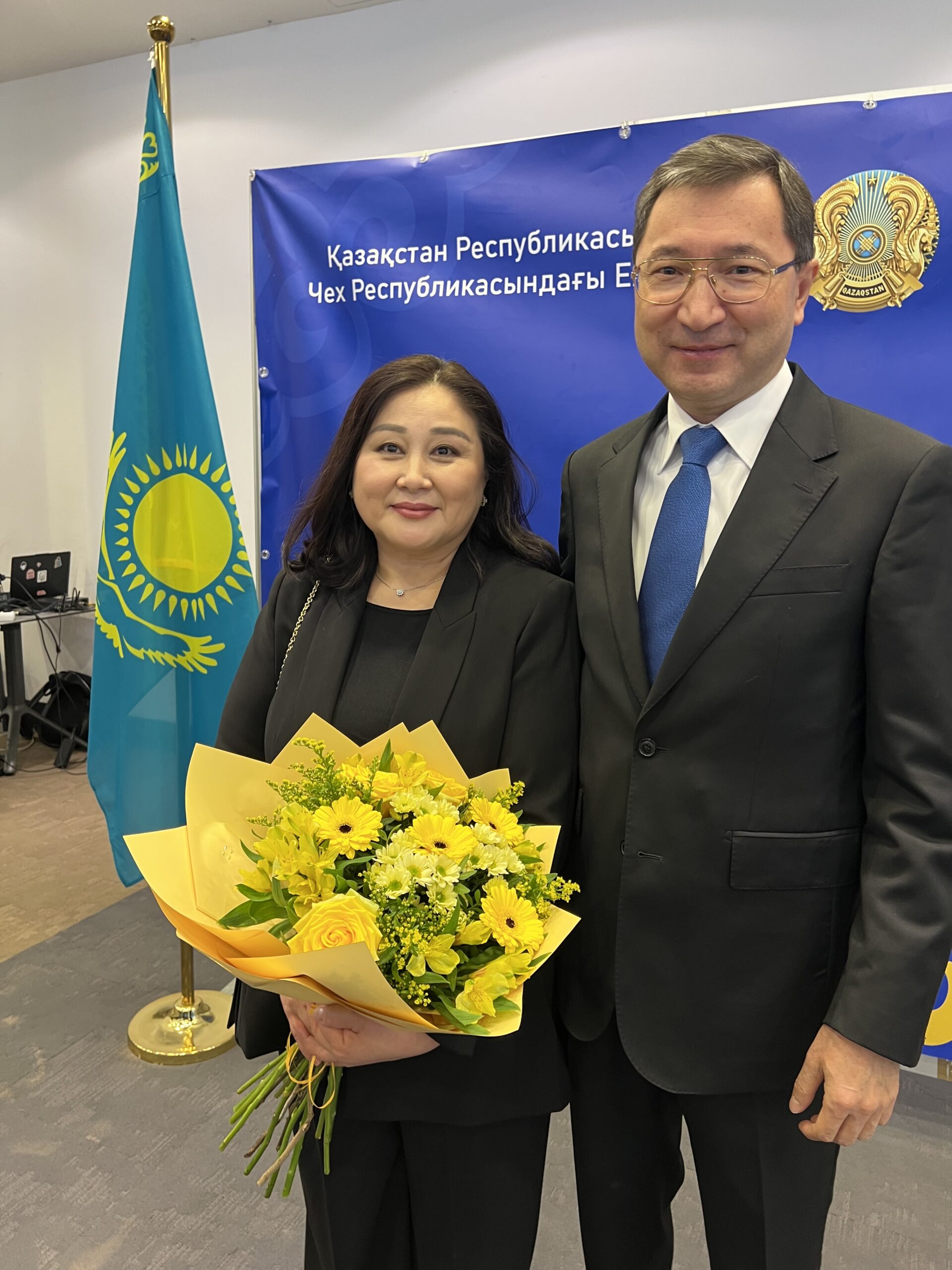
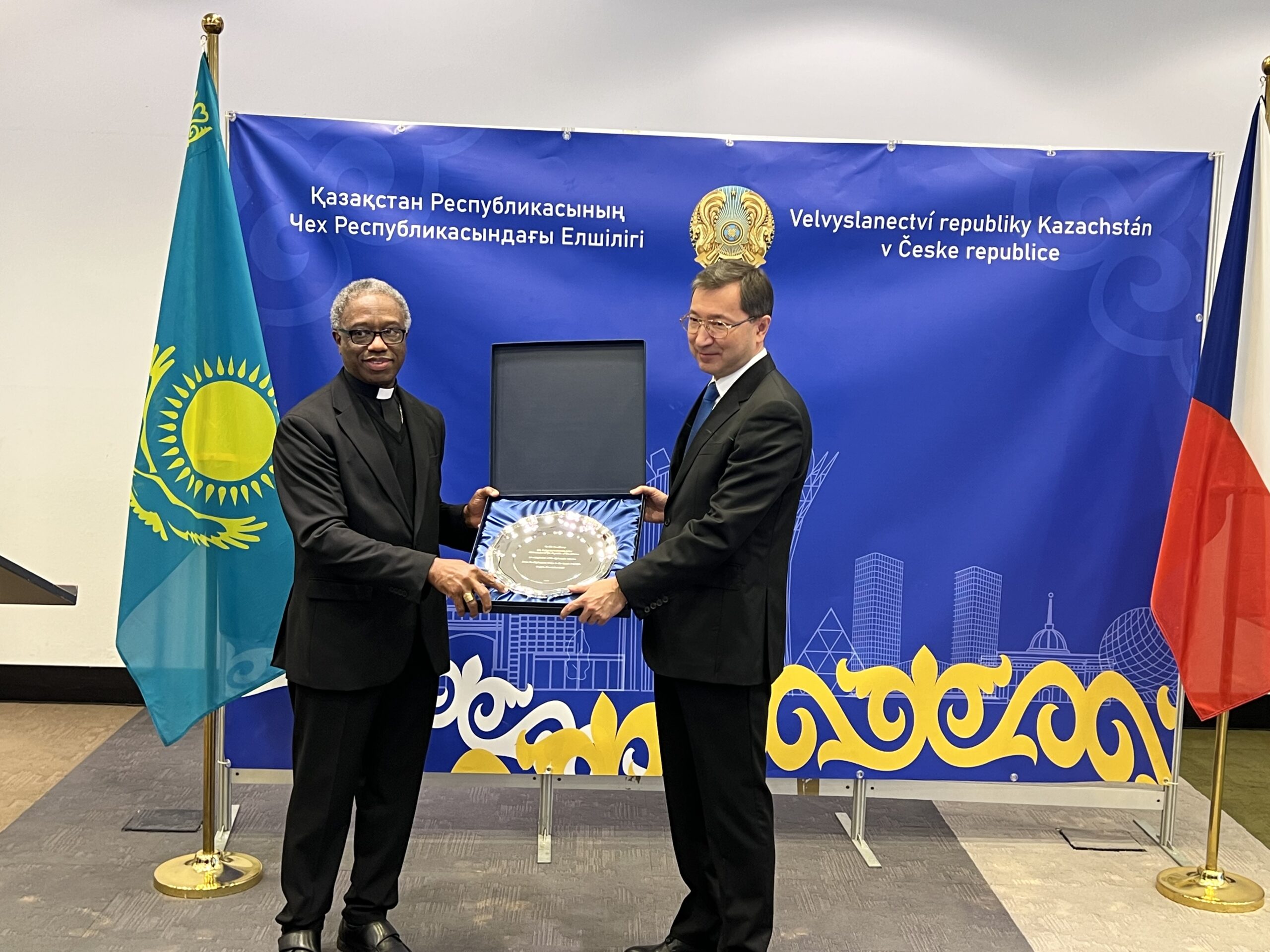
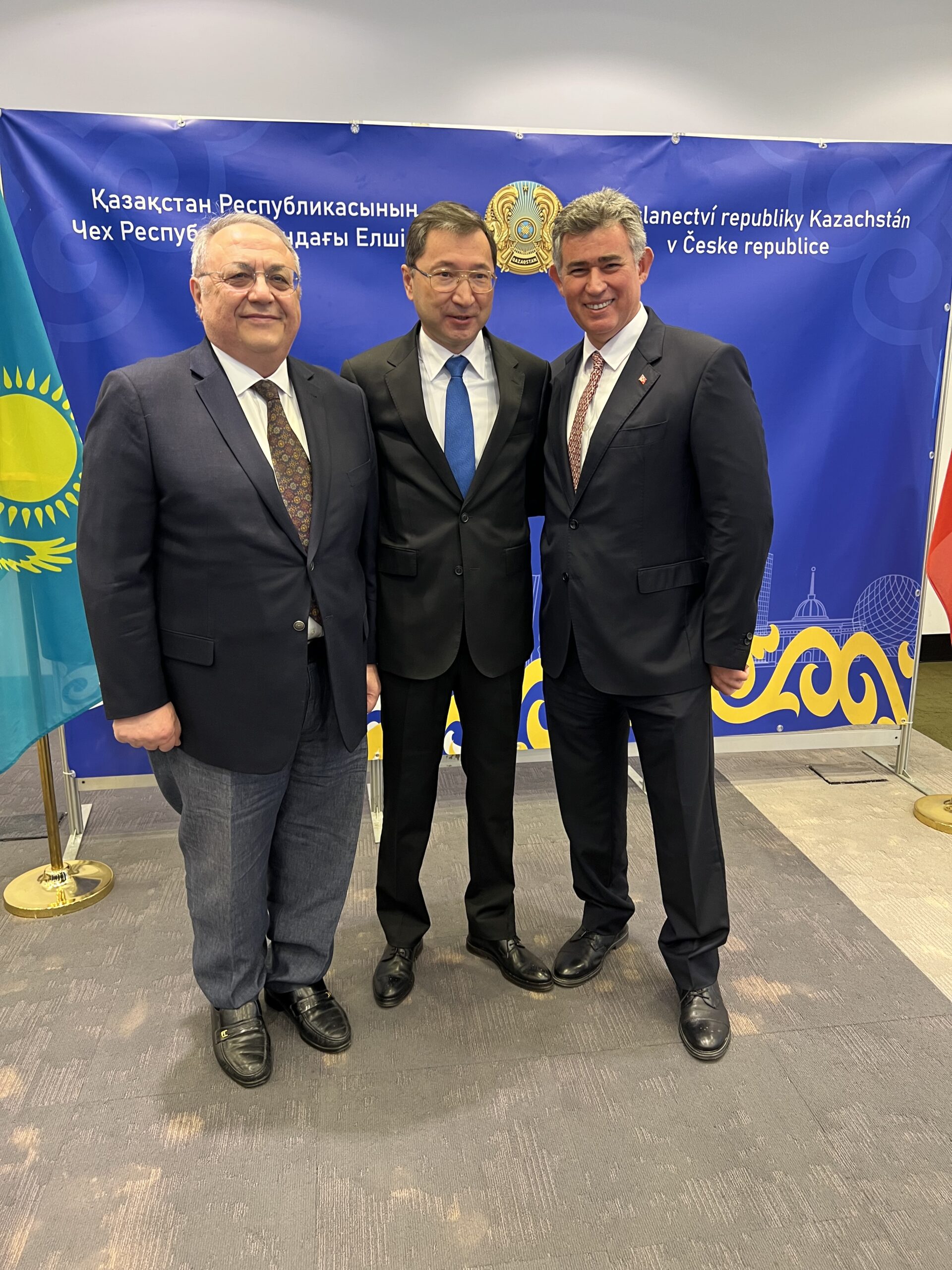
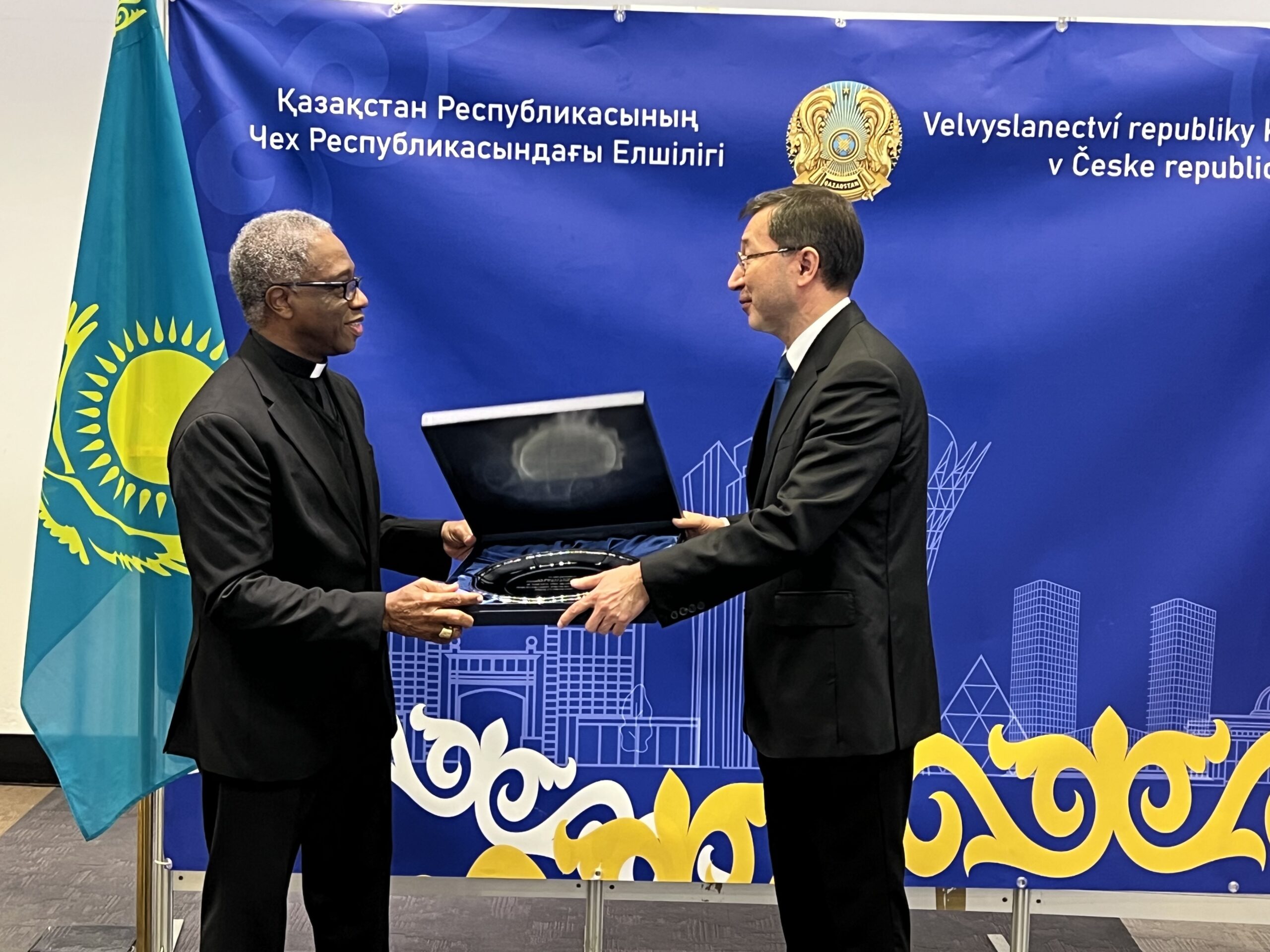
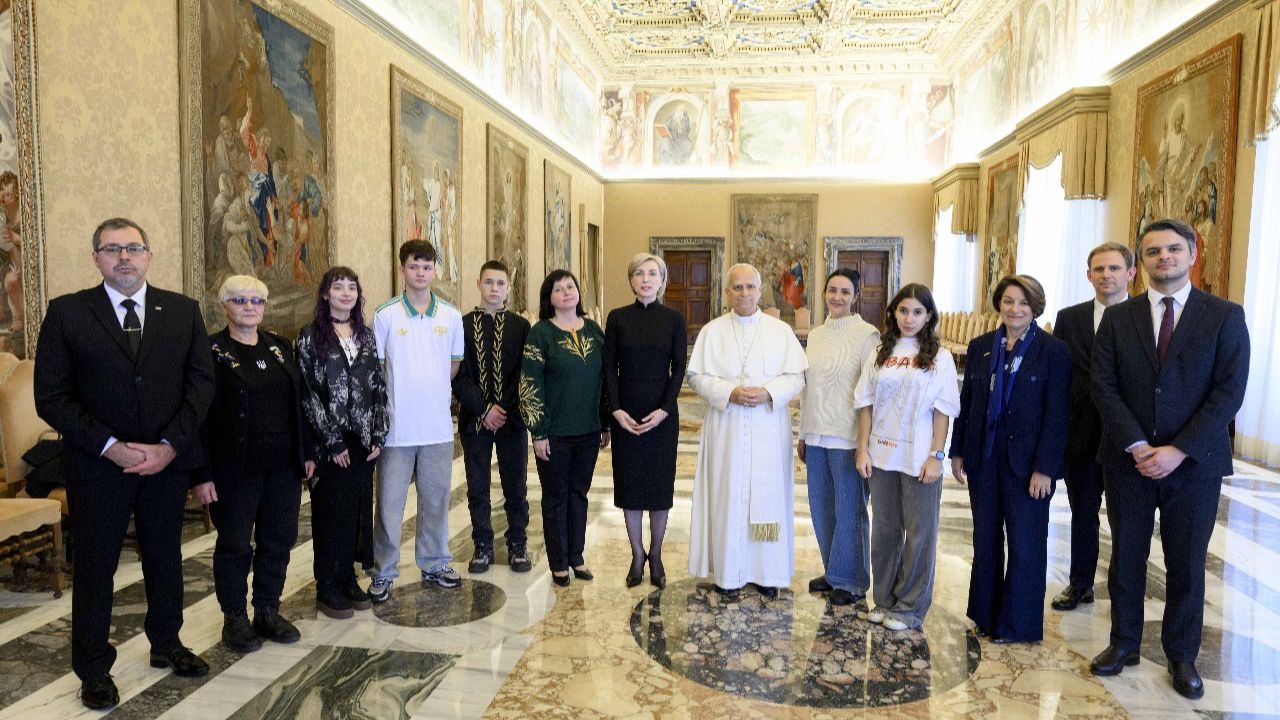
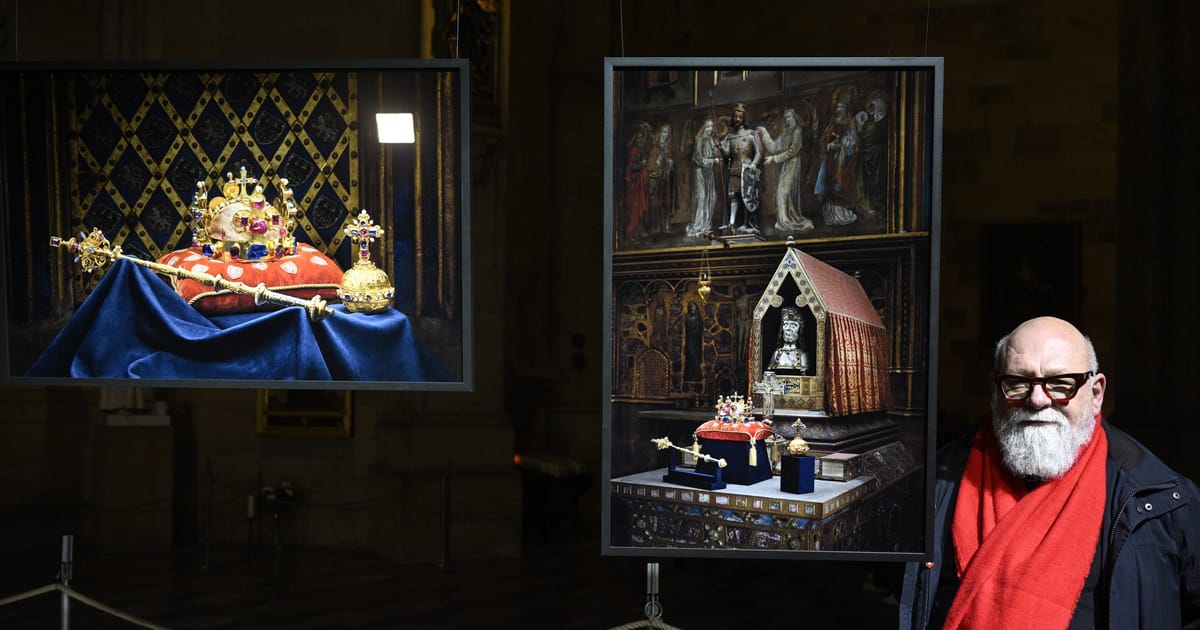
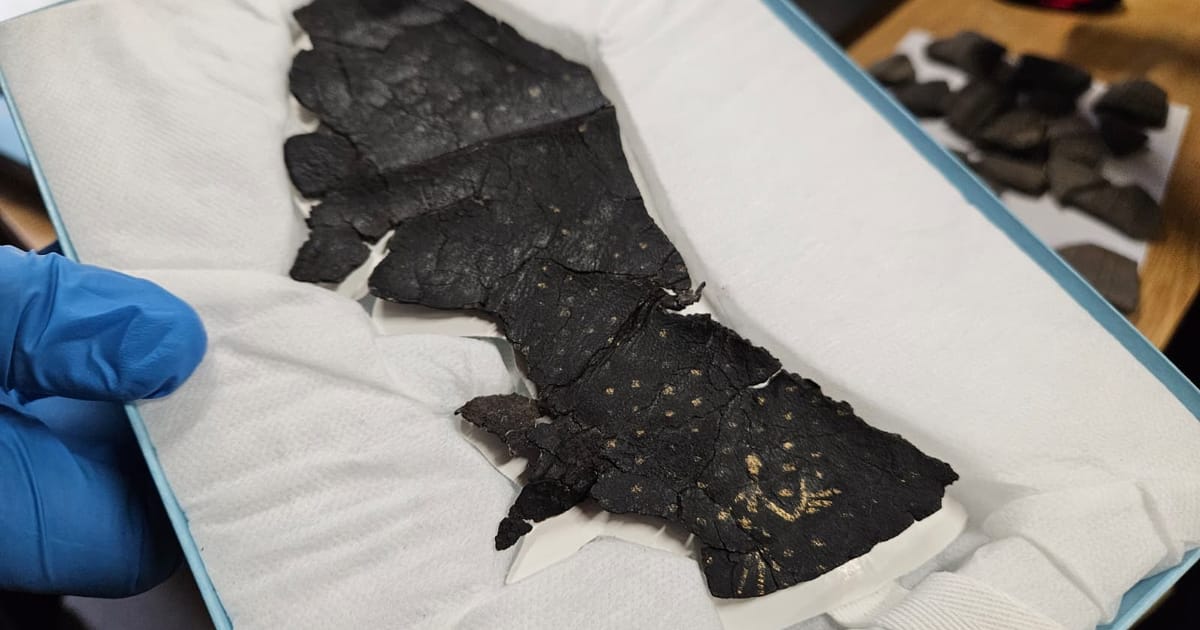
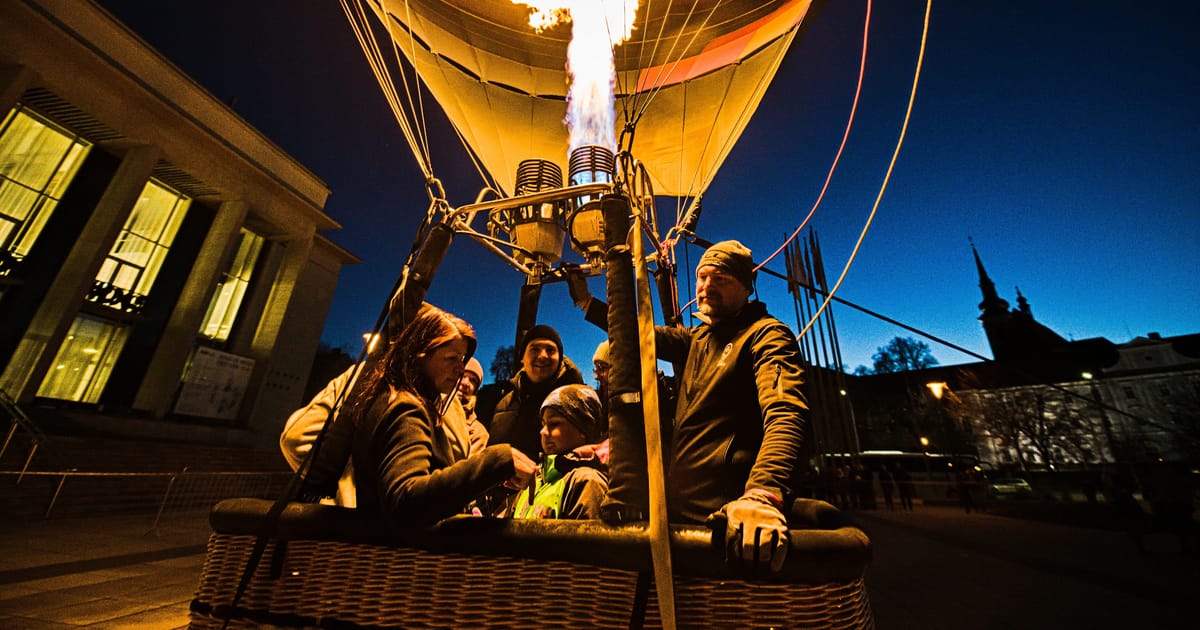

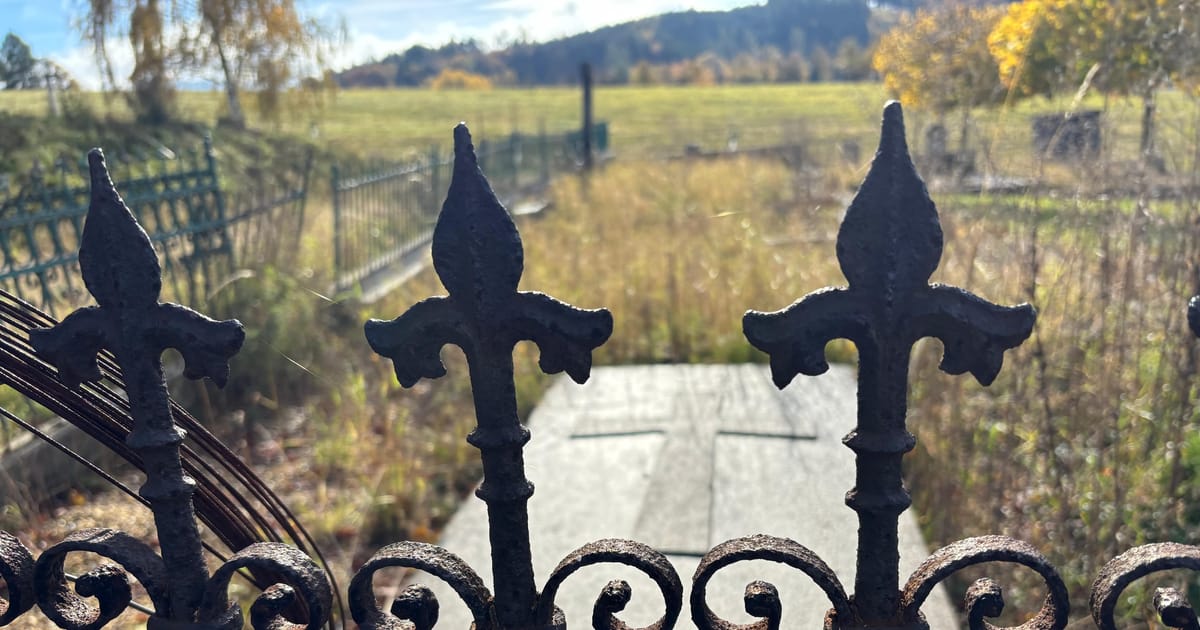

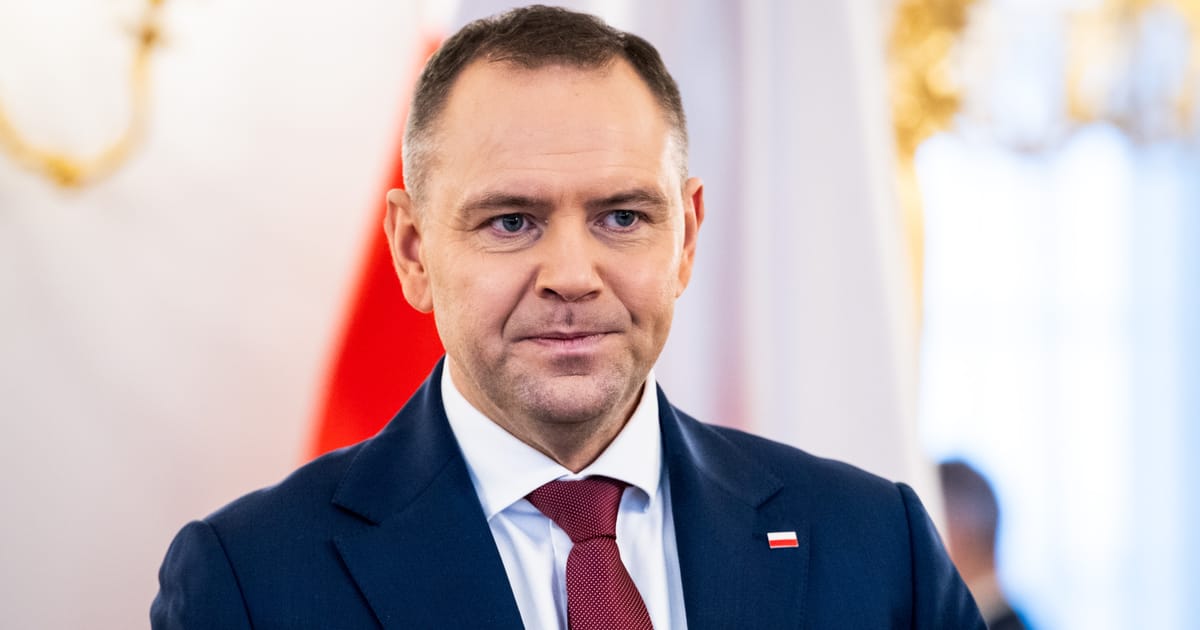
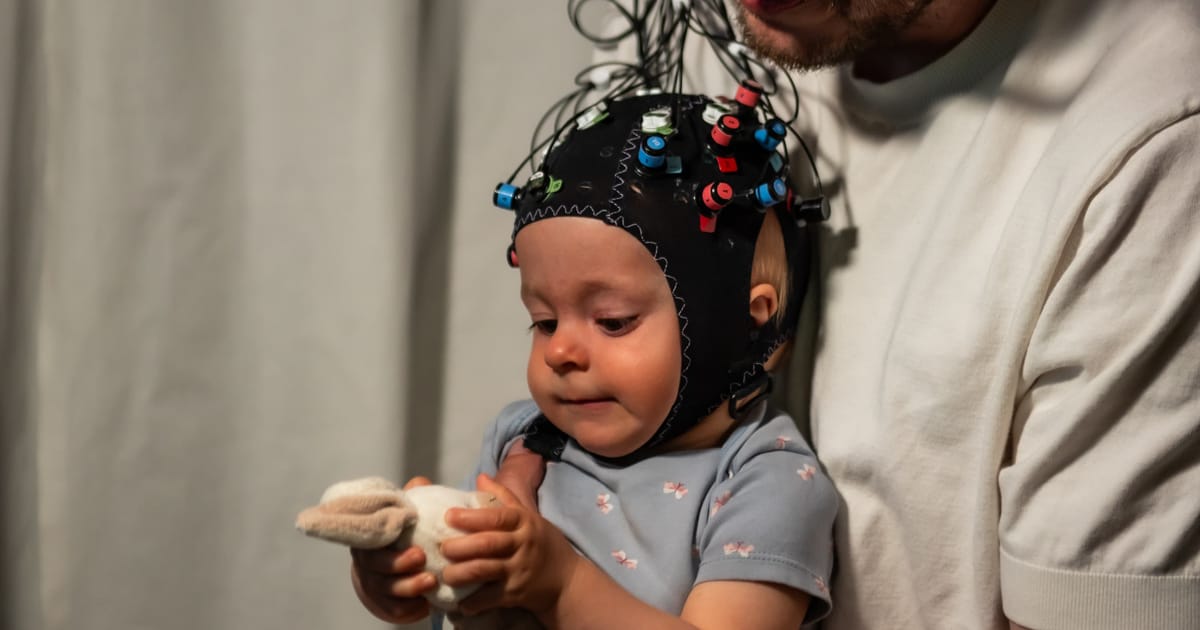

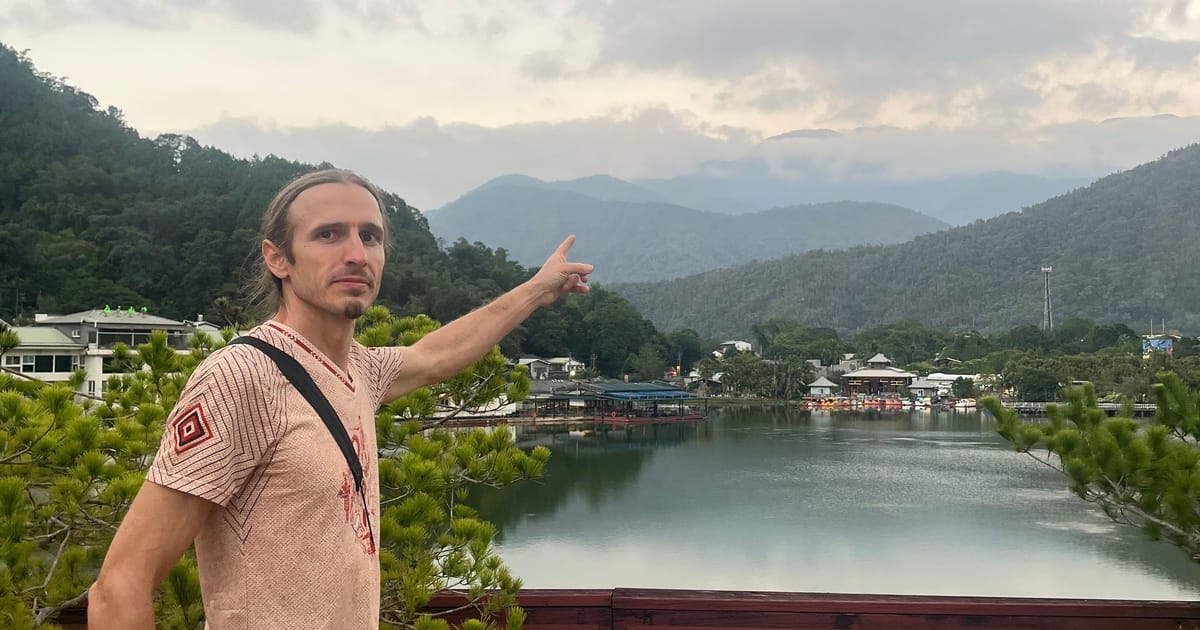
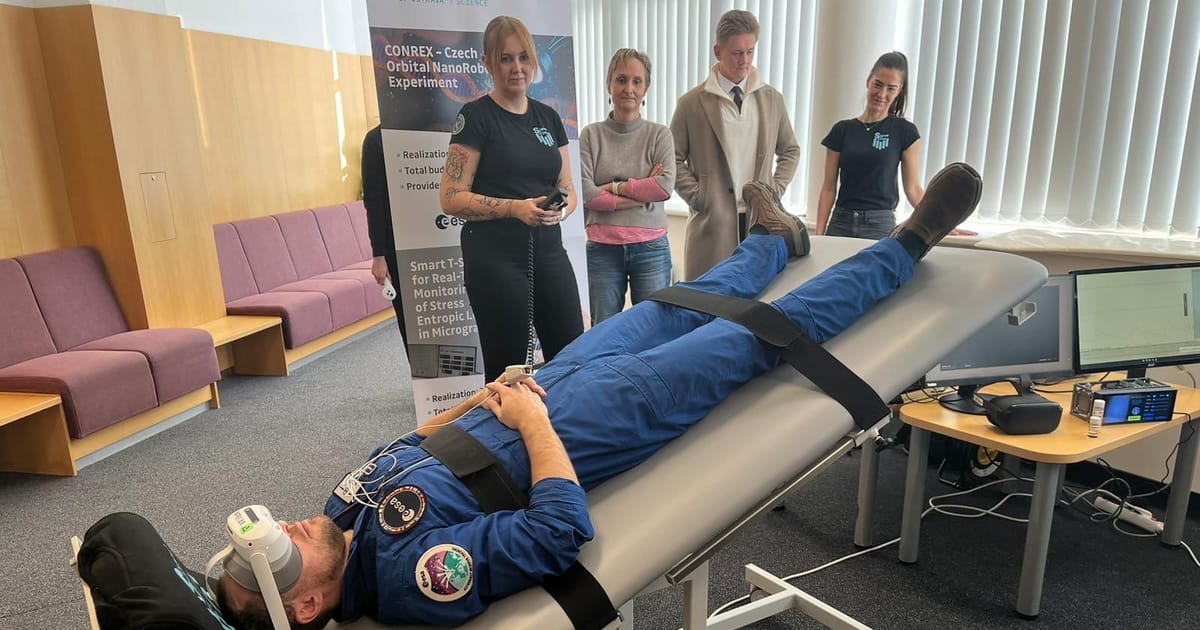

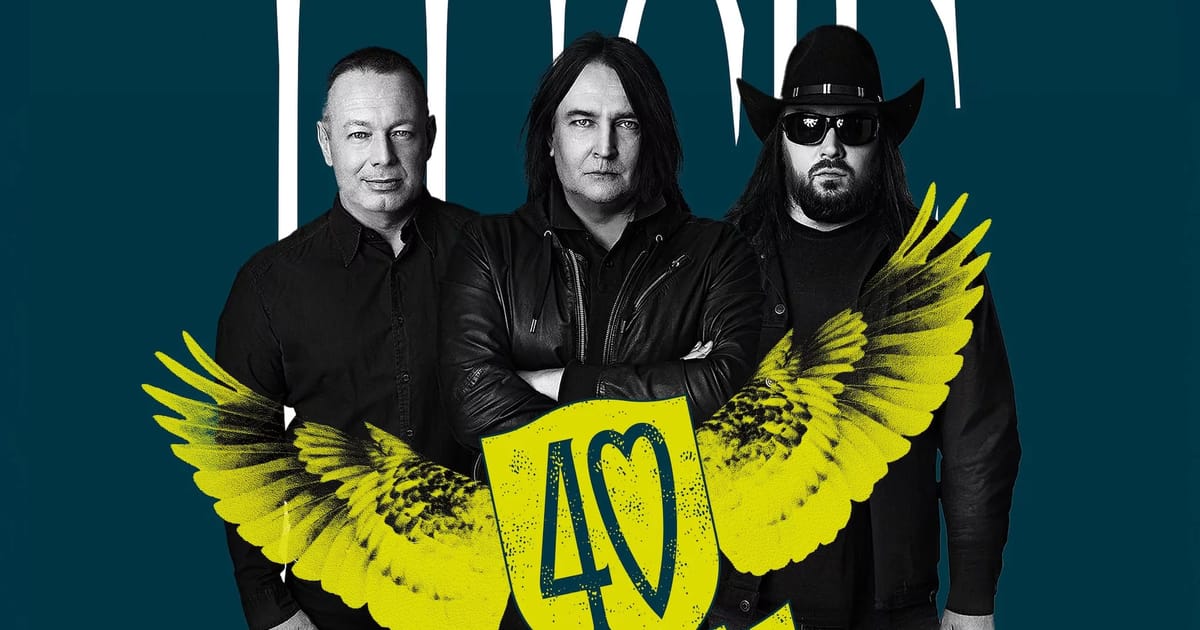
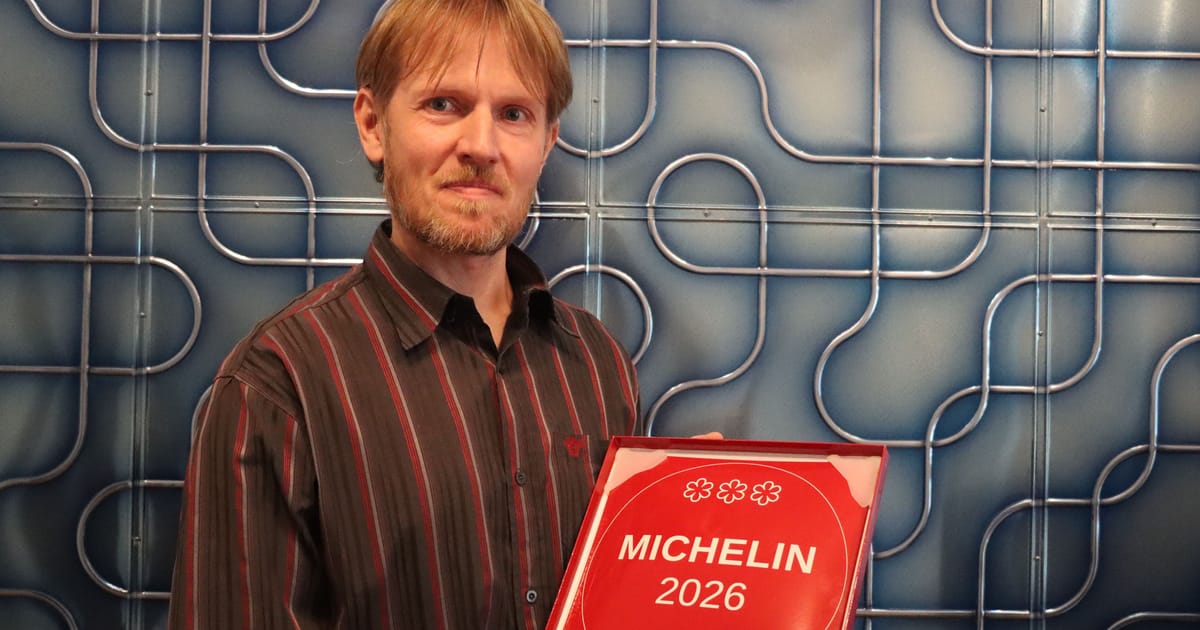
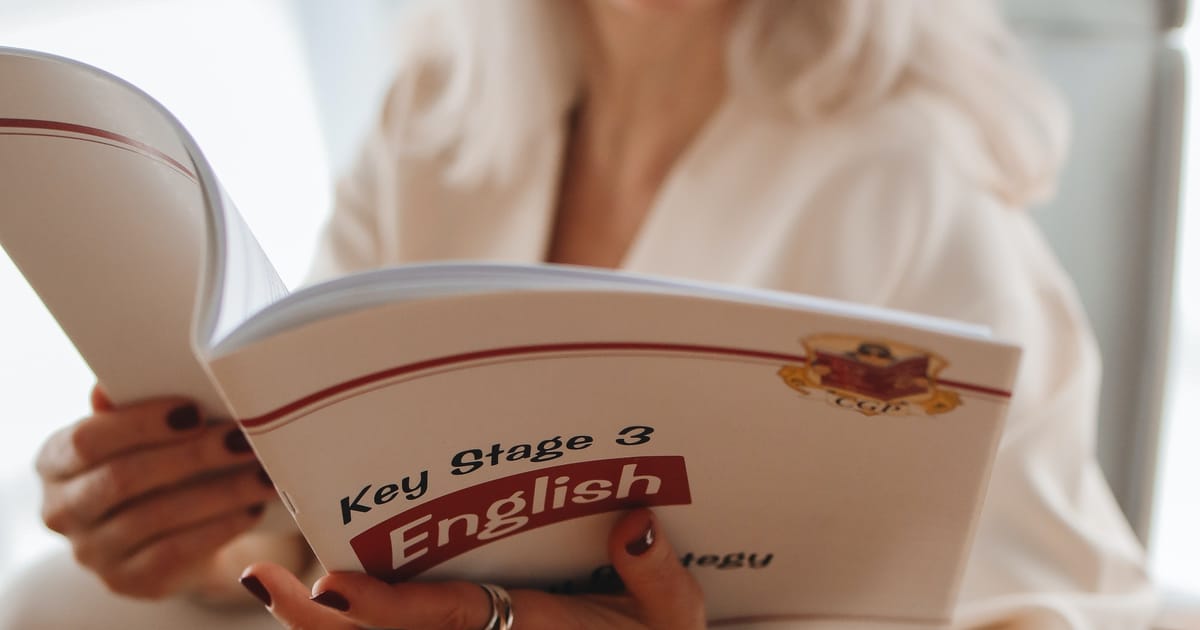
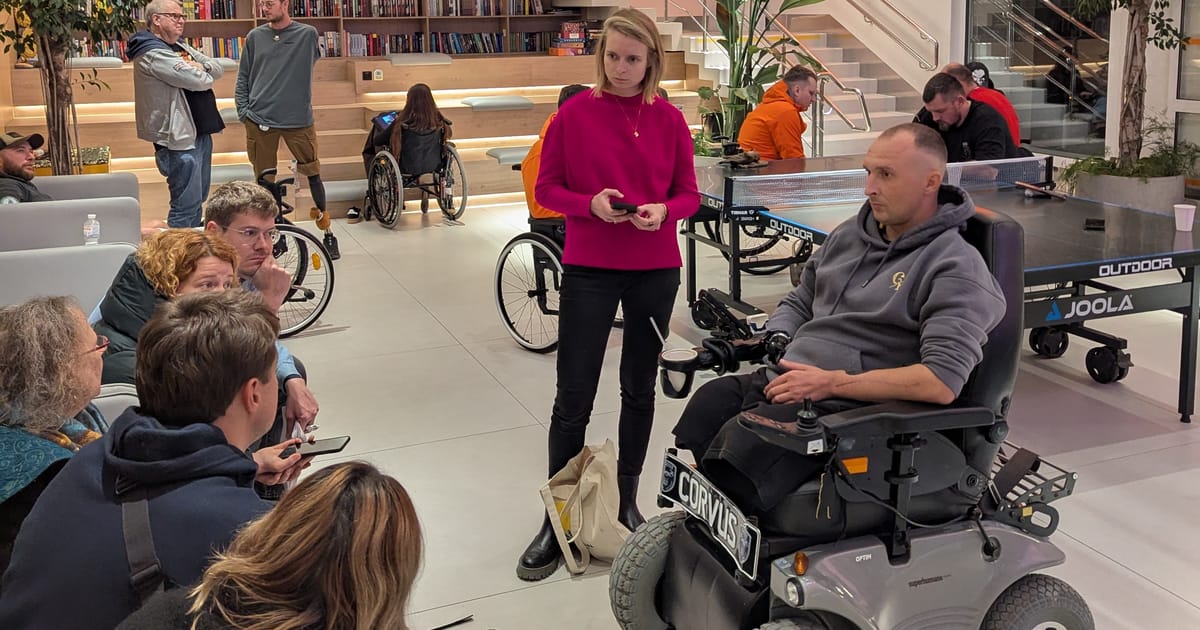
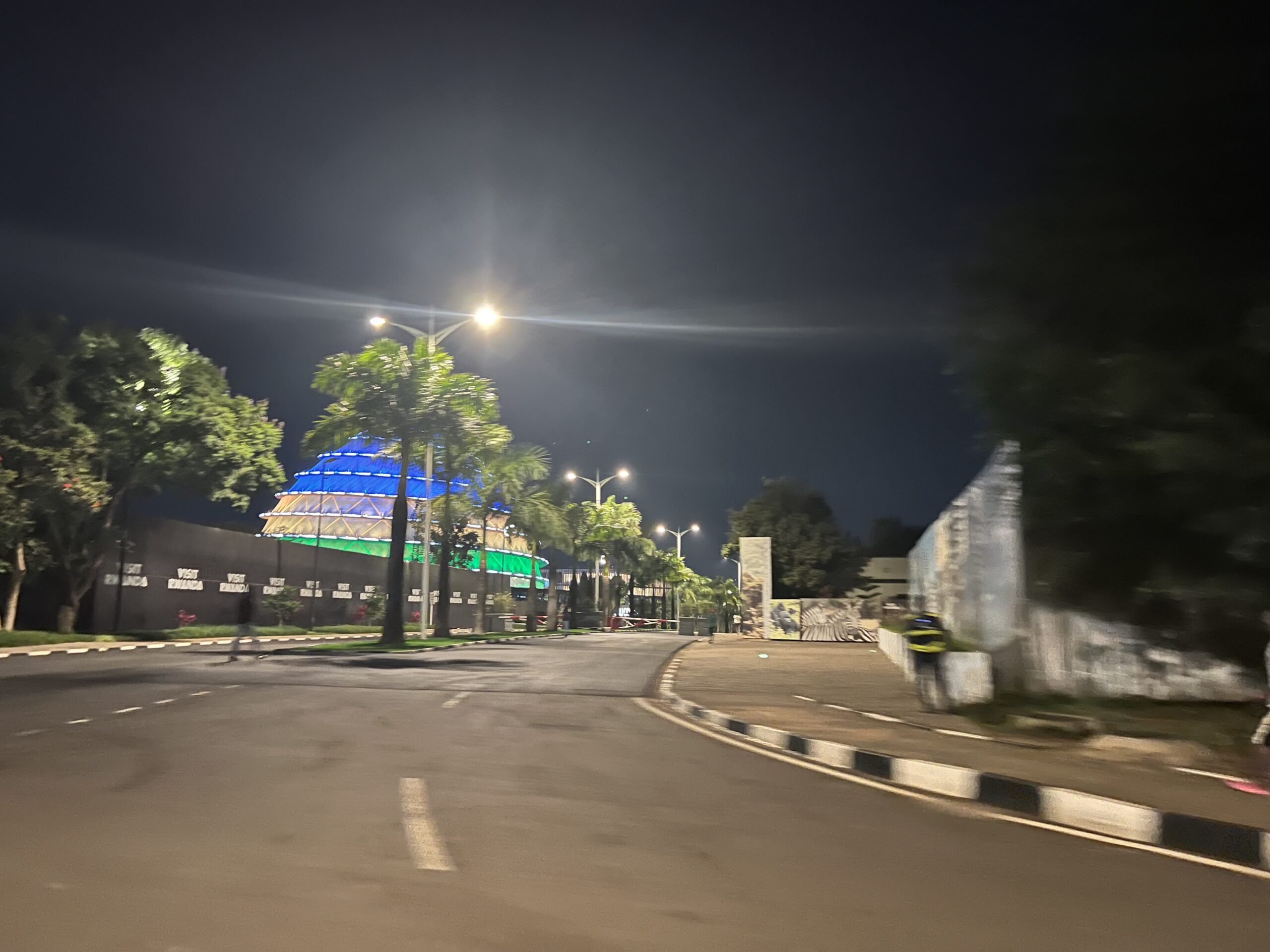
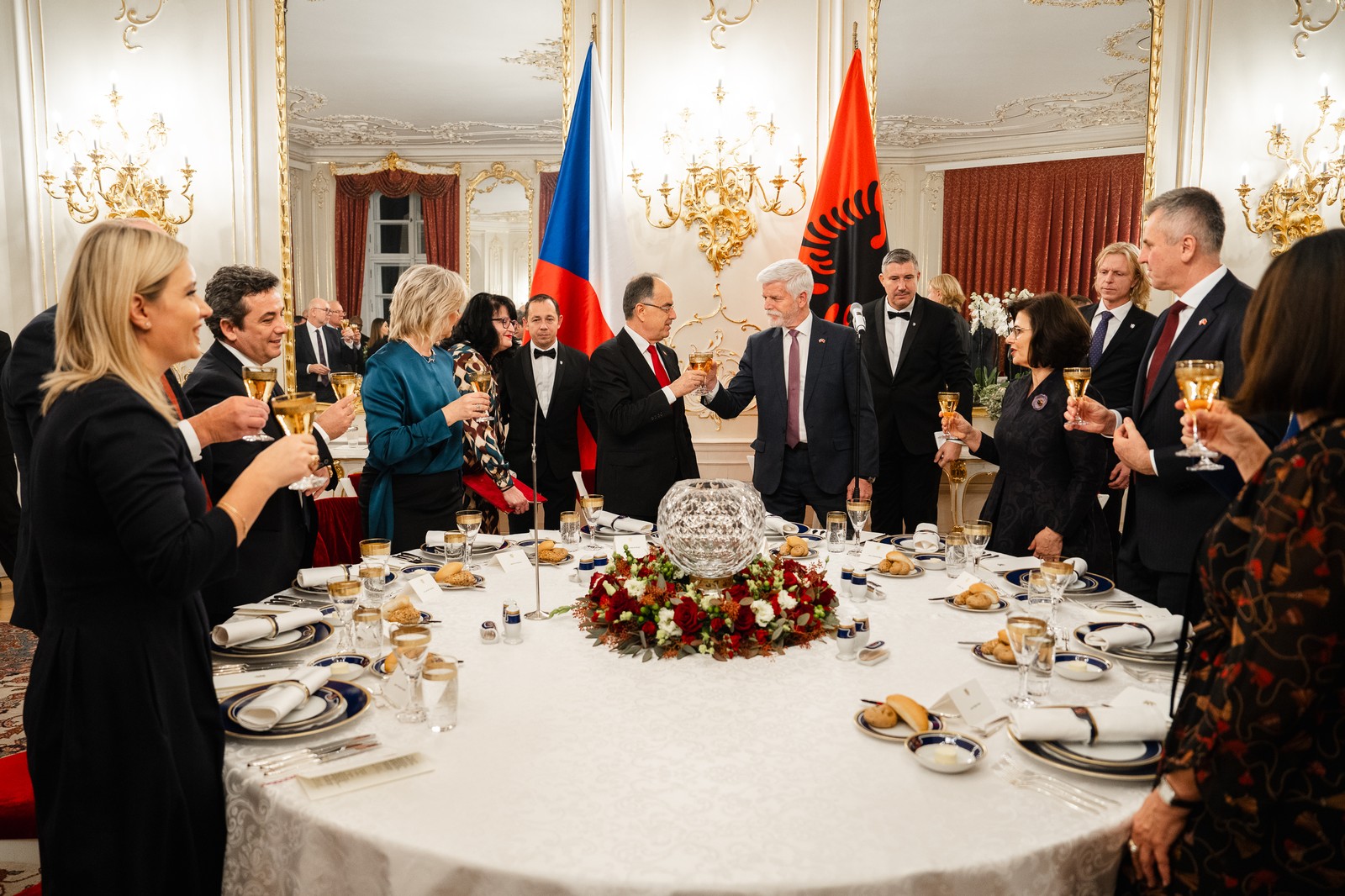 The President of the Republic, Petr Pavel, and Mrs. Eva Pavlová welcomed the President of the Republic of Albania, Bajram Begaj, and his wife, Armanda Begajová, to Prague Castle on Wednesday, November 19, 2025. The statesmen discussed mutual relations between the two countries, Albania’s accession process to the European Union, and cooperation within NATO.
The President of the Republic, Petr Pavel, and Mrs. Eva Pavlová welcomed the President of the Republic of Albania, Bajram Begaj, and his wife, Armanda Begajová, to Prague Castle on Wednesday, November 19, 2025. The statesmen discussed mutual relations between the two countries, Albania’s accession process to the European Union, and cooperation within NATO.
